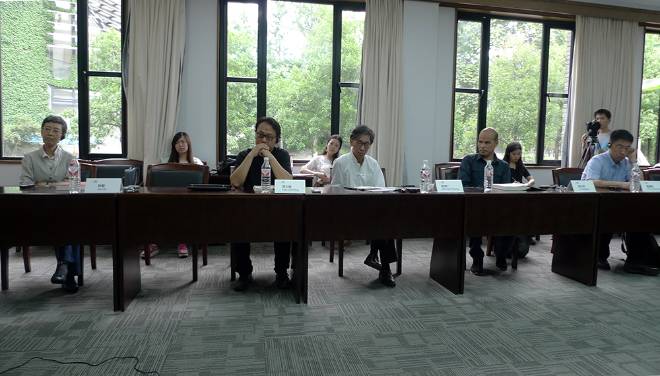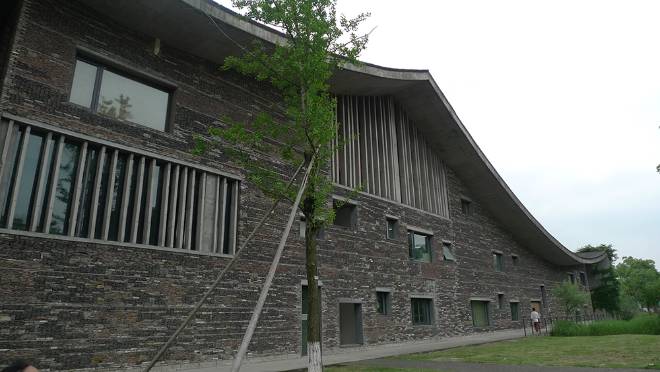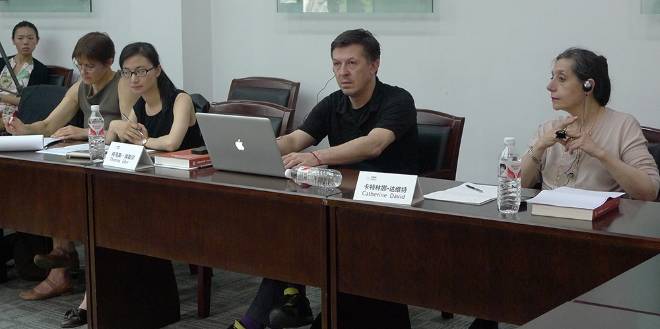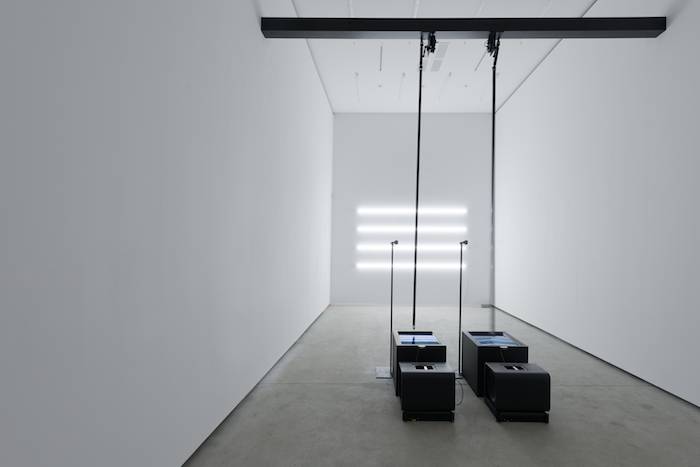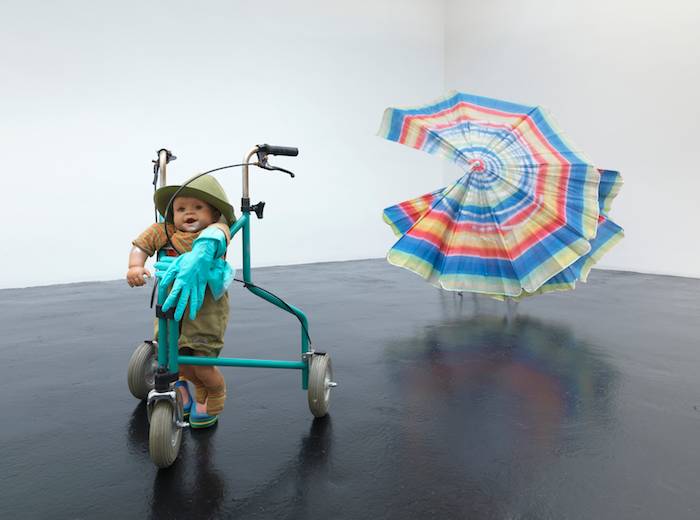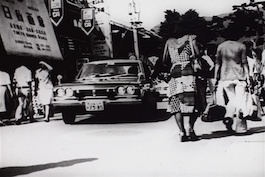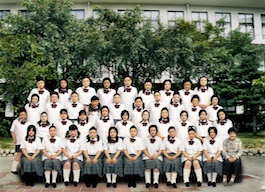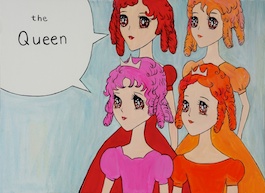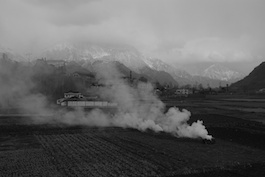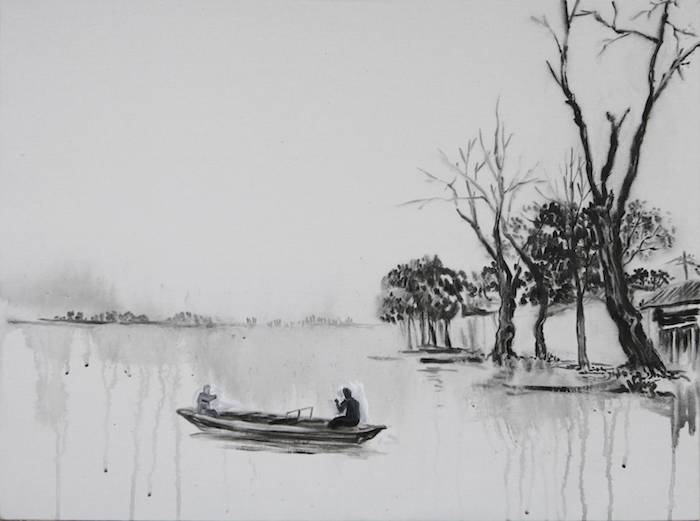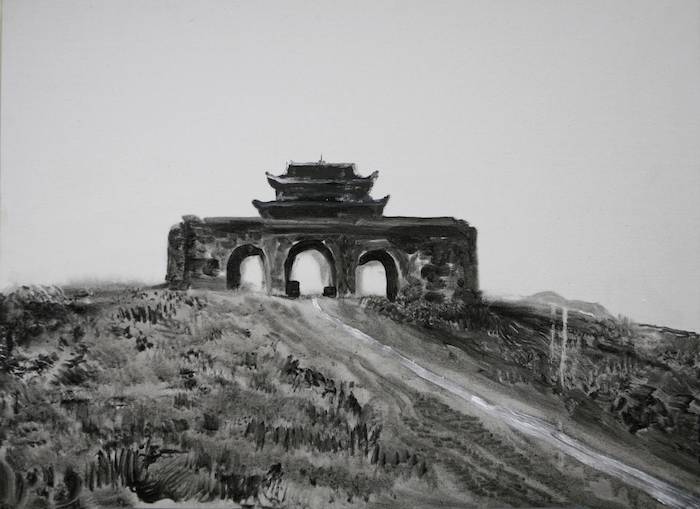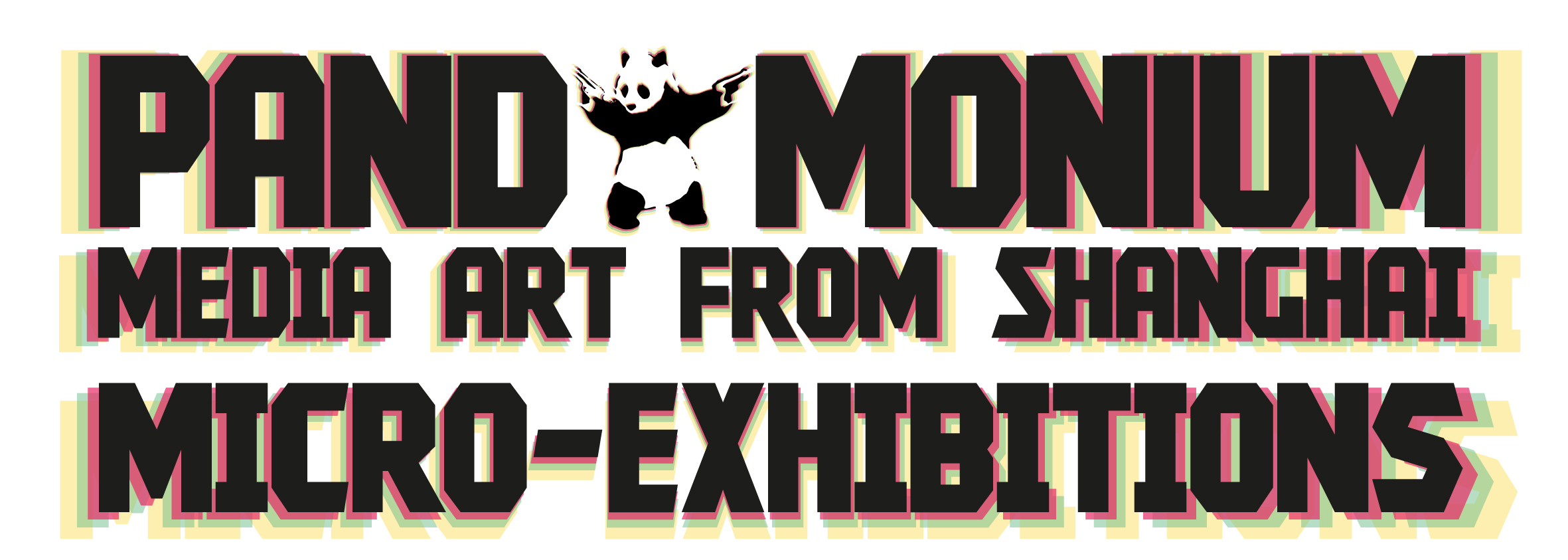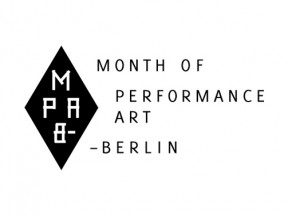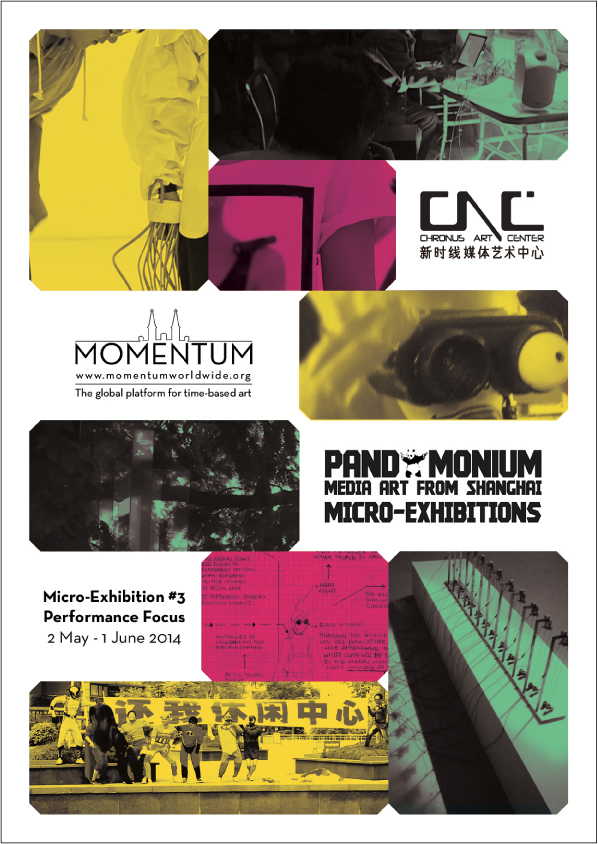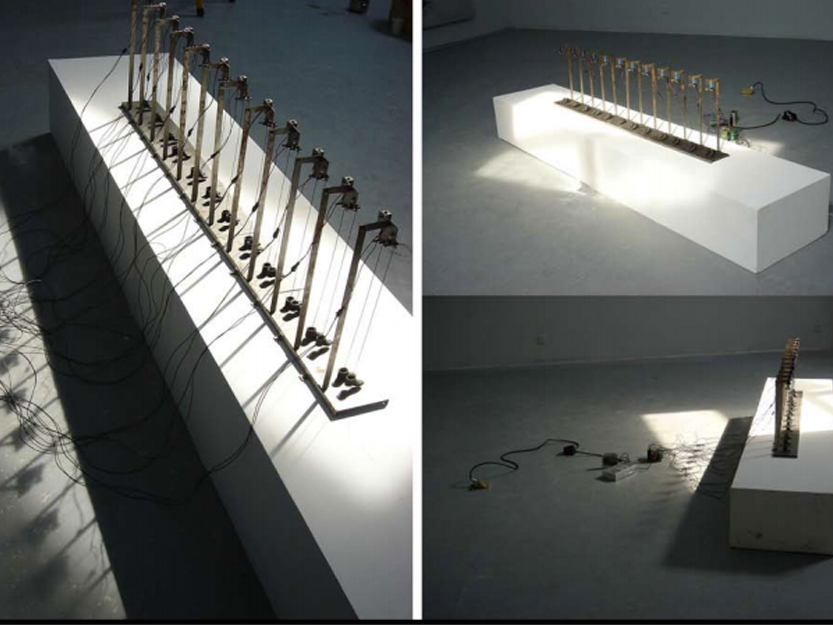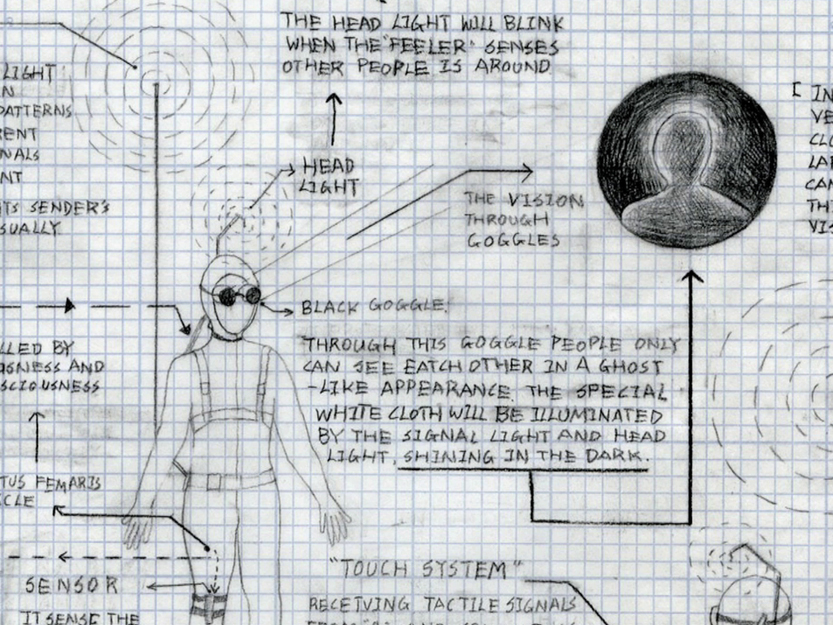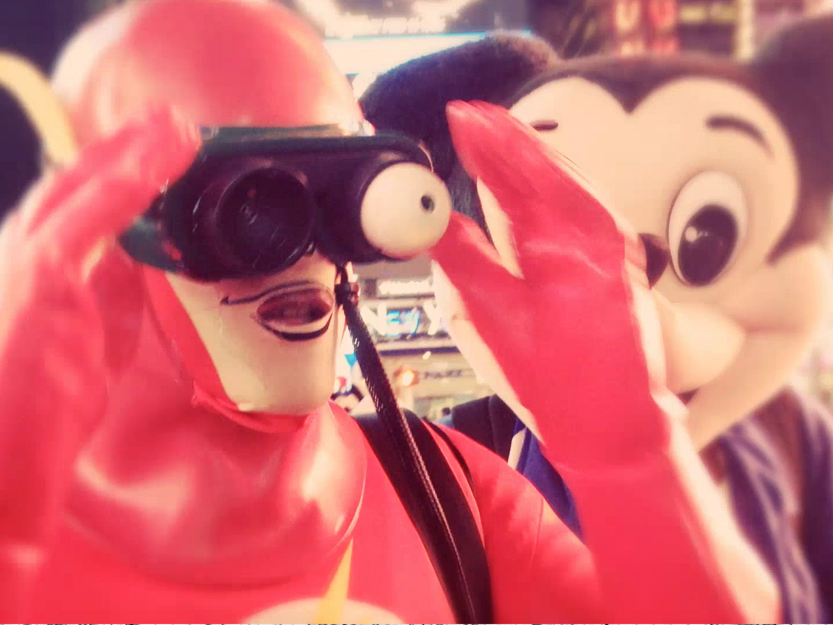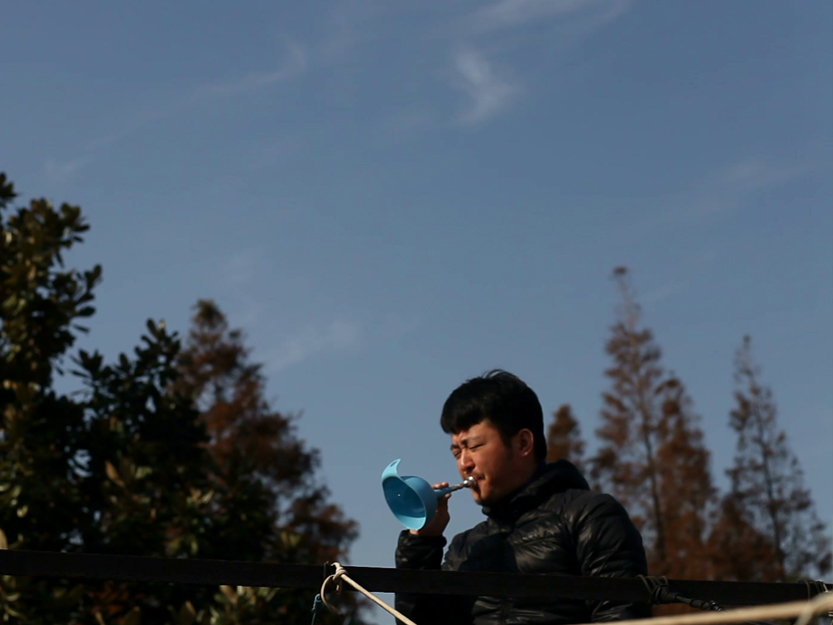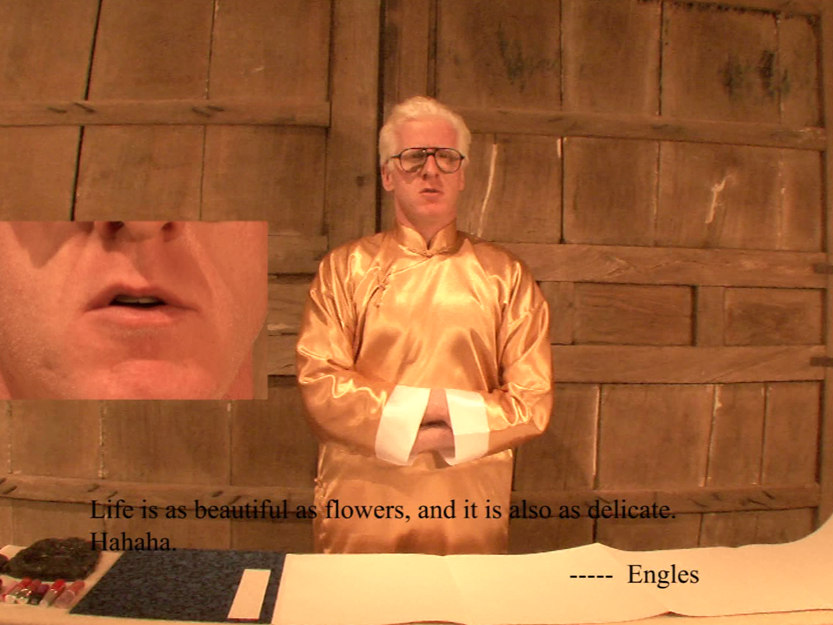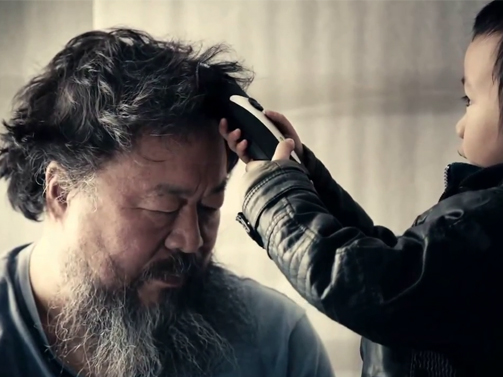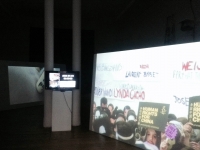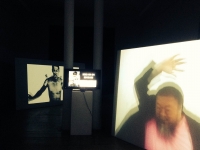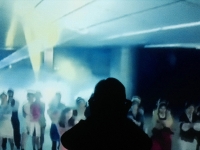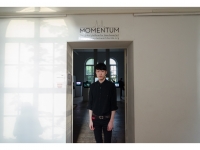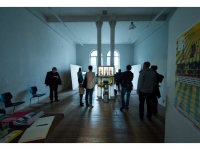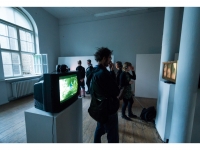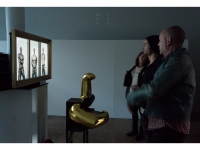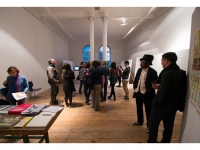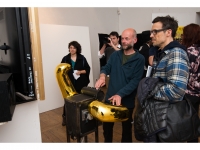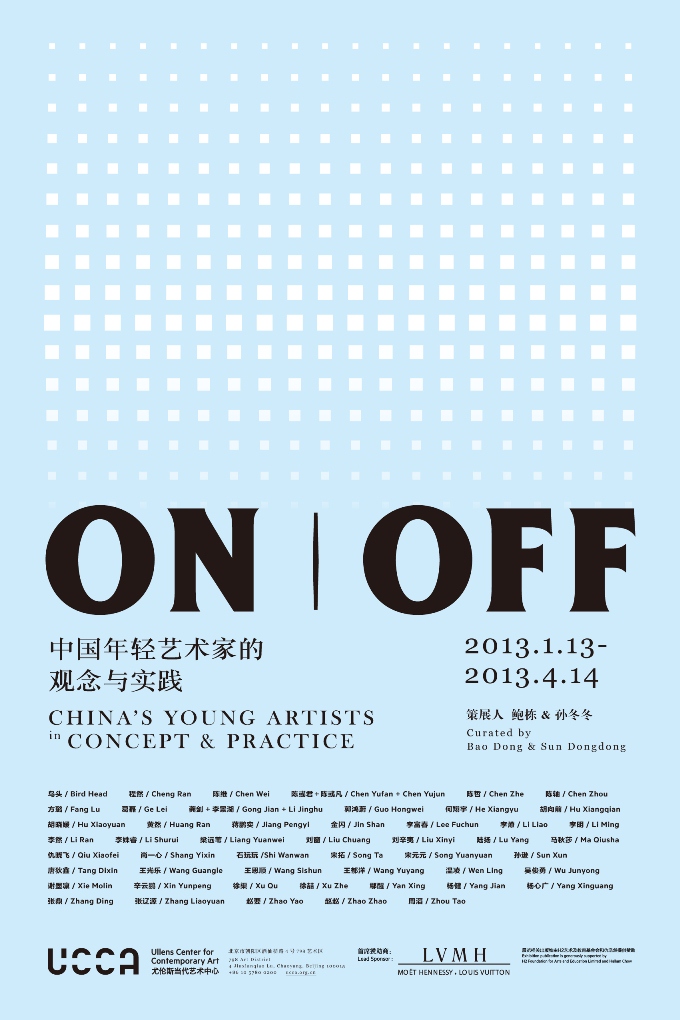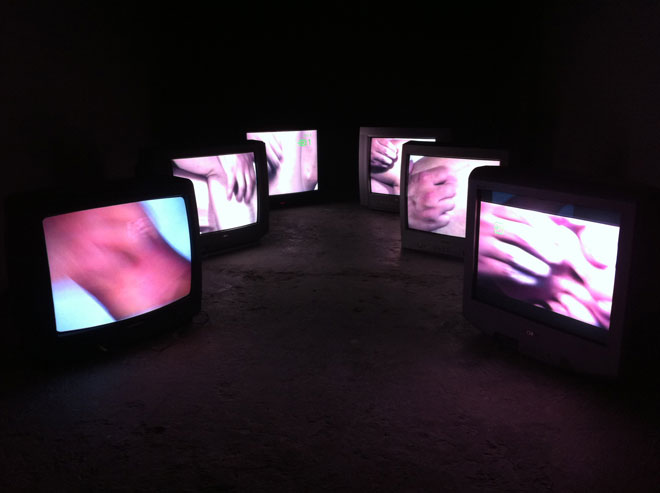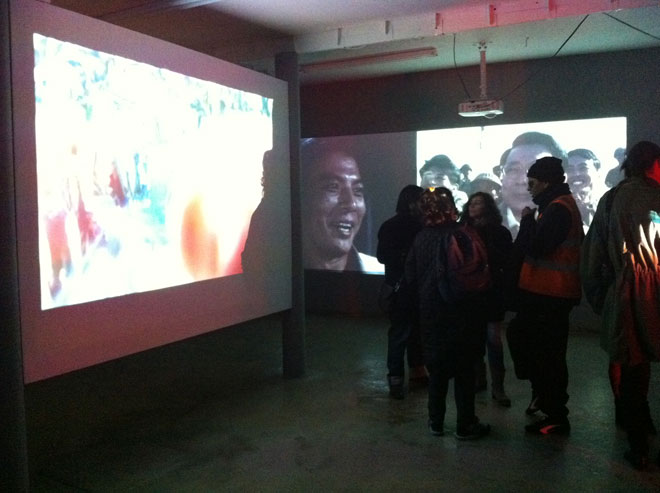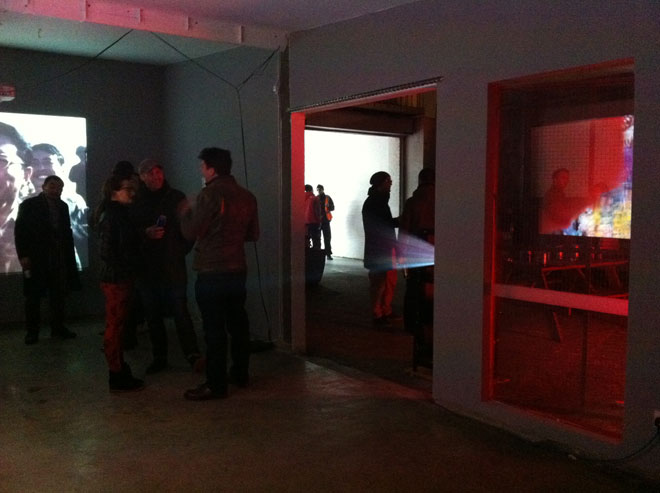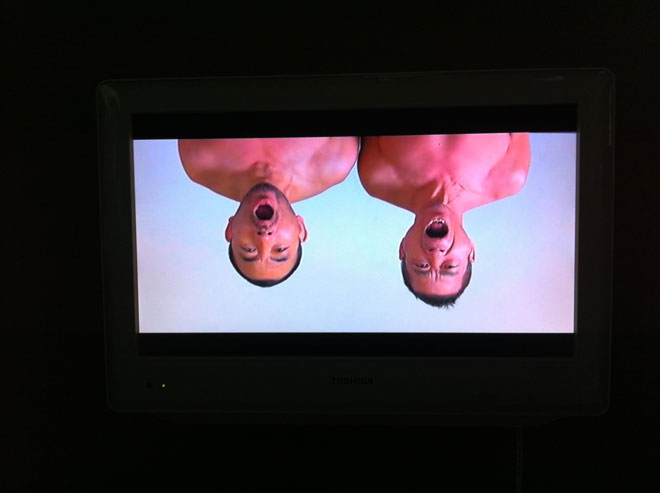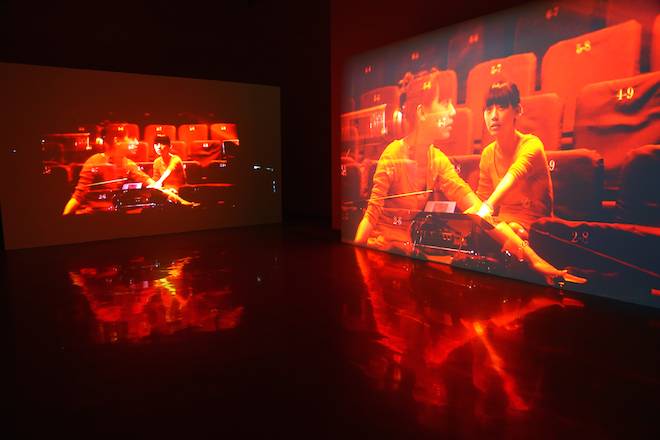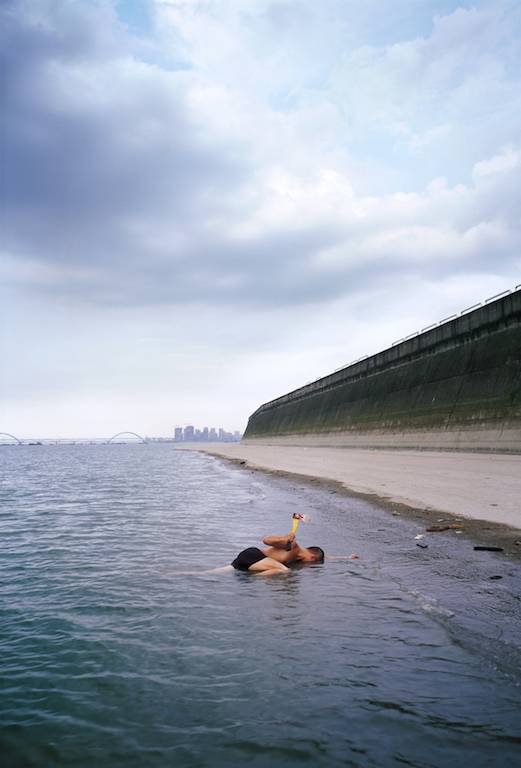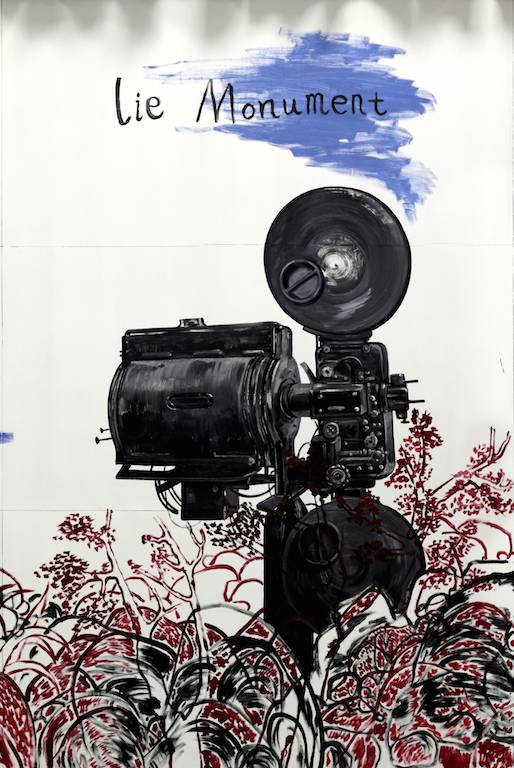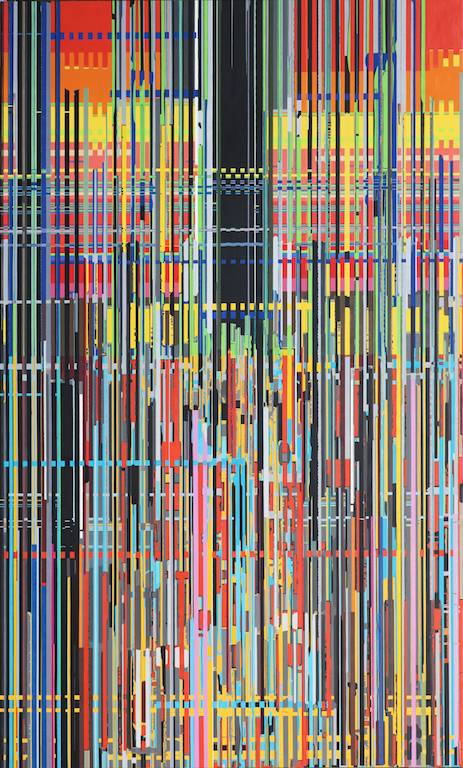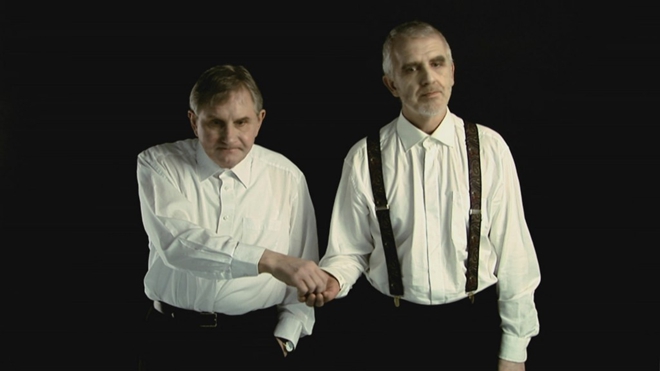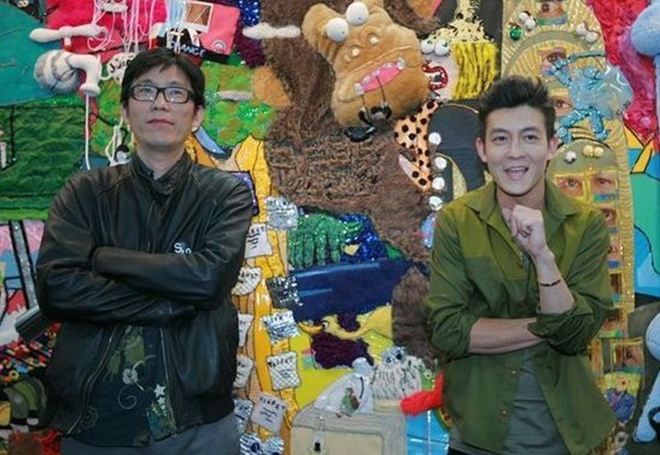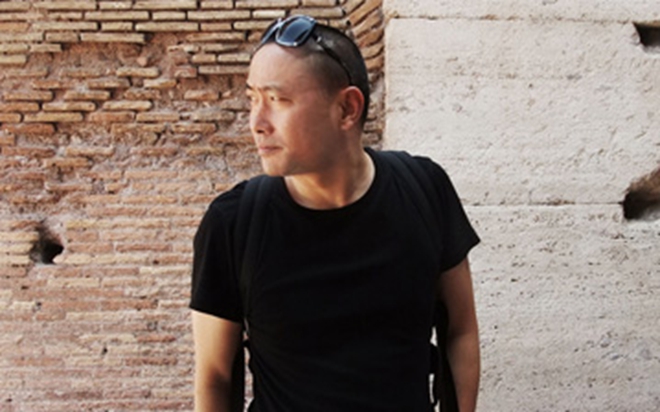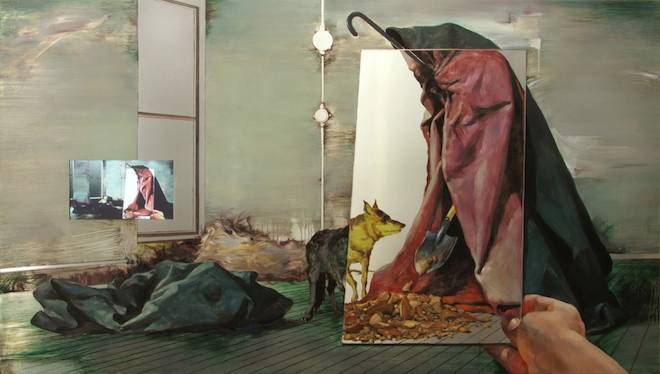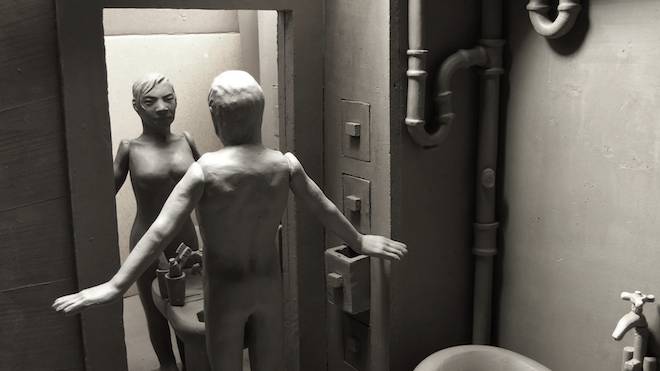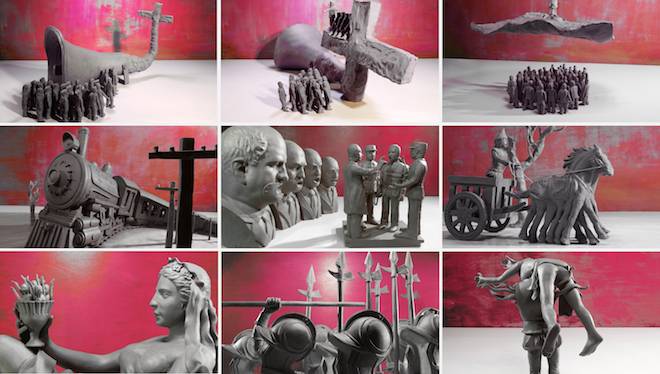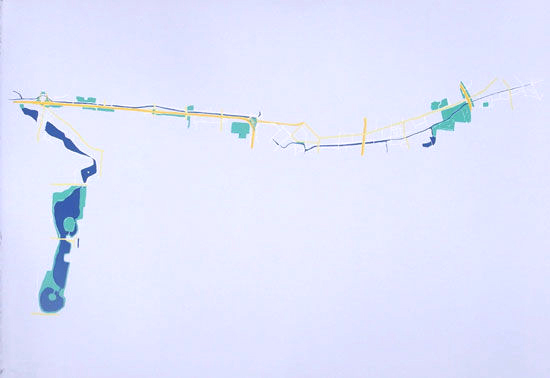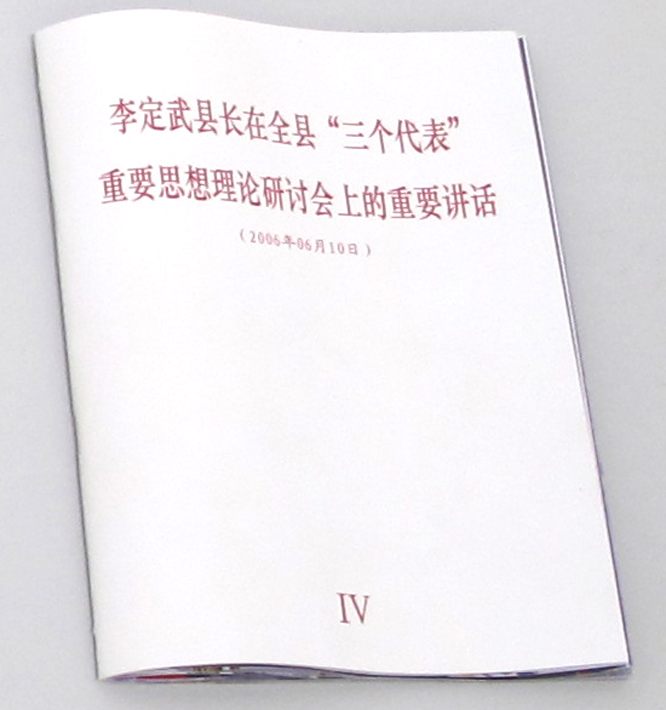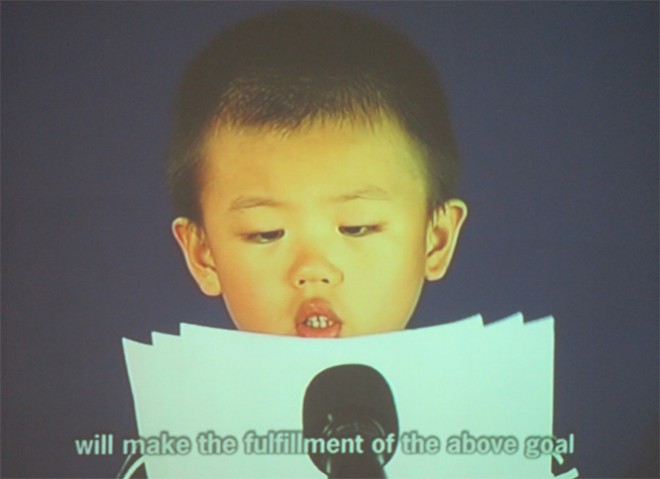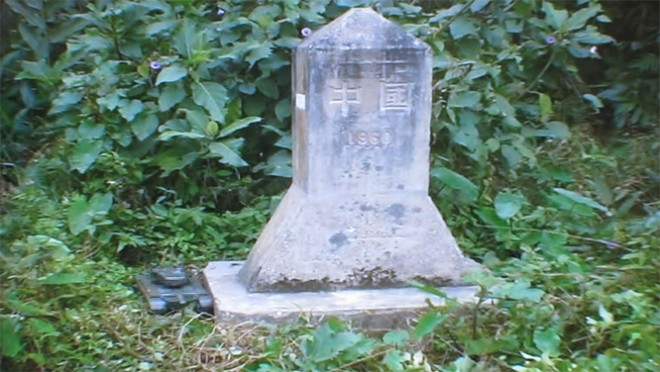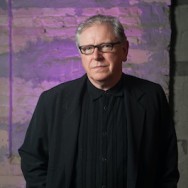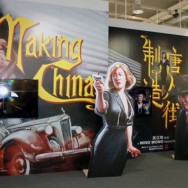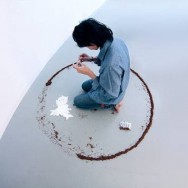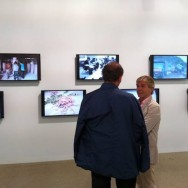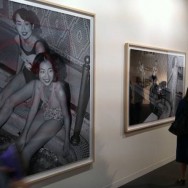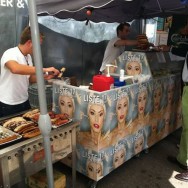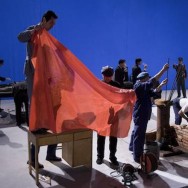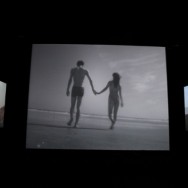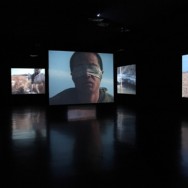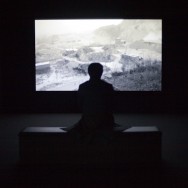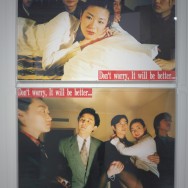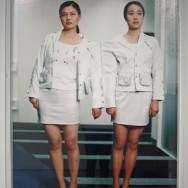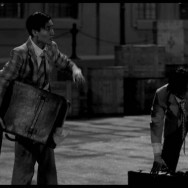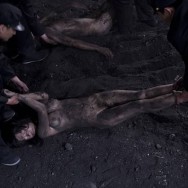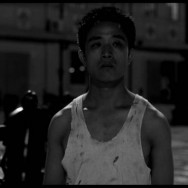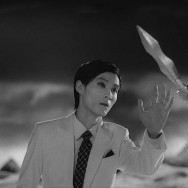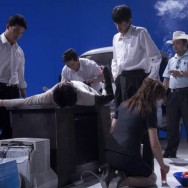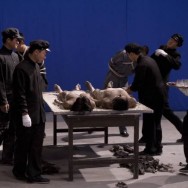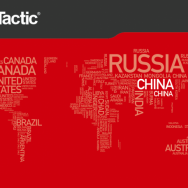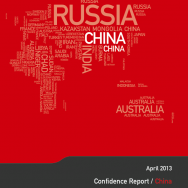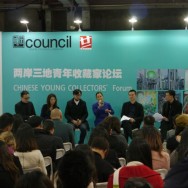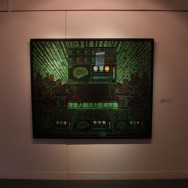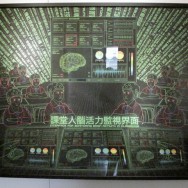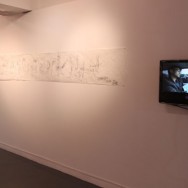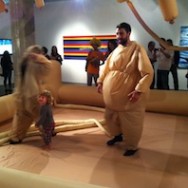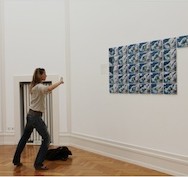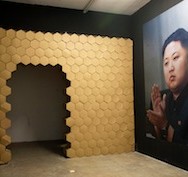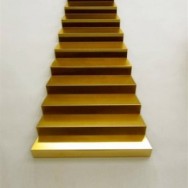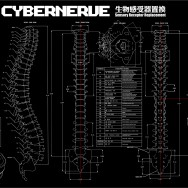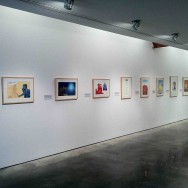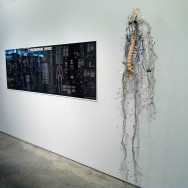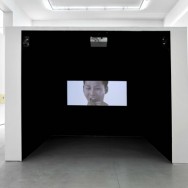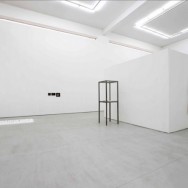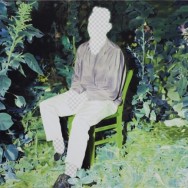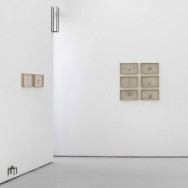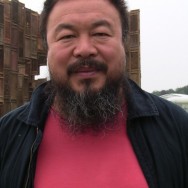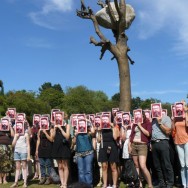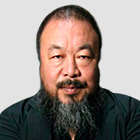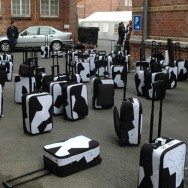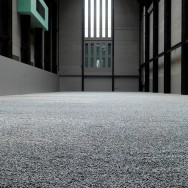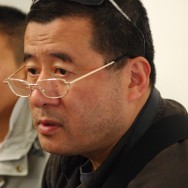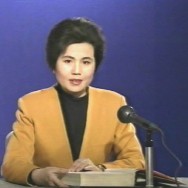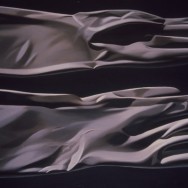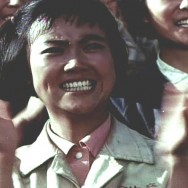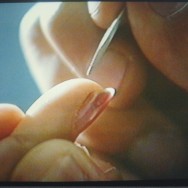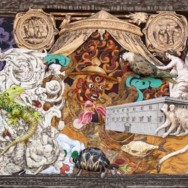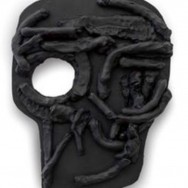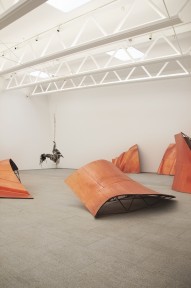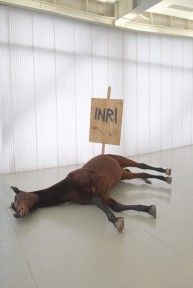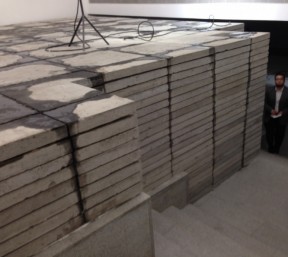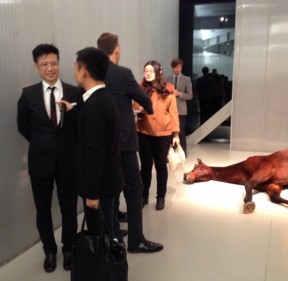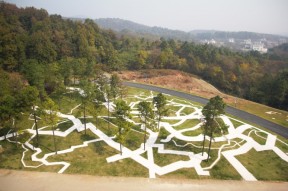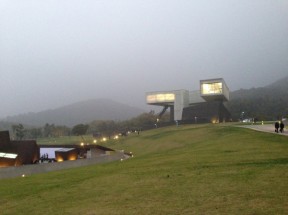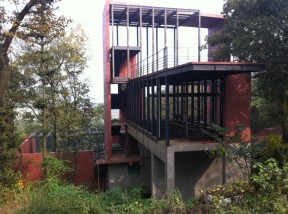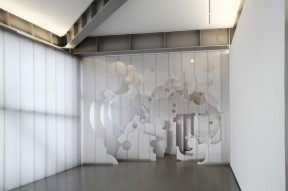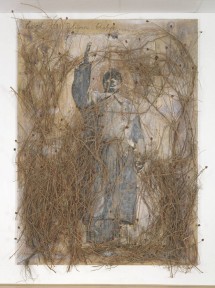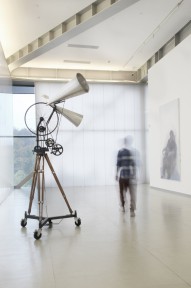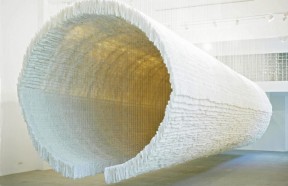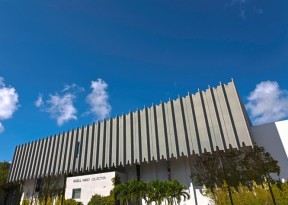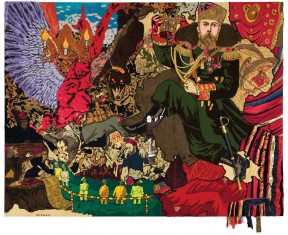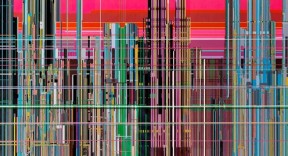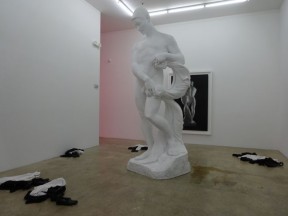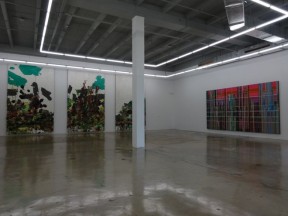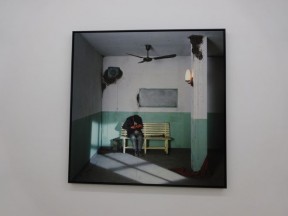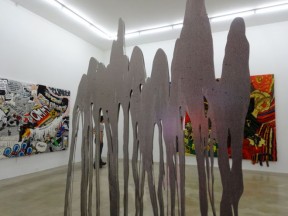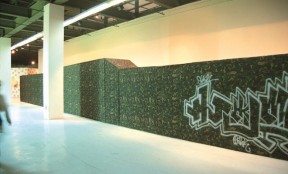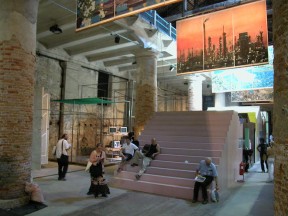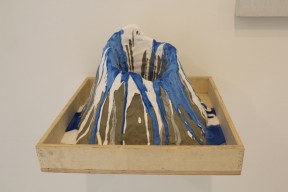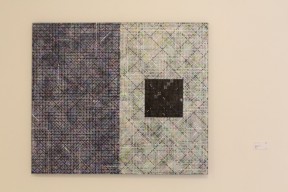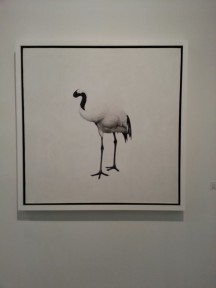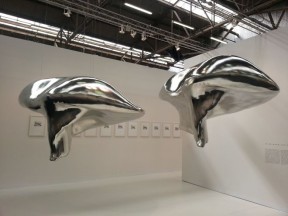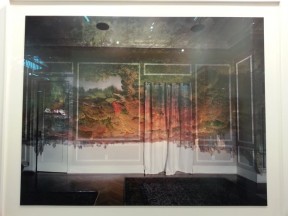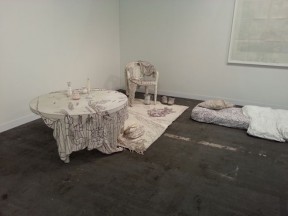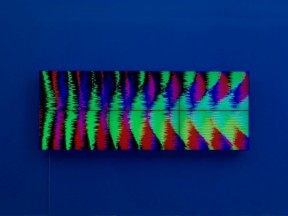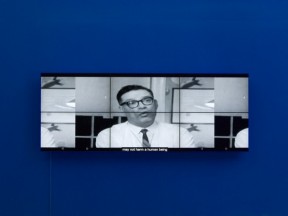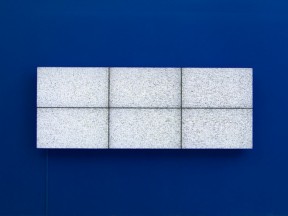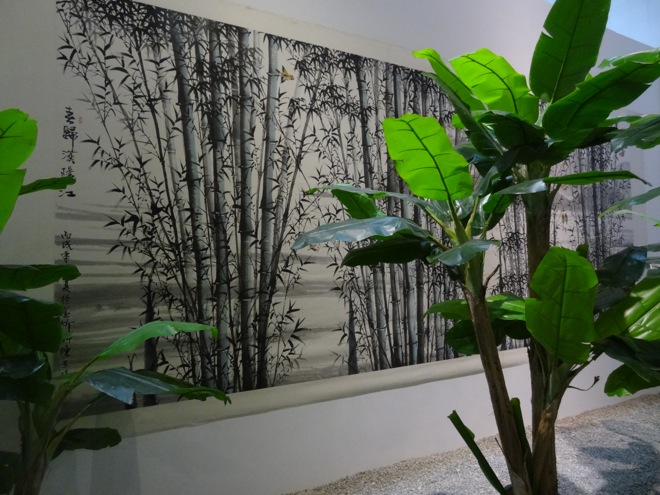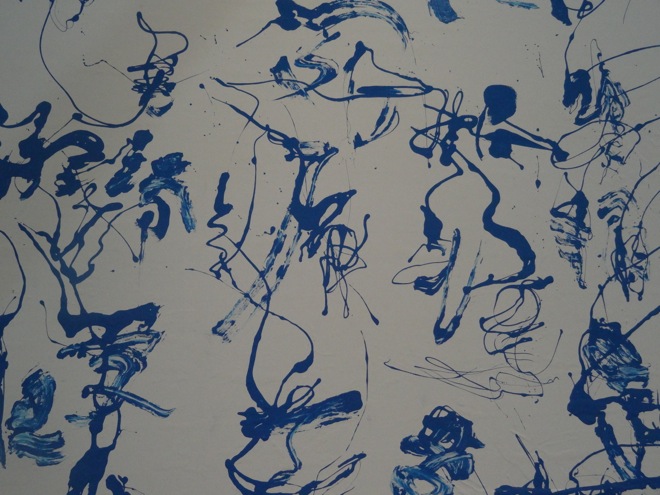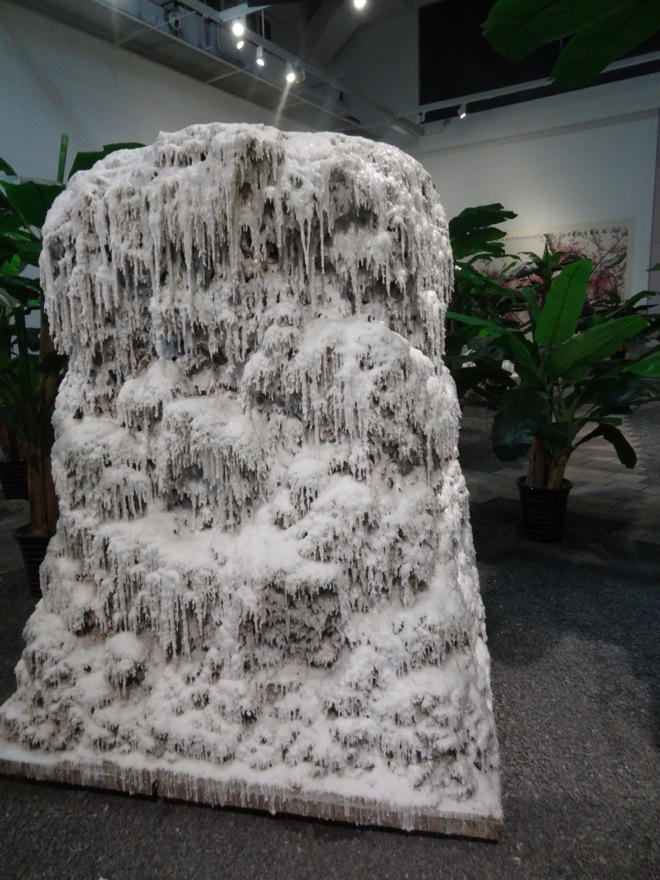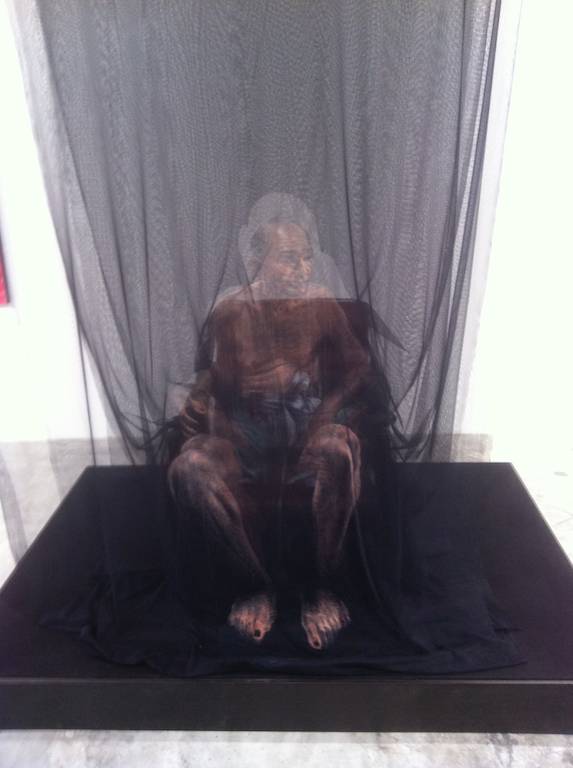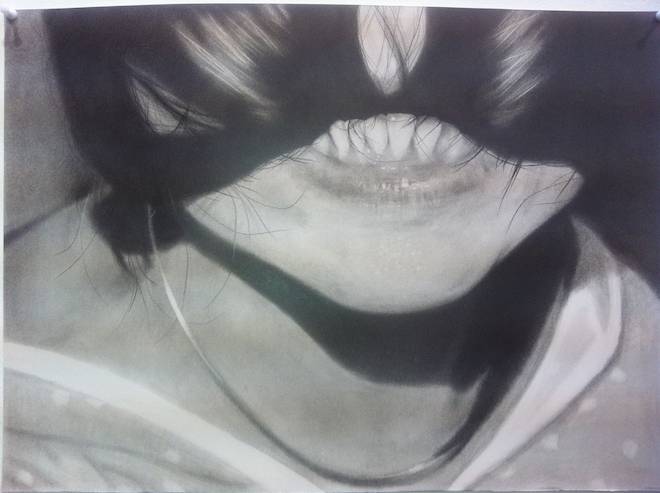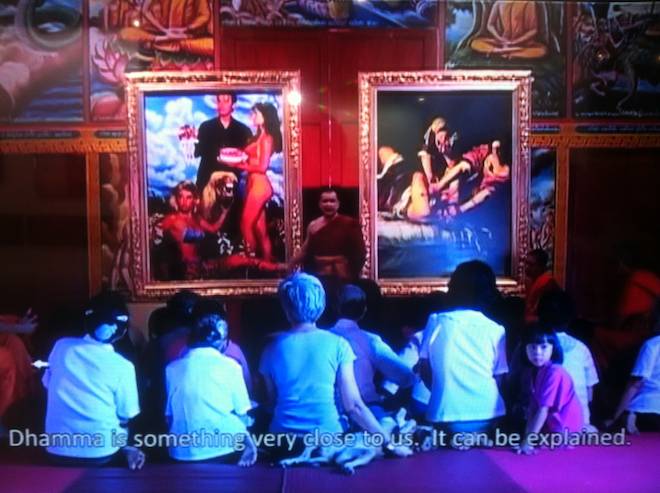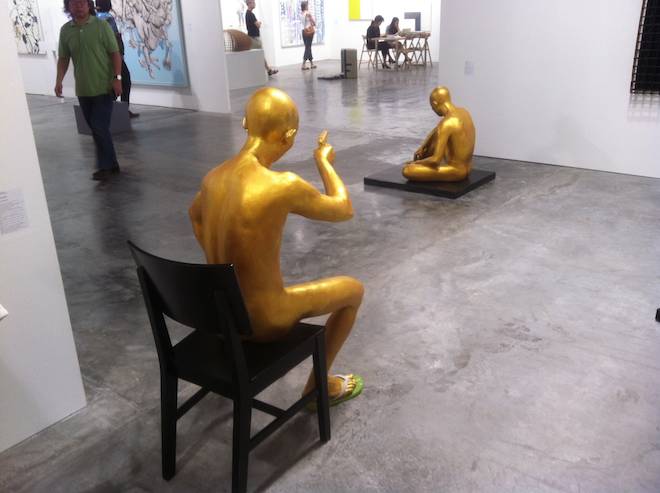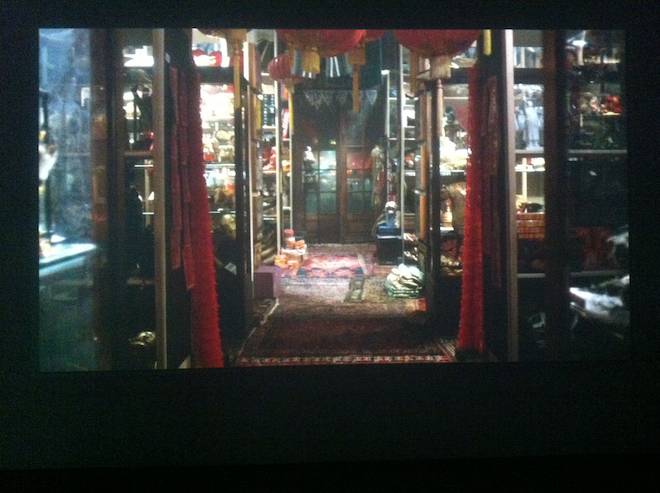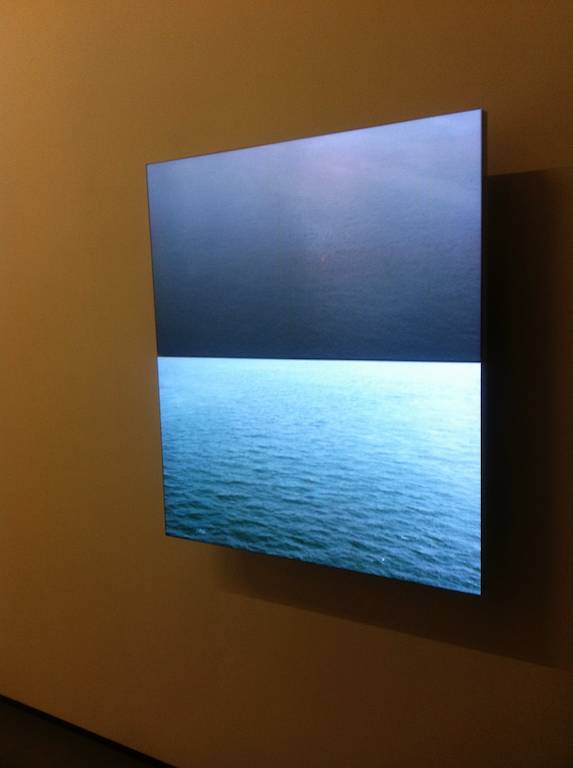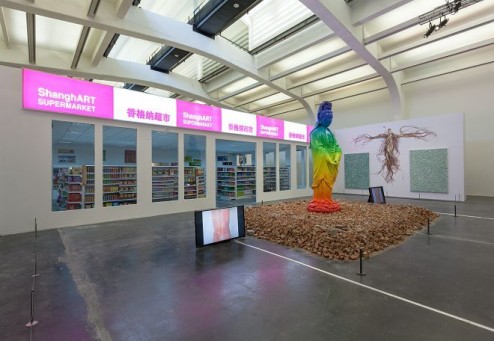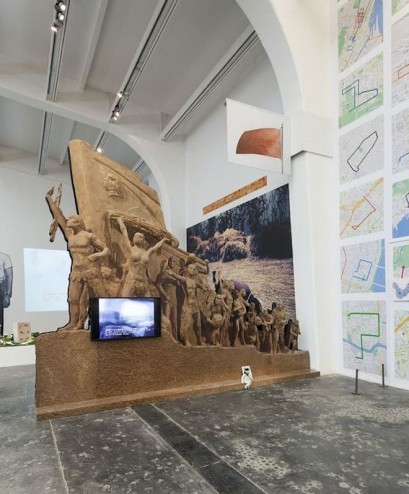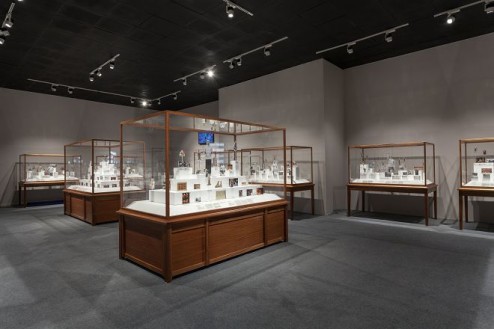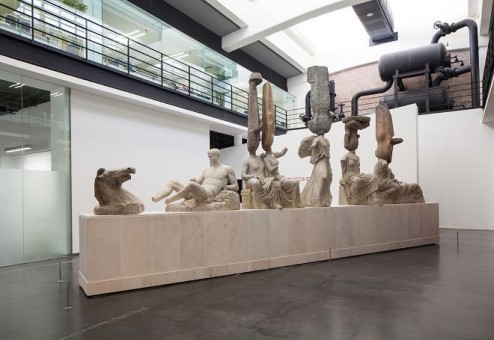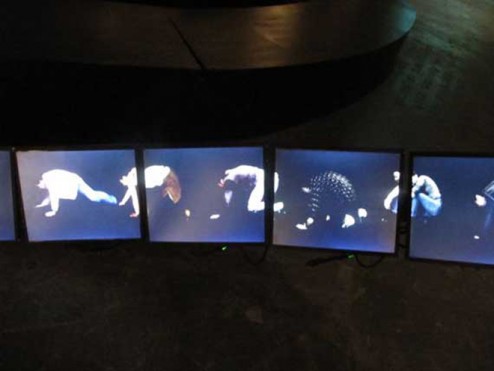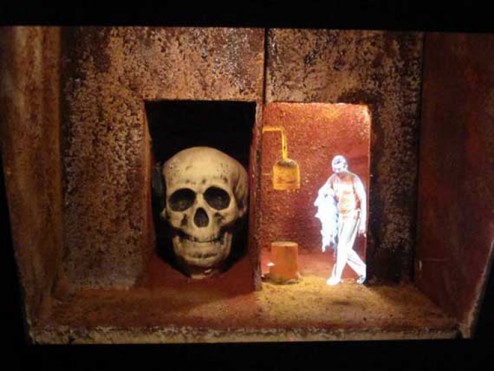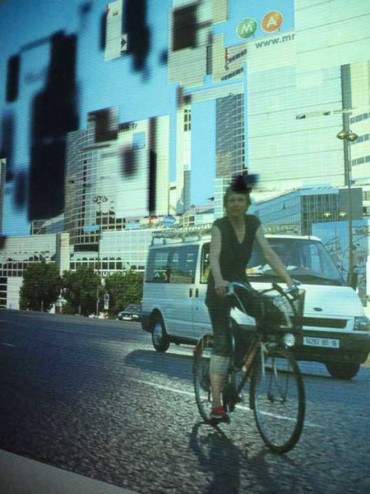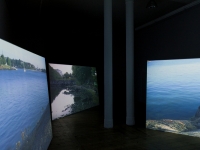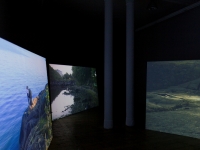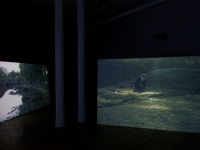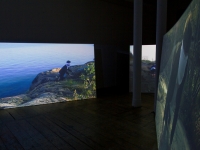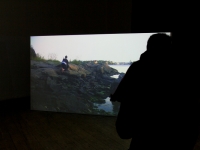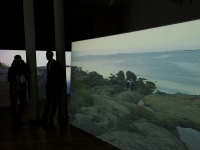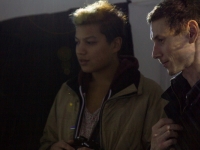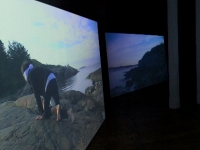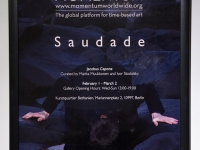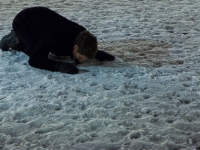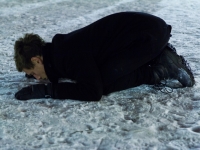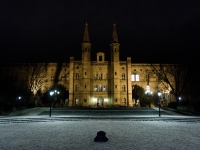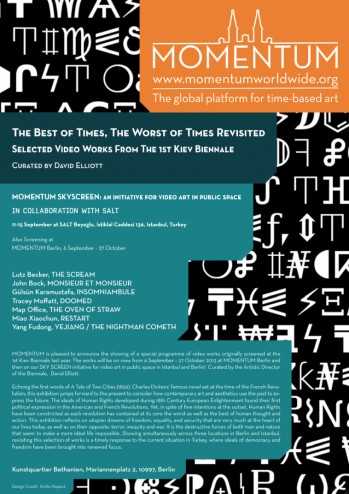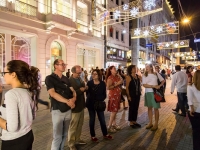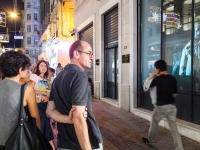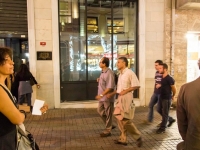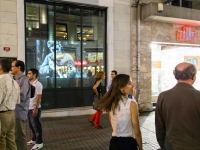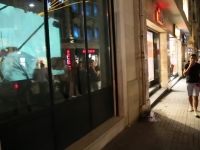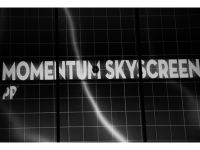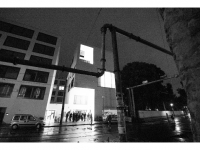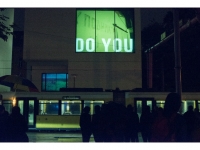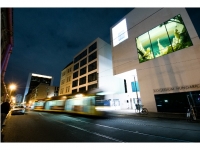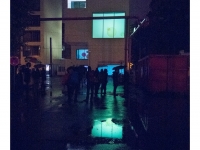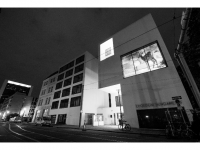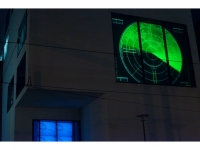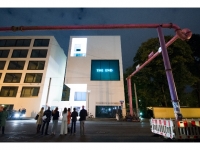Ai Weiwei, 55, is a noted Chinese artist, writer, filmmaker and commentator. Son of the poet Ai Qing, who was denounced in 1958 and dispatched from Beijing to Xinjiang Province for hard labor, Ai Weiwei is an outspoken critic of the Chinese government and its policies. He does not consider this stance and his status as an artist to be mutually independent — in his own words: “I am not a politician…But as an artist… to clearly state your mind… [is] essential.”
Ai was among the originators of the Stars group of avant-garde artists in 1978 who, after having been refused space in the official China Art Gallery a year later, hung their works on the fence outside. He co-founded the China Art Archives and Warehouse (CAAW) in Beijing in 1997, and in 2000 organized the exhibition “Fuck Off” with Feng Boyi during the second Shanghai Biennial (the exhibition was closed after just a day due to the scandal it caused).
More recently, Ai Weiwei has attracted international attention beyond the art press based on his support of the “Citizens Investigation” into victims of the 2008 Sichuan earthquake — particularly school children, whose names he collected and published. His blog was shut down soon afterwards. Ai was placed under house arrest by the Chinese authorities in 2010 before being arrested at Beijing airport in April 2011, while his studio also was searched and items confiscated. Ai has recently been released from house arrest, but remains without a passport.
Among the most well-known art works by Ai Weiwei are “Fairytale” (2007), produced for Documenta 12, in which 1001 Chinese people were invited to Kassel, Germany, and “Sunflower Seeds,” an installation in London’s Tate Modern in 2010, for which a hundred million porcelain sunflower seeds filled the main hall of the museum. In an article for the Guardian newspaper published as “Art of Change” (an exhibition of the work of contemporary Chinese artists) opened at the Hayward Gallery, Ai declared that “The Chinese art world does not exist.” He topped Art Review magazine’s Power 100 list in 2011, and last year posted his own shanzhai version of viral K-pop video “Gangnam Style” on Youtube to the tune of thousands of hits.
Ai will represent Germany alongside Romuald Karmakar, Santu Mofokeng and Dayanita Singh at the 55th Venice Biennale this year, and is now working on a number of different projects including, perhaps, a play and an album.
Iona Whittaker met Ai Weiwei at the capacious studio in Caochangdi — designed by himself and replete with some 30 cats — which he has called his home and workplace since 2000.
On the State of the Country
Iona Whittaker: After the release of “Never Sorry,” your incendiary Guardian article, a Weiwei-brand Gangnam Style and continued conflicts with the authorities in China, now seemed a pertinent time to speak to you. What is your perspective on the current state of things and on the year that’s passing?
Ai Wei Wei: I think China has come to a critical stage. Of course, many people may not agree with it. But for me, as someone who has grown up in China, spent about 12 years in the US and come back and worked in many different aspects — mainly in the cultural field, writing, blogging, twitter and my art works, and I do a lot of interviews — I’m very strongly connected to [people in the] judicial fields, such as lawyers, who have been victimized by the society. My father’s generation as intellectuals — the whole generation, or many generations — has been damaged or ruined only because they have different ideas, attitudes or thoughts. Nobody can deny it. That’s not just a few; it’s counted in the millions.
And today, it’s not much changed in terms of the ideology. So power is very clearly maintained with governance and force. Chairman Mao said: “A revolution relies on two barrels: one is the barrel of the gun, and one is the barrel of the brush” [干革命靠的是枪杆子和笔杆子].
There are only two types of people: there are people who don’t want to know, or pretend not to know, and people who know it and pretend that it doesn’t matter. As an artist, I am not so different from other people. I just know the facts sometimes, point them out during interviews or in my writing; then the result is that I get in so much trouble. Other artists or other writers — they pretend this is not happening. Or they are scared. They think that it will prevent them from selling their works, or even just maintain their very primitive struggle, you know, which is just trying to survive. And so I have gotten into a lot of trouble, one after another, as you can see. At the beginning, they didn’t know what to do, and it can escalate to high drama….
IW: May I ask how you personally felt as this was beginning, because before you used to speak specifically about art, and then there was a shift when you began to talk more directly about politics.
AWW: Well, that’s because people do not understand. Others ask me the same question: “Why, when and how it all started.” I tell them it started when I was born, when my father was thrown out to Xinjiang [in the far west of China] and started not being allowed to write. My family was seen as an enemy of the people. He worked as a hard laborer, cleaning out the toilets for the whole village without one day’s rest in five years, because he just simply could not handle it — if he took one day off, the next day the work would be double.
When you are young, you take it as normal. You know, it’s just like the weather. Then came ’89, when there was this slight opening. We joined, and the result was that the movement was crushed. Many people were affected. I felt I had to leave, because it had become dangerous. As an artist I don’t have much power; I didn’t even have a platform to play with, so to leave was my natural choice. So I escaped, and I came back in ’93. I started to do underground books. I made almost the first Chinese contemporary art space in China, the China Art Archives and Warehouse (CAAW). We organised local shows, and we curated the show “Fuck Off.”
So there’s no beginning or end. I was born with this clear mind, and then the internet came. I realized it gave me a chance to speak out with my personal opinions. You know, I am not a politician; I am not interested in just politics. But as an artist, to express your idea, to clearly state your mind, and let people understand what you’re saying — that’s very essential. So I started to use it. I made a first artwork, “Fairytale,” [1] related to the internet, which was very successful. I started to understand that the internet could be a very powerful tool. So I wrote like crazy every day, till in 2009 we started a lot of projects for Citizen Investigation, to search for the deaths of the students in the Sichuan earthquake. I didn’t donate money — I said I think that’s what the government should do. But I did ask who is missing in the earthquake; you know, who are those students, what’s their birthday, and then which school, which class, what happened when the buildings collapsed, why did they collapse? So we made documentary films and interviewed hundreds of their parents, and over 5,000 students. Then I got into bigger trouble, because they said it was completely unacceptable to publish these names. But for us it’s a very natural habit; it’s seeing the truth, the plain truth, clearly spelt out. And if we cannot do that, why do I have to be an artist? Why do I have to stay here? That’s what I feel is necessary as a condition for living — to understand what happened.
Of course, they shut off my blog. Then they harassed me when I tried to go to court as a witness for another fellow who was also doing the same type of investigation. He is still in jail — he has five years in total; he has only served three years. I started my investigation to try to help him. His lawyer asked me if I could be a witness. I said, “Yes, of course.” I didn’t hesitate; I knew there was danger. So I went. Then they came in that night, three o’clock in the morning, you know, crashed into the hotel, and beat me. I am just a witness — this is part of justice. Then they beat me. So I had a documentary come out. Then all of a sudden you become a political activist, right? Because you speak out about the truth. Then a lot of people say, “Oh, Ai Weiwei, he just makes a lot of trouble, tried to make himself famous, tried to bring attention from the West.” Come on, if it’s that simple — why don’t you do that, you know? Because it’s me. Hundreds, thousands of Chinese artists try to become famous by any means necessary, so why don’t people follow that step? That footprint? Is it that simple? That easy? Or are you scared? So, yes, to answer your question.
On his “Gangnam Style” video
IW: On a lighter note, what made you do your own “Gangnam Style” video?
AWW: “Gangnam Style” was just a one-second decision. We didn’t prepare; it was very simple. The exact same type of morning, like today, and we had not much to do, then I saw the “Gangnam Style” video, but I didn’t know it was that popular. I said, “It’s funny.” So a friend of mine said, “Oh, you can dance like that” and I said, “Why not? I can.” and so I said to the office, “Let’s dance this.” They were all surprised, because people are shy. We played the iPod, and we tried to mimic the gestures, we didn’t prepare, we didn’t do a rehearsal, just one run, then I left. By the time I got back, they had already put it up on a Chinese site. It suddenly became so popular. Thousands of people watched it, then they shut it off, after an hour. Then we put it on YouTube. And everyone said “Oh, he did this.” I did this because I think that as an artist to express myself is a natural act. It’s like talking or drinking water or something. I don’t have to think and prepare. YouTube is there. It’s the best site — you can always do whatever you like. It’s free! Except Chinese cannot see it (laughs).
IW: Were you surprised by the reaction?
AWW: I was very surprised. I look at that. It’s funny, but I never dance; I never go to discos, or…I’m just shy. But you can see I’m not shy there. I’m really crazy and mad. I think that kind of feeling encourages people. You know, even just being silly is exploring a condition.
IW: But what’s the difference between being shy at discos and putting a video out to the whole world? Online, millions of people will see it — is there something different about that?
AWW: For me, it’s not — I’m the whole world. All I need to do is to convince myself and make the decision. Maybe two people see it; maybe a lot of people see it. To me it doesn’t matter anymore. I have to just pay attention to my own situation, and my joy, and my anger. I believe there are a lot of people who share my sentiment, my joy, and my frustrations. If I don’t have that belief, I lack the confidence to do anything.
On “Art of Change”
IW: Moving on to “Art of Change” [a show at the Hayward Gallery in London] — yours was a very strong — and negative — response to that in an article for the Guardian newspaper. What specifically provoked you to say these things — the choice of artists? The overall concept? The very idea of an exhibition of Chinese art now?
AWW: Well, first, I haven’t seen the show, of course; you know that. It was the Guardian that asked me to write an article relating to this show, about Chinese art. So I thought, “That’s okay; I have quite a lot to say about Chinese art.” About this show, I don’t know much. I know many people whose work is in it — some of them are my close friends, Sun Yuan and Peng Yu, and quite a few of them; we are very good friends. I didn’t know this gallery — of course, later I heard it’s a very well-established British gallery.
I have been struggling so much with reality. Basically my struggle has been focused on: “What is freedom of expression? How does it relate to artistic conditions? And how does it relate to aesthetics, moral choice and philosophical thinking about the time and the place we are living in?” I think these are the inevitable topics artists have to face — it doesn’t matter who you are or what media you use. You can never really avoid it. Or if you avoid it, yours is the kind of art I would never understand. I wouldn’t even care. So my basic critique — the so-called “critical” aspect — it’s not that critical to me. It’s just one artist’s opinion.
[1] “Fairytale” (2007) was a work created for Documenta 12, in which 1001 Chinese people from widely different backgrounds were invited to Kassel, Germany. A documentary film follows the process of their selection, applications to travel – some of which were unsuccessful – and visit to Kassel.
On the Art World in China
AWW: You see so many galleries, they make so much money on Chinese art, with big collectors buying, so the price gets really high. Ask them what’s their political opinion, ask them what they think of this state of mind, the censorship, the attempts to avoid reality, the time they are living in — and trying to please the Western audience (you know, just trying to please them, trying to flirt with the market). I mean, aren’t they ashamed of that condition? Are they true humans, or are they just part of the machinery? Are they designed by this kind of society?
IW: To explore this point further: did you not say that under the current conditions in China, no true art can ever come about?
AWW: You know, what is art? You can say that everything is art. But it will not be the kind of art I would care about or dare you to look at because they avoid the very essential questions. One fellow artist like me was arrested. Do you see how many Chinese artists even just question, “Where is this guy?” “What crime did he commit?” We are all friends — we play cards together, we go to exhibitions and eat together in restaurants. But as a human being, if a cat is missing, you say, “Where is this cat?” when it doesn’t come home. But when an artist is secretly taken away and never comes back home — and you are supposed to be a friend of his, a friend of his family — you will never even make a phone call to say, “I’m sorry to hear that” or maybe “He’s going to come back.”! You think that’s a normal society?
You might have heard of Anish Kapoor, you might hear of so many artists you know, or the Guggenheim and different museums, or other artists outside. They don’t know me so well, but they think it’s very essential to protect an artist speaking out. Because in a society where artists are not there looking for the truth or speaking out, that’s the end of this humanity. It’s over….
IW: So it really rests on this?
AWW: It’s shameless if you look at the world and think it’s exactly like you. The world is not like them. I’m here to remind them: the world is not like them. The Chinese art world is basically just a shameless world.
IW: And a self-censored world?
AWW: Of course! If the people have this kind of mentality, they are not only self-censored; they are trying to make the whole society comfortable, to accept this kind of brutal condition.
[…]
People often say, “Oh, art is different” — you know, like Mo Yan, the Nobel Prize winner. This morning I saw his conversation with the people at Stockholm University. He said “The best writing is to hide the meaning, and the deeper you hide it, the better your writing.”
On the Idea of China and the Captive Mind
IW: I am interested in your perspective on the international media and its approach to China as well as its influence on public opinion. Can you comment on this?
AWW: I think China is a society with very unique traditions and culture, because it’s so cut off from the world in terms of history in many, many periods — not all the time (not in the Tang Dynasty or the Yuan Dynasty) — about half of the time. So people are always struggling to be China alone, or have China as the centre of the stage. […] But today, it’s better than ever, because it’s so easy to get onto the internet. People are so well-informed, better then ever, and communication is much denser.
IW: How would you define your personal politics, and what do you propose in terms of positive development in the socio-political situation in China now? How can change begin to be brought about, particularly given recent developments?
AWW: (Chuckles, and a cat howls in the background). First of all, my own condition is always the same. Except when I was taken in — that’s where it differed.. It was outside of the judicial system. You are under the most brutal hold of another human power who can decide your fate. The only difference between me and other artists is that I don’t have to become famous, I don’t have to become rich, but I have to speak out. And they don’t have to speak out, all those artists. They would never speak out. But they are so crazy about getting rich, or prospering from their so-called “art.” You know, this is crazy. I don’t think they will be famous, either; I mean, who cares about people like that? Maybe a few of them will only become famous because they sell high, like Zhang Xiaogang or…
IW: Fang Lijun?
AWW: Fang Lijun is already maybe a bit over, but…Zeng Fanzhi, right? And Liu Xiaodong. You know, he was a classmate of my wife’s; they have been very close since high school and university. We never had a problem. I wrote previews — I mean, for his shows — articles, and I’m added in his photo books. But during my detention, none of them just asked one question, “Where is Ai Weiwei” — it seemed they never knew me. Should I care about them? Of course not. You know, when I came out I asked Lu Qing [Ai Weiwei’s wife], “Did Liu Xiaodong or his wife or anyone ever call once?” It’s like this guy is dead. He may be a criminal but you’re still concerned about your friends, right? There was no such phone call. One day, I had to go to the China Central Academy [of Fine Arts; CAFA, in Beijing] to attend my friend’s meeting. I saw his wife, Yu Hong, there; she saw me and she didn’t even nod her head — they pretended they didn’t know me. Are we living in a human society or are we just living with monsters, or some crazy animals?
IW: And so your relationship with them since then is…?
AWW: Of course now I have no relationship with them at all. I am a very direct person. I don’t need any relationships with anybody if you don’t share very essential values with, you know?
IW: I understand. It’s very disappointing for you.
AWW: No, no, no! It’s not for me! It’s helping me to understand.
IW: Actually, to see more clearly?
AWW: Yeah, yeah, [to see] what the Chinese art world is about.
On the Future
IW: Is there anyone or are there any figures who give you confidence?
AWW: Yes, young people — the people who are active on the internet. And there are a lot of young artists — they are not famous, but they still love art. They still think art is the way to give them space, to create or to use their imagination, or to explore.
IW: There’s a huge amount of curiosity, I feel, among young people, about art.
AWW: Yeah, there’s a lot, but at the same time, the education failed them, you know. Most of them are the same — they are just hungry, thirsty, but they don’t know how to really act on that.
IW: Can you see this changing any time soon?
AWW: No. If the education in China does not change, let me see — in the next 20 years, China will not change. If we don’t teach a person who is three years old, then when he’s 23, he’s wasted.He has no way to even become a real person with courage and passion…
IW: And has China changed at all in the last 20 or 30 years? Indeed, how can “change” be detected or defined?
AWW: I think it has changed, somehow, because very practically, it wants to survive. You know, this society was maintained — they are there still only because of tax. They understand it; we understand it; all the artists also understand it. So the conclusion is very easy — make money, be rich, maybe that can help. They made money and became the workforce of world — you know, the world needs a big labor force to maintain the Western lifestyle. We need cheap products from China which sacrifices the environment, their education, their poor welfare system, or medical care. Congratulations. We don’t even have to enslave; they have their own police and armies — they can deal with us better than the British and Americans. (Sighs). What a desirable world — that’s the new world order. Then sell them the best technology and make sure they are always…not creative. So under those kinds of circumstances, China has sacrificed almost everything to being rich — with corruption everywhere.
IW: At a social level, too, obviously.
AWW: Yeah, they have not established anything except fast roads, a lot of tall buildings — and because they bring tremendous profits to their relatives. The natural resources are all controlled by families. So it becomes a socialist-capitalist society. Anybody — like me, like artists — how much voice can I have, actually? I’m not an expert; I’m not deeply involved with politics. I just speak out about what I have seen, and it’s just like a commentary. It made them so nervous, and it made me become a nationally important figure for the West — “Oh, this guy is such a critic.” Come on! I haven’t really started (laughs).
(Someone comes in to say we are running out of time. “Almost,” Ai Weiwei says).
On the Role of Artists
IW: What about the relationship between art and politics — your art, and art in general. If it is the responsibility of creative figures to be politically active — to what extent and how?
AWW: I think, let’s just talk what Anish Kapoor did. He is a much-loved artist and his work is quite abstract — about forms, aesthetics, pure aesthetics, or feelings, emotions — you know, not related to politics. But he personally cancelled a show in China, and he himself went to petition at the Chinese consulate. But why? He doesn’t know me, and we are so far away — he doesn’t necessarily even like my work, but I’m so touched that there’s a human being who has the same profession but understands the importance.
And think about Elton John: he’s concentrating on AIDS; he’s always such a loving man — so warm. And he announced that his musical performance is dedicated to a person he doesn’t know.
You know, I’m not fighting for myself; I’m fighting for all the young people who want to be creative, to better their situation. My situation is OK, if I want to be an artist — as the police said, when they released me: “Weiwei, we think if you work hard enough, you can make a good artist; concentrate on your art, and stay out of politics.”
Of course, I wouldn’t ask all the artists to do the same, but show some compassion, in some way, to tell people you have feelings. Is that too much to ask an artist? Of course, someone else like a taxi driver cannot do it, because they have to work so many hours in traffic. As an artist, you are concerned about culture, concerned about humanity, concerned about freedom of speech; use some way to show your concern. I don’t think that would be too much to ask.
IW: What is the political and the liberating potential of experimentation in form and in experience?
AWW: I think it’s endless. As humans we are so fascinated by why we look this way or why it doesn’t look that way. […] Why? Because all these questions will always be there, because we’re all so innocent, we’re all so naïve. It doesn’t matter how profound you are, we’re all very, very innocent. So the wondering about forms, shapes, colors, volume, sound, texture… those are endless, you know? They have made us lovely creatures, because we just cannot get rid of those things (another cat howls suddenly).
IW: What do you think about the art media in China?
AWW: (Laughs suddenly). It’s completely corrupt.
IW: And abroad?
AWW: I don’t pay much attention — I think it’s also very corrupt.
IW: Really?
AWW: Yes, I heard — you know I talked about critical writing, and people said, “Oh Weiwei, come on, don’t be naïve — the West has also not so critical writing.” I mean, it’s not really in fashion if you see something that’s not very good …Haaa, okay, maybe that means we should forget about the word “art”; we should be activists (laughs).
On His Upcoming Works
IW: I wondered what it is you are working on now, and how has it been for your studio, recently?
AWW: We do many things; we are doing documentaries, we are doing research, we may write a play, we may make a musical album…
IW: A play?
AWW: We are doing things, you know. I don’t think people can stop one person who wants to live a full life. I can stop being an artist, or being so-called “political,” but I cannot stop expressing myself. That’s not possible; that’s a symptom of life.
IW: Also your condition, in tandem with others. In looking back, how do you interpret the reception of your work abroad — “Sunflower Seeds,”[2] for example, threw up very different outcomes from what you had intended, and some very telling.
AWW: I think it’s okay — I think artists give out a work, but the work will have its own life, people examine it through time, or through different kinds of, you know, your next work, or your previous work…
IW: Exactly.
AWW: So the work itself is just a gesture.
IW: A beginning?
AWW: Yes….I’m so lucky. I did a few works — none of them I’ve been proud of — some are so difficult I could never redo them. Still, I think I’m quite lucky because those works made some kind of impact on our time.
IW: How do you think “Fairytale,” for example, has evolved?
AWW: “Fairytale” is a work I loved, and that work doesn’t have much trace left. But that’s why I love it, because for those 1,000 people, it changed their lives.
If I was young or living less fortunately, it would come to me as a new experience. It definitely would be important for me. I would treasure it.
IW: I wondered what your perspective was on the Chinese artists’ work at dOCUMENTA this year.
AWW: I have no idea — I never saw it. But I think that whenever there’s censorship…when anyone tries to say, “Oh, I’m just doing some pure art,” or “I don’t care about politics,” I think that’s just avoiding very basic human responsibility. That’s a lie, or a shame.
IW: And for you, it can’t be art, in that sense.
AWW: (Pauses) It can be art — but you know, anything can be art. But what kind of art is that? Should we care about it?
IW: It depends on what you ask of art.
AWW: Yeah, yeah. And the art — is it art that someone paid a lot of money for? Or that can be put in such big rooms as museums and galleries have? Art can affect people’s hearts and understanding. Or is it anything to do with human struggle? Or if art’s just from outer space, not from the ’80s, you know?
IW: On a personal level, I wondered how things are going for you at the moment, because you have just been released from house arrest.
AWW: Yeah, I’m fine, I’m perfectly fine. Whenever I look at the sun coming into the window, you know, it’s there, it’s shaking there. Cats are waiting at the door or sometimes jump to open the door — I don’t think anybody can really destroy those things. And I would never exaggerate the power of the so-called “authoritarian society.” If they are so lacking in imagination, if they have no heart for human feelings, if they have no respect for very basic values — how powerful can they be? They are powerless.
[2] “Sunflower Seeds” (2010) was an installation commissioned (and subsequently acquired) by Tate Modern in London, in which millions of hand-made porcelain sunflower seeds covered the floor of the museum’s expansive Turbine Hall. Originally intended to be walked on by visitors, the installation had to be cordoned off after people began taking the seeds.
On Weiwei Cam
IW: On that note, I wonder how you approach the boundaries between private and public (and thinking about Weiwei Cam)?
AWW: Yeah, this is a question, because privacy really relates to how much we think our inner world is about, and what it’s like, or if our mind can never really be intruded on by somebody. I have 15 cameras outside; my phone is tapped; all my writing and emails are being checked. When they came to my room, they took 250 pieces of equipment away — our computer hardware, or memory cards, or phones. Everything they wanted to check thoroughly. Now they’ve returned it to us. They said, “Weiwei, you come from a revolutionary family; you are a nice man.” They told me this, and I said “Then what? I never changed. I am always like this.” But they still won’t give me back my passport. Of course, they want to show who is powerful and who is in charge. Okay, you’re in charge. I remember one famous writer, a poet, crossed the German border after the First World War. They checked out his luggage very clearly, but he told the border control, “The most dangerous things are in my mind.”
So I don’t think the people living in China in today’s world have any privacy. Don’t try to romanticize that. I mean, they can get into any place; there’s no legal regulation.
On the Outside World
IW: Looking back on your time in New York, for example, if you were to live outside China in the future, how would you picture that?
AWW: If I were to again? I would always love to. Maybe only one simple requirement: fresh air.
IW: I agree!
AWW: In life, there’s no “if.” I have to finish business here, if I can finish it. If I can’t, I’ll try another life, you know?
IW: How, briefly, would you define your “speciality”?
AWW: My speciality is about communication. I think it’s about that — how to clearly state my mind, and how to make an argument.
IW: And you’ll be representing Germany in Venice next year, with a number of other artists. Germany has also had a very difficult and violent 20th century, but politically has evolved completely differently from China. What’s your perspective on Germany, memory and art?
AWW: I have strong respect for Germany, because what’s so special is that they never stopped the argument. They respect history and they respect themselves. They self-criticize so much and they always discuss; they reflect on that, so that means they really have a strong state of mind on history and their current condition. I think that makes a nation young, and can also give it energy and [allow it] contribute to the world.
IW: So, particularly for you being here and in this situation, it’s really an important —maybe “example” is the wrong word — approach.
AWW: Yes, I think that’s it.
IW: What sort of work are you planning for Venice?
AWW: Ah…I have worked with three other artists; they are all very respectful. I also have to work with a curator, and the work is already being made.
IW: It’s being made here?
AWW: Yes.
IW: And how does it work, working with the other artists? Communicating through images, or…?
AWW: No, not that aspect. It’s just knowing what they’re presenting and understanding what their concept is.
IW: I see. In terms of self-recognition, how would you like to be perceived in the future, for example when you work and ideas enter different contexts?
AWW: I really want to be forgotten, you know.
On Poker and Poetry
IW: I know you have to go. I have two more questions. Thinking about poker, how did you get so good? And what are the stakes in your games?!
AWW: Ah, only when you want to survive can you become very good, because you cannot afford to lose. Once you lose, you can never go back to the table again, you know? So, always have some stakes. I think that’s the one most important rule of the poker game. You can lose — you always can lose — because the game is about winning and losing, but remember that when you win, you have to win a lot, otherwise you cannot afford when you lose. And when you lose, don’t lose the last chip. If you lose those chips, you’ll never go back to the game.
IW: Right. A good metaphor.
AWW: (Gravely). Yes.
IW: Finally, I wanted to ask you, what’s kind of poetry or a writer that you keep by you or return to — by your father or by other poets? Something that gives you strength and solace.
AWW: I think before, I loved a lot of poets, and now I think all the poets live on Twitter. You know, just 140 words by a little girl or a little boy, or an old man somewhere — I don’t know them, I could be in anywhere? A lot of the times, it’s very touching and very beautiful.
IW: And very immediate.
AWW: Yes.
IW: Which is also important.
AWW: (Laughs).
IW: Thank you very much.
AWW: Good, good to meet you.
2013.01.15 Tue, by Iona Whittaker
Check out Randian website here
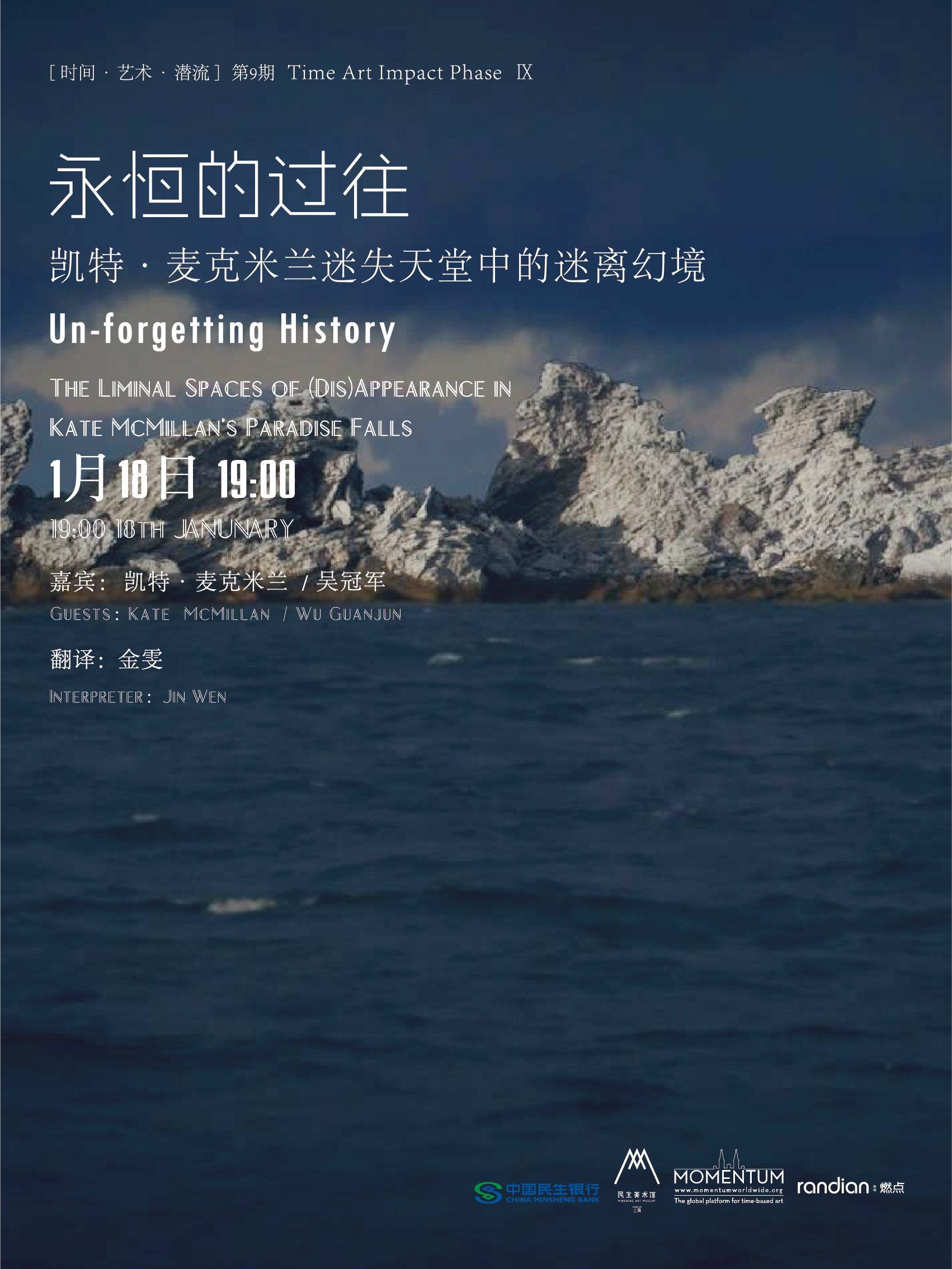


 Back to Homepage
Back to Homepage
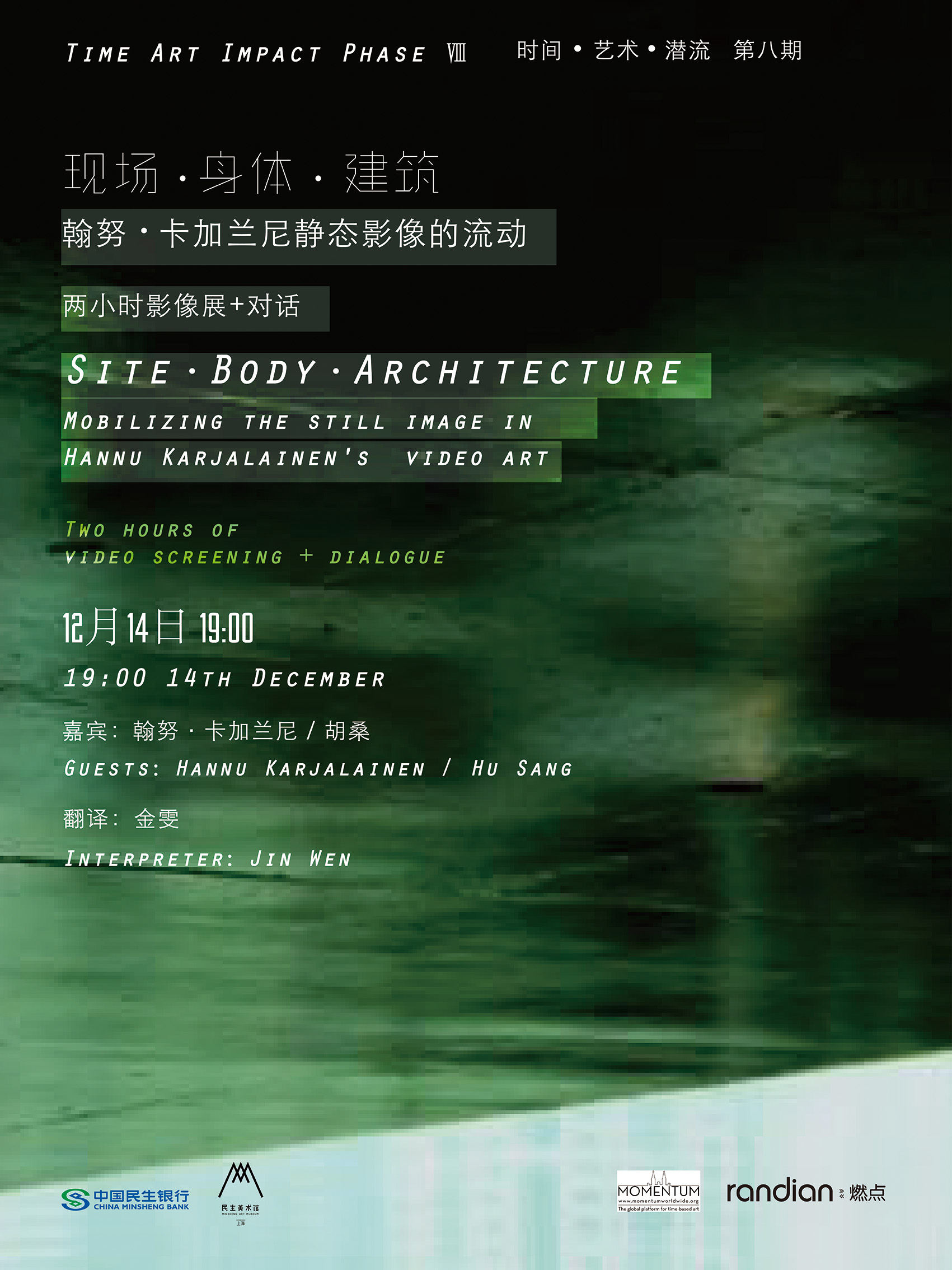
 Back to Index
Back to Index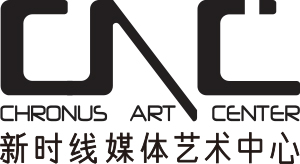
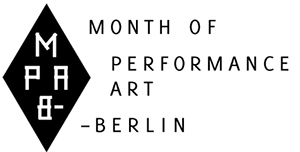

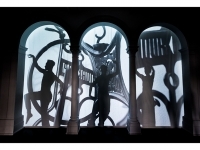
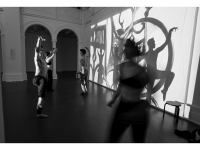
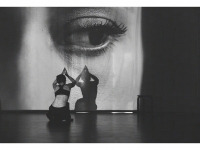
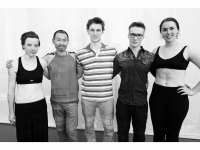
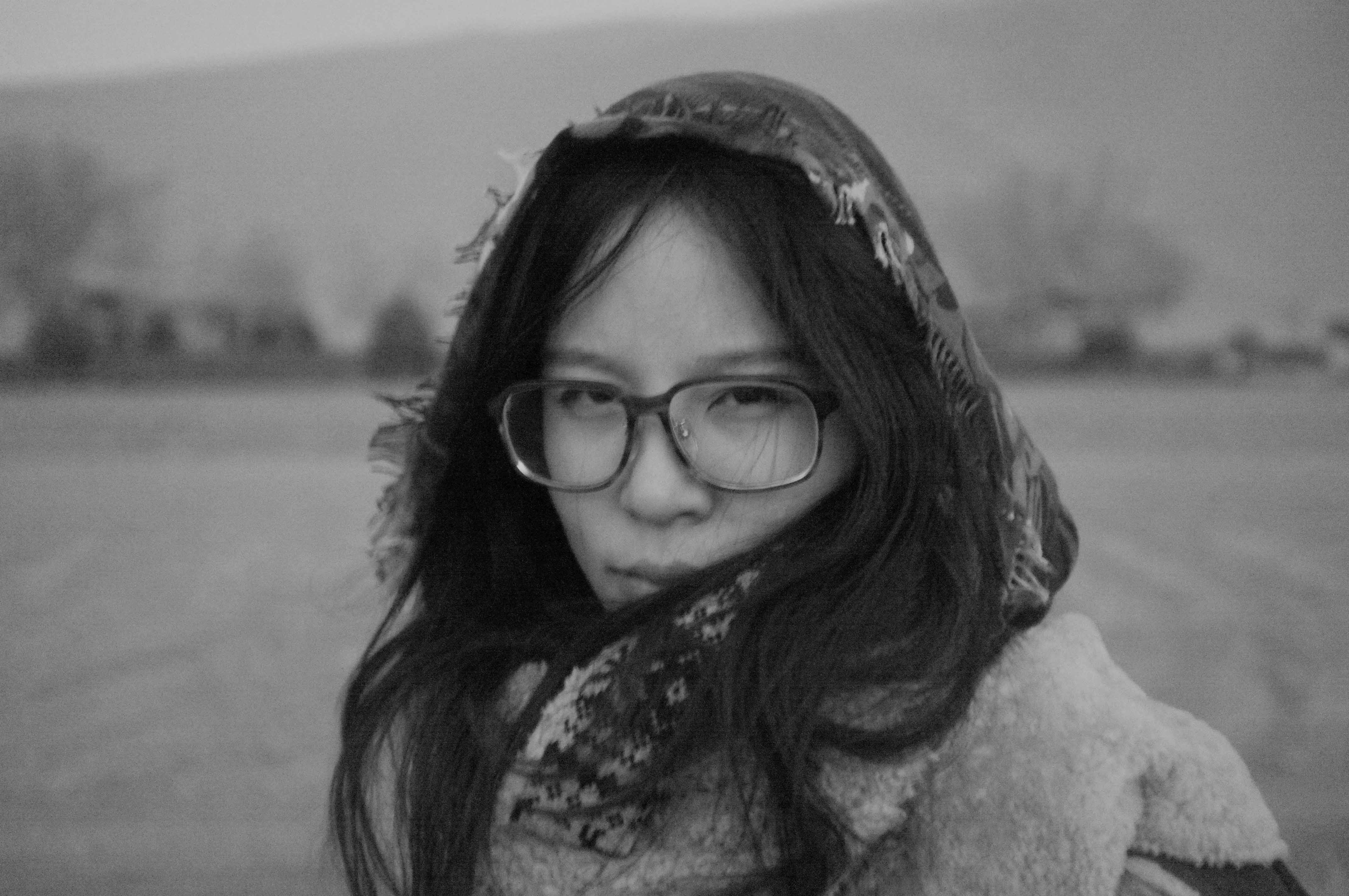
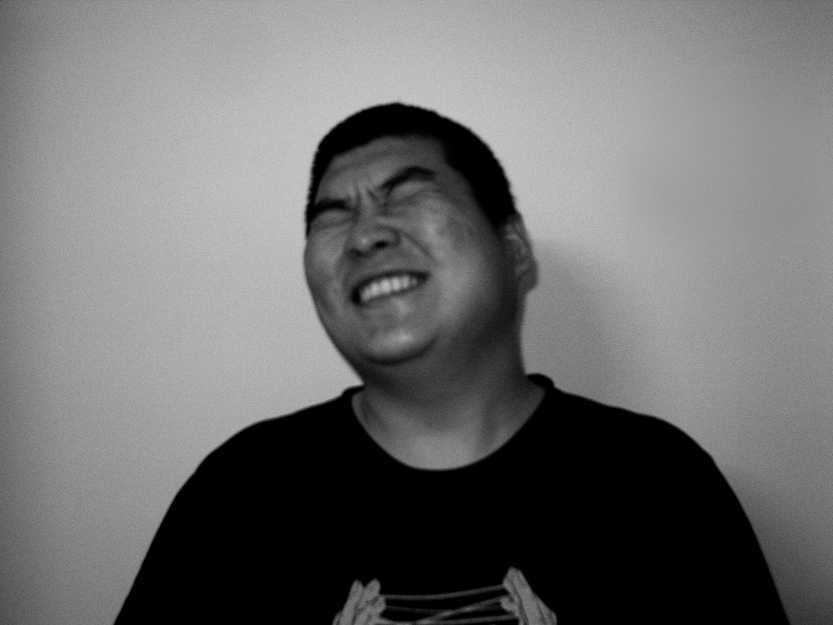
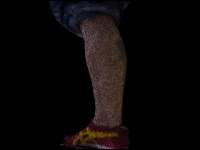
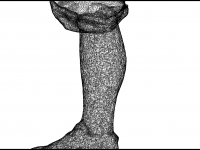
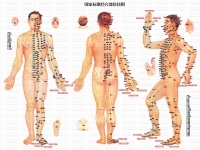
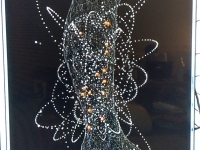


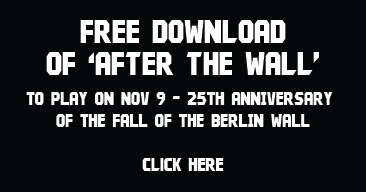
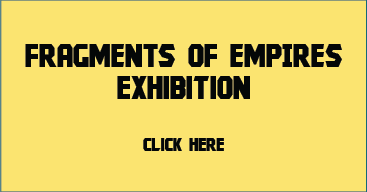
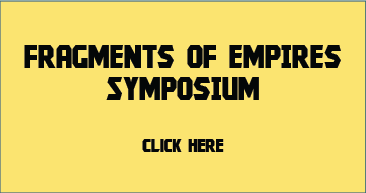


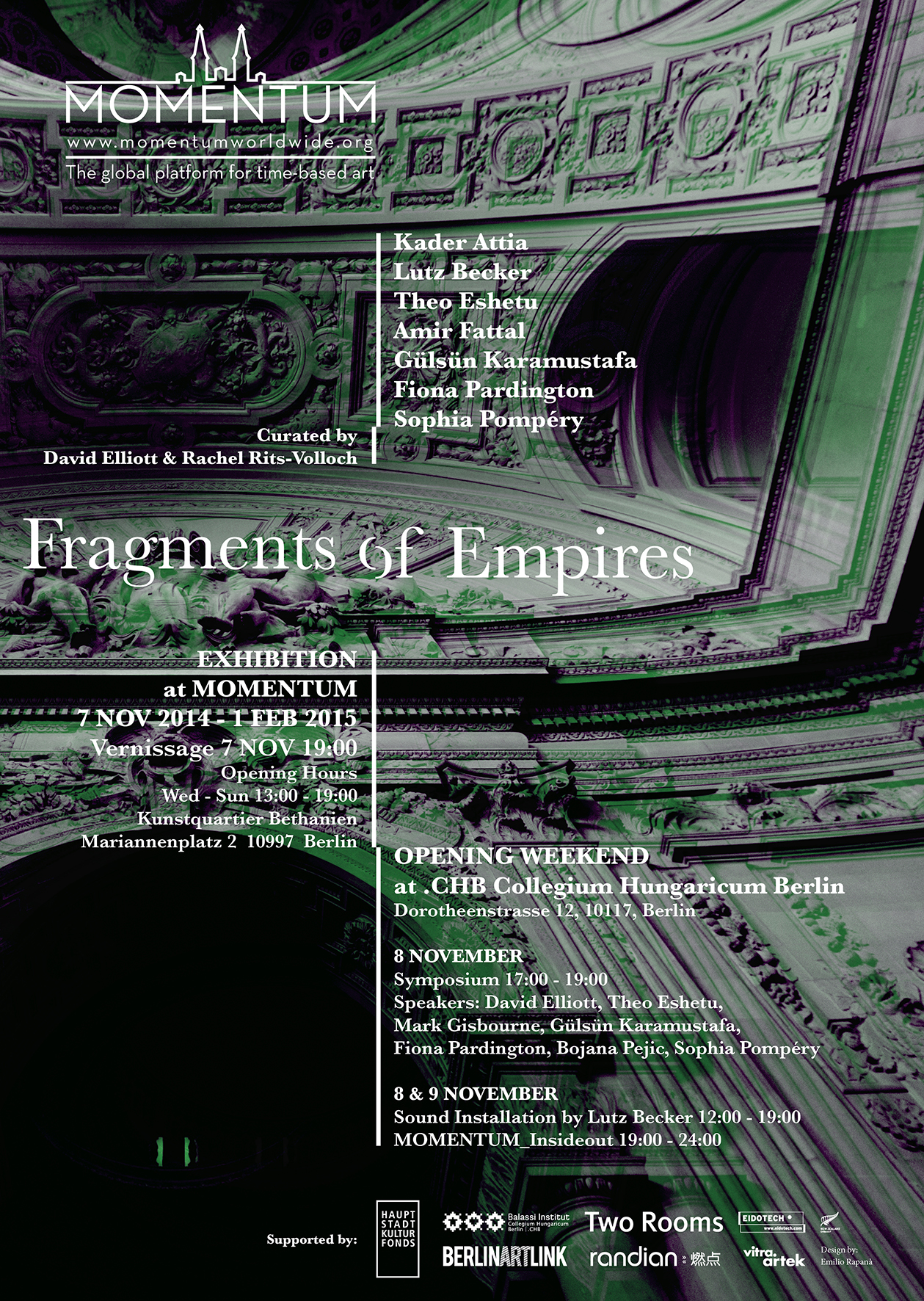

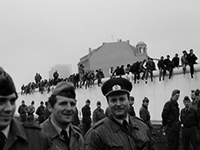
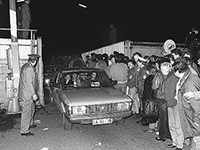
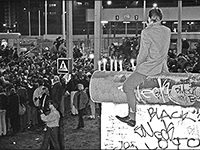
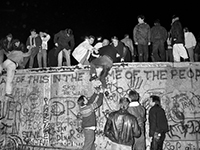
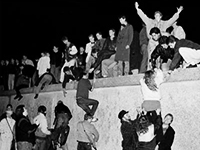
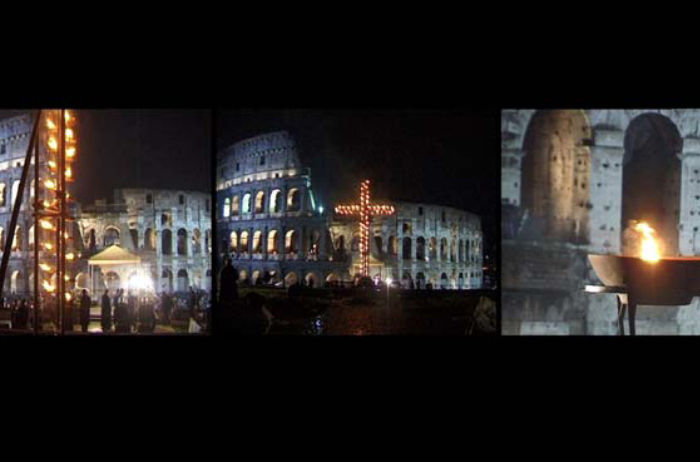


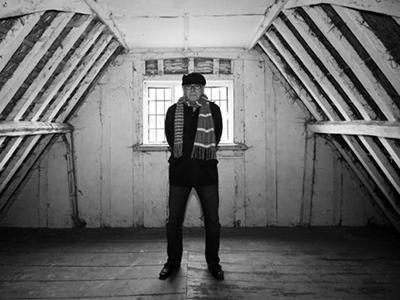
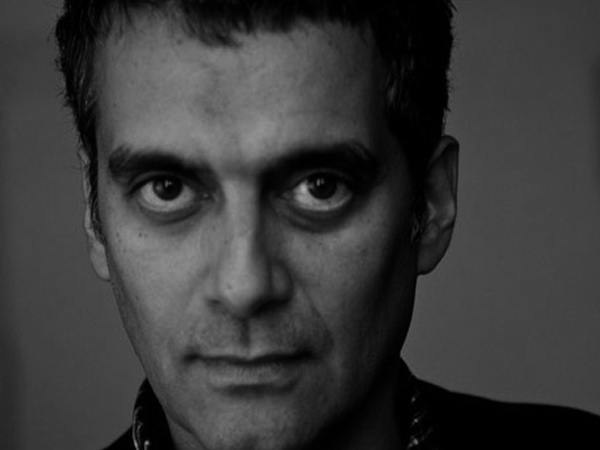
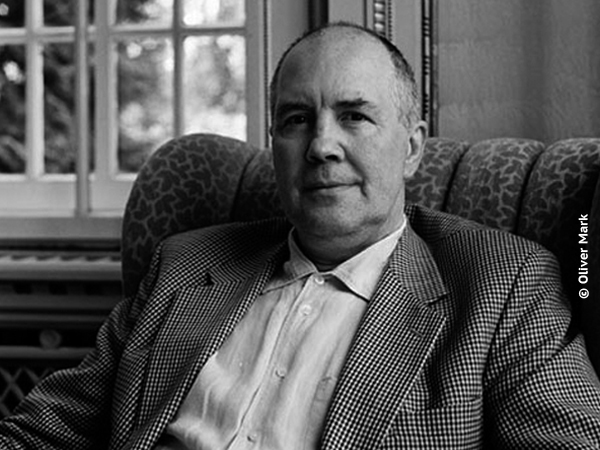
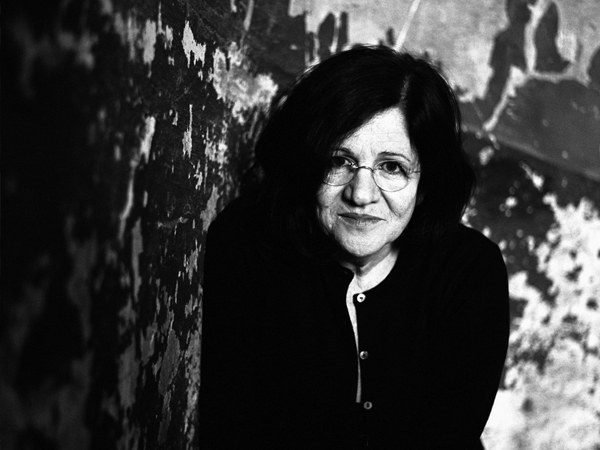
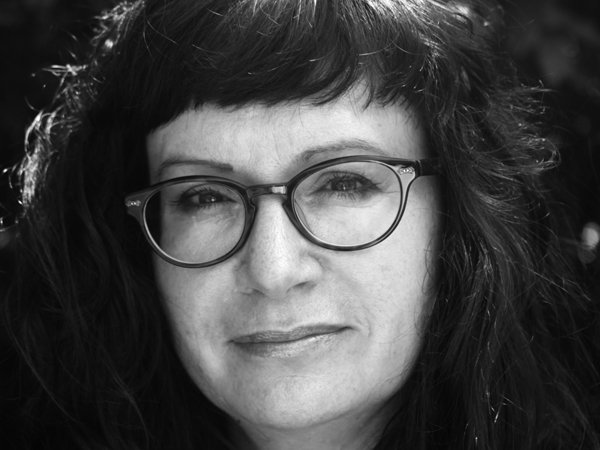
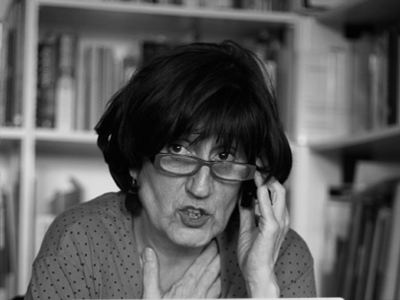
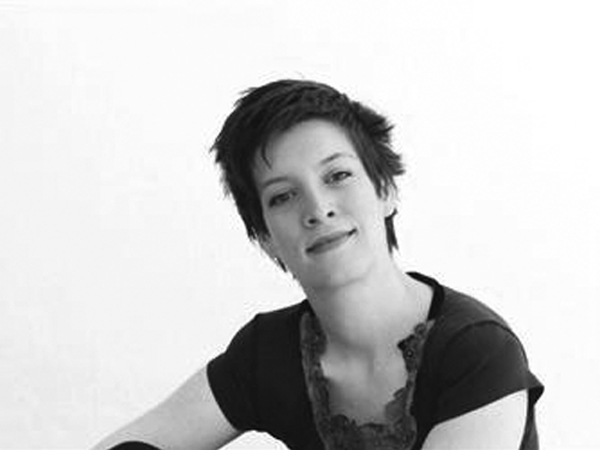
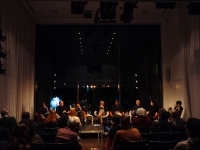
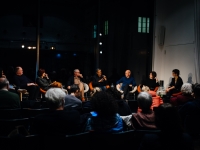
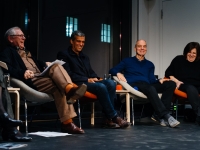
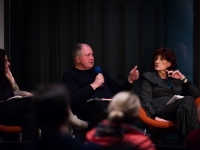
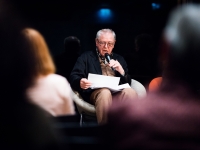
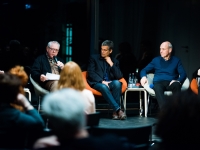
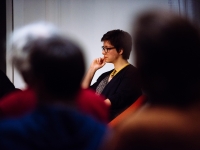
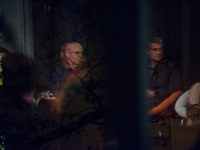
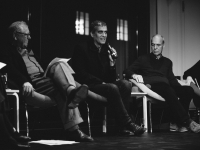
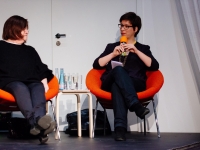
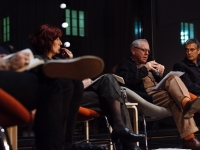
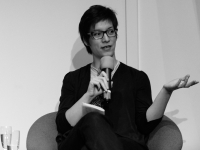
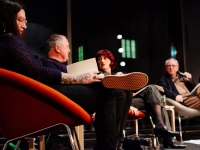
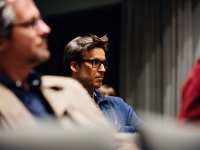
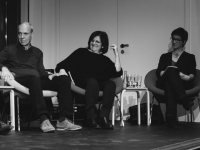
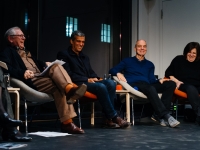
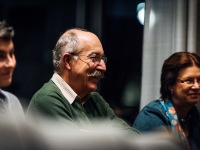
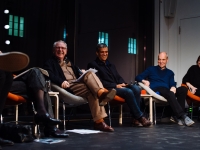
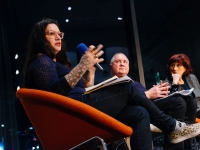
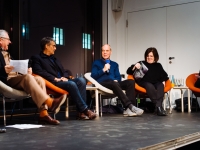
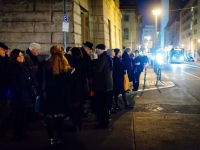
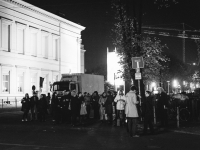
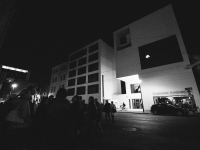
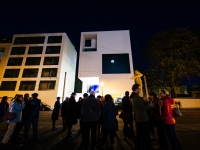
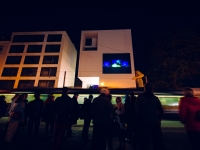
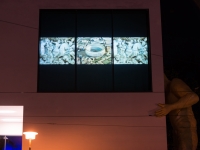
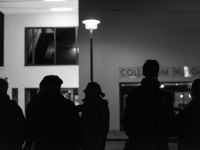
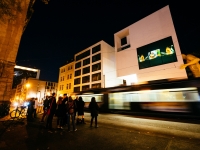
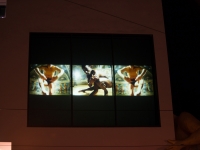





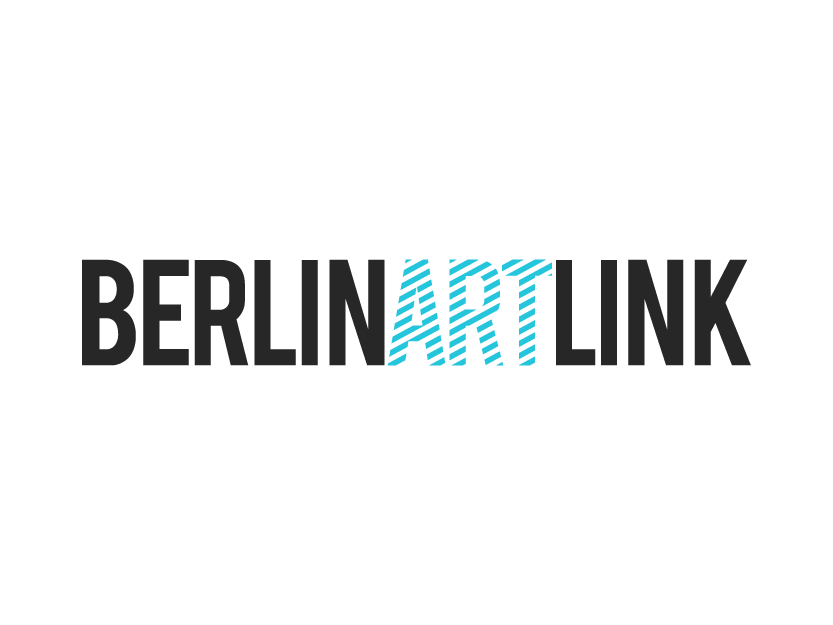

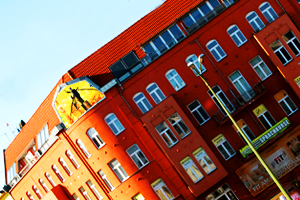
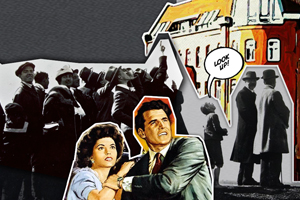
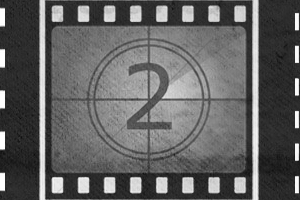

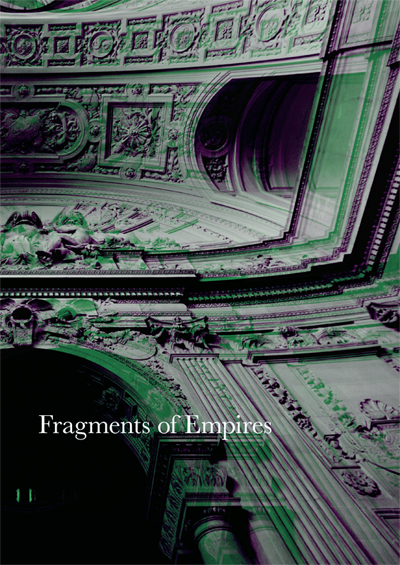
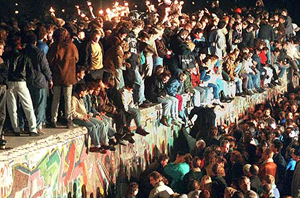

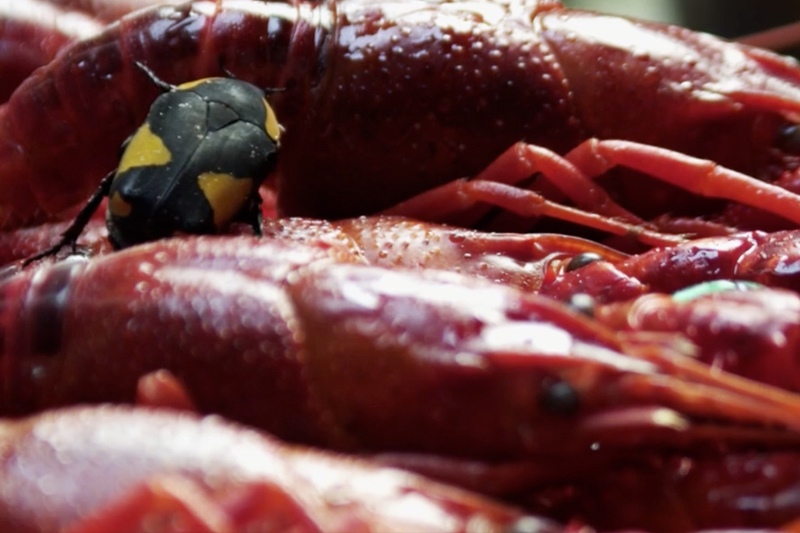

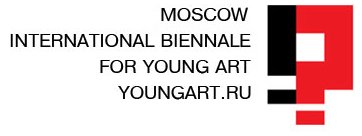
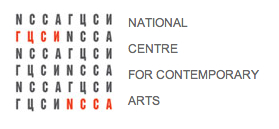

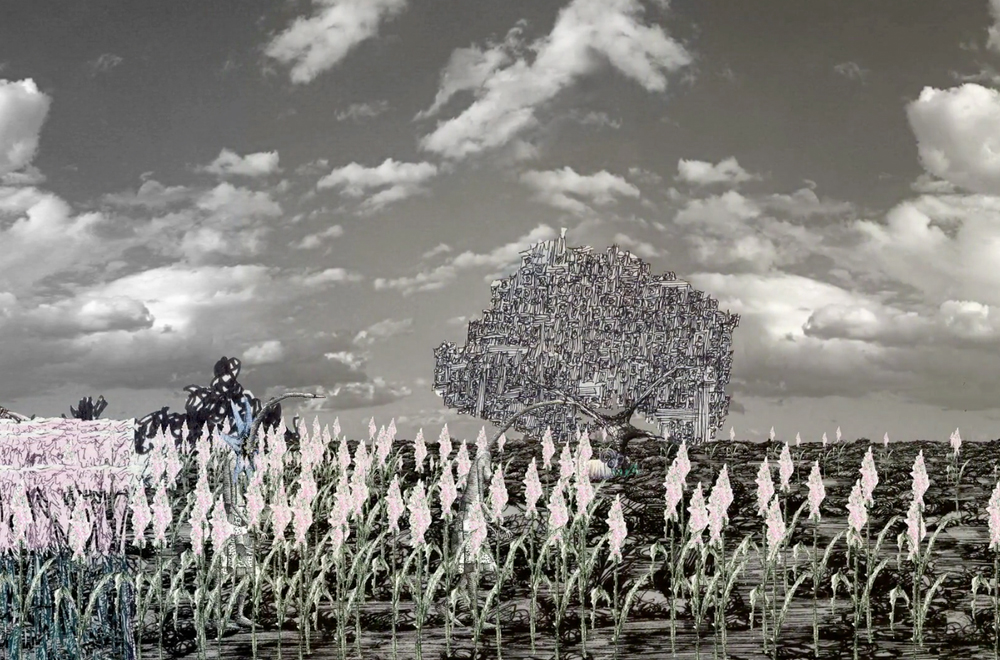
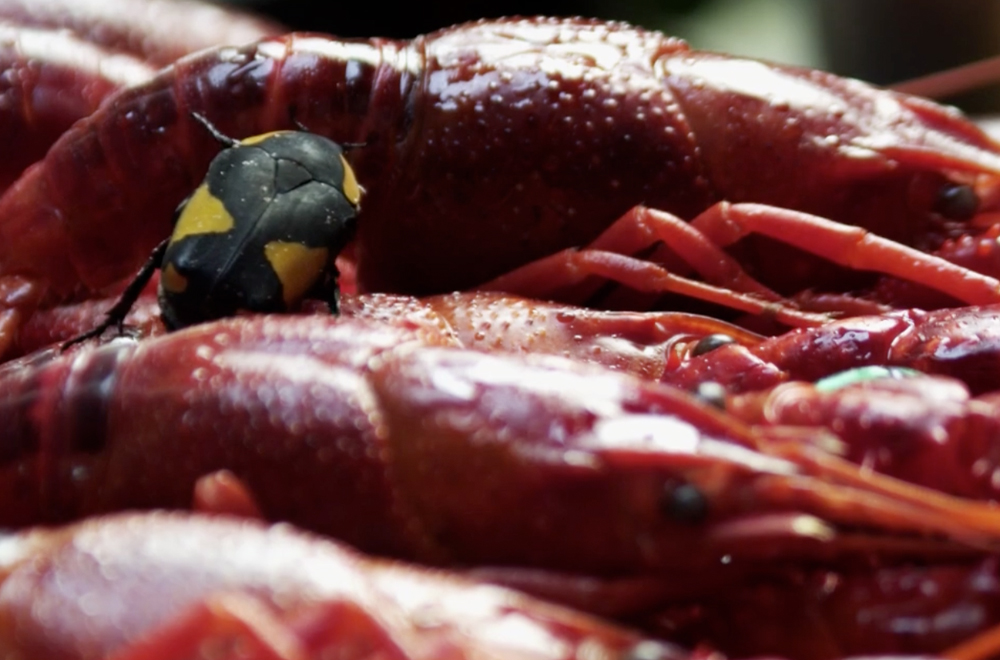
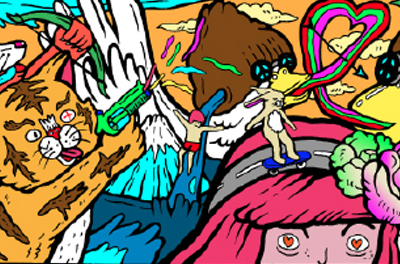
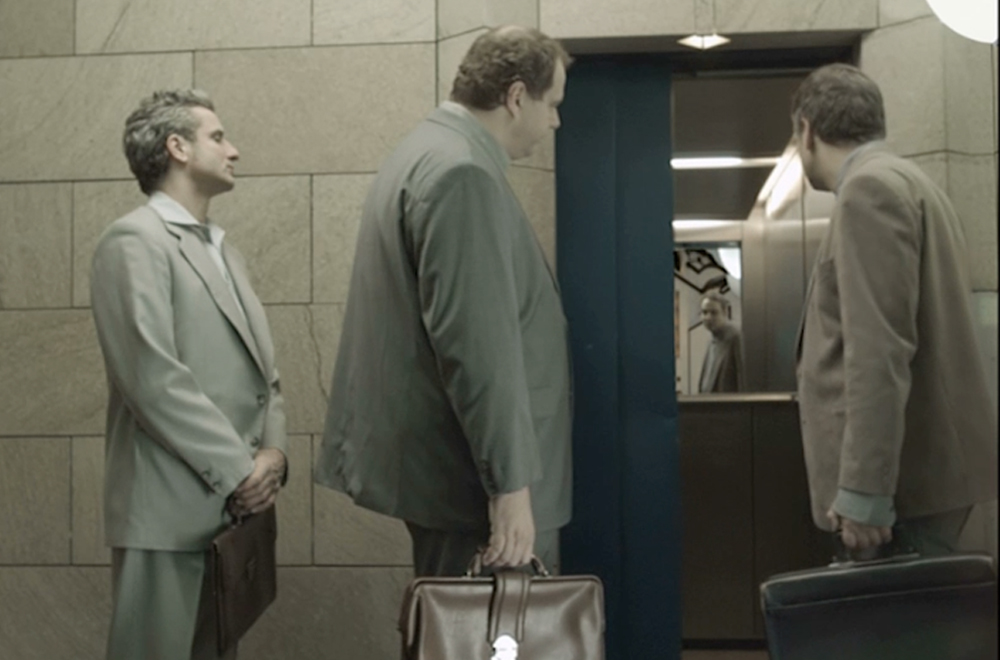

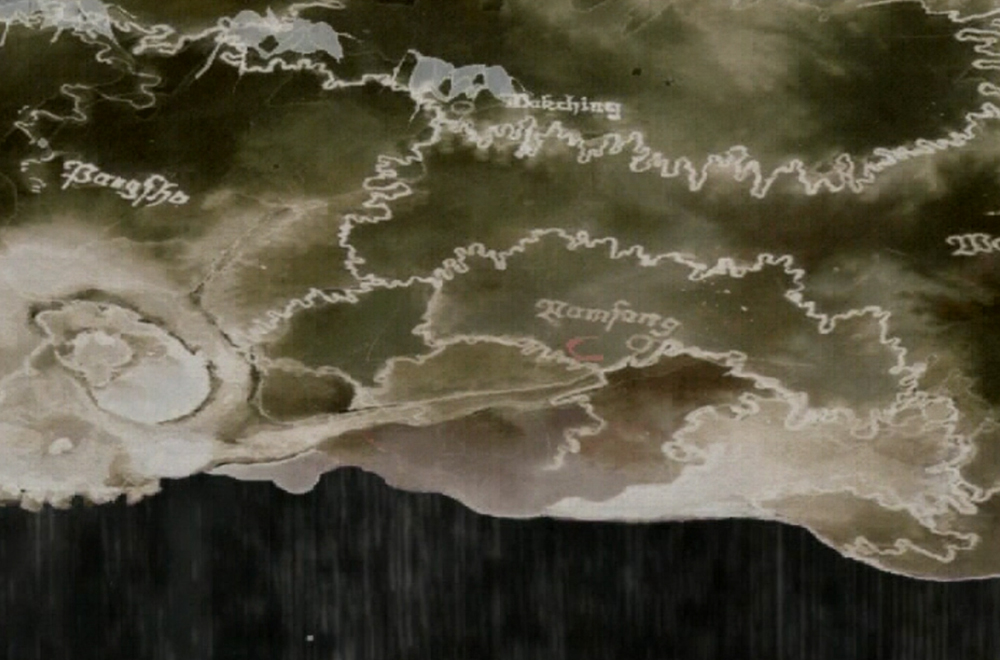
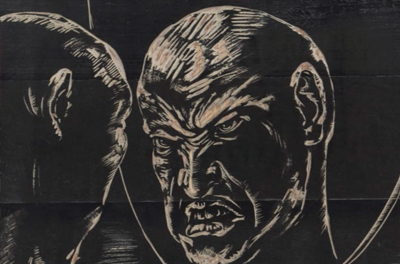
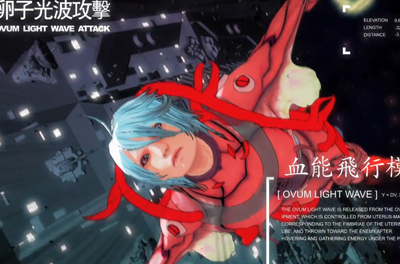
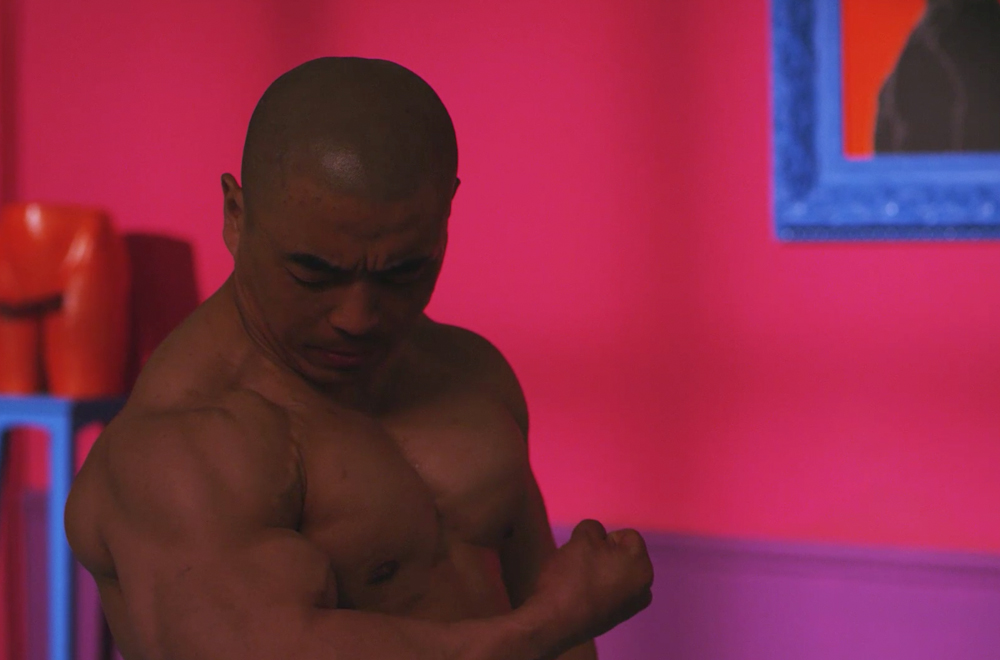

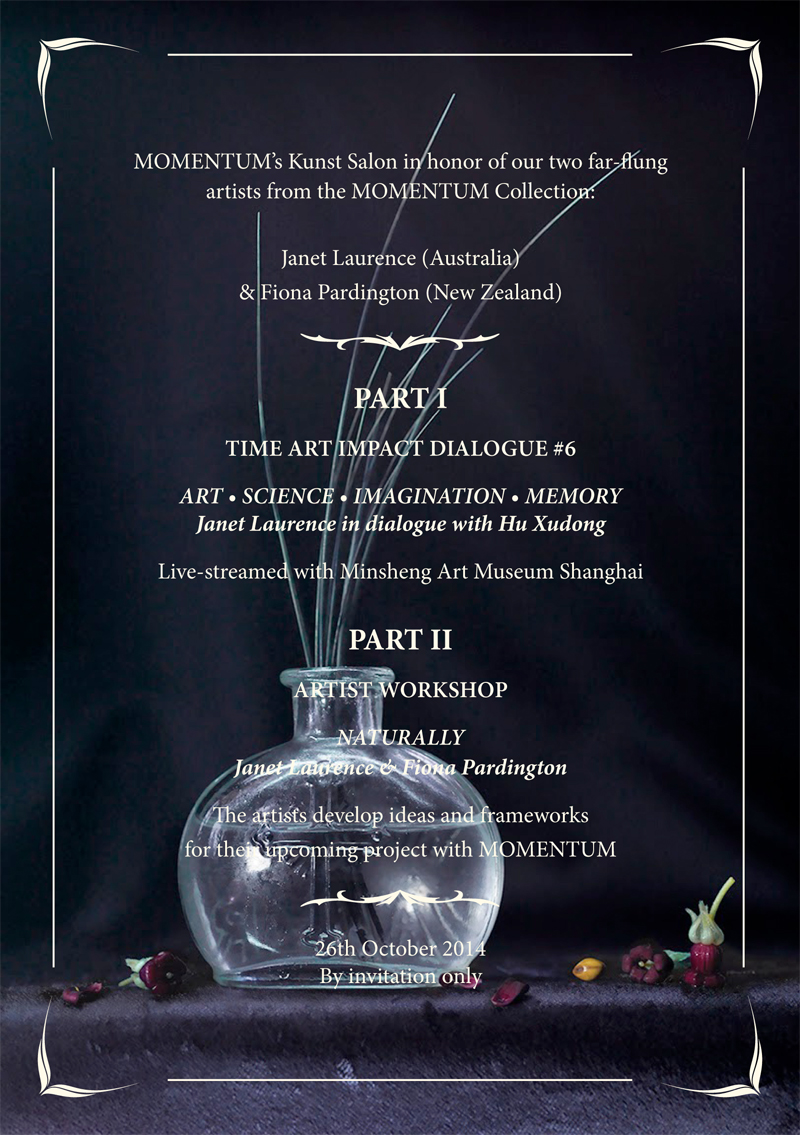
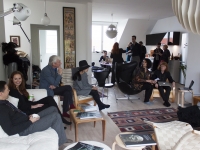
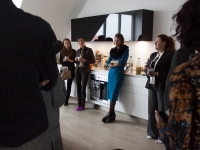
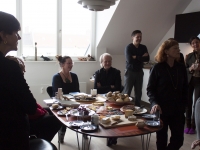
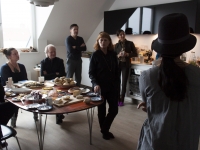
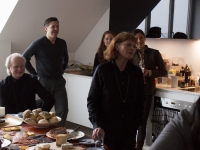
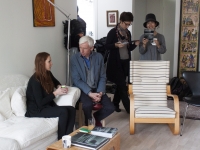
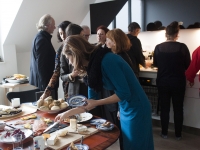
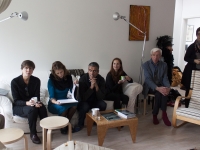
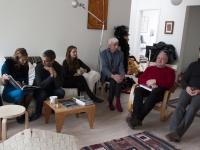
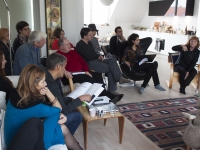
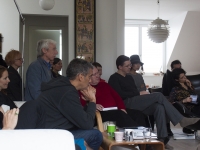
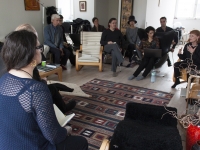
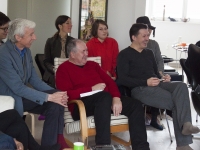
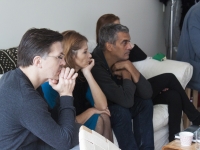
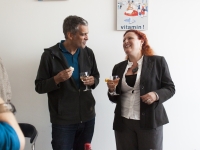
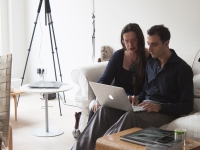
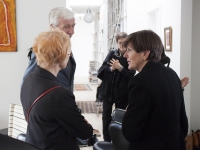
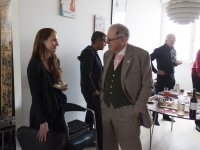
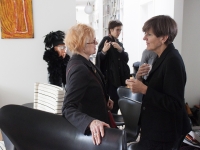
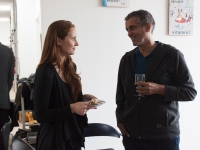
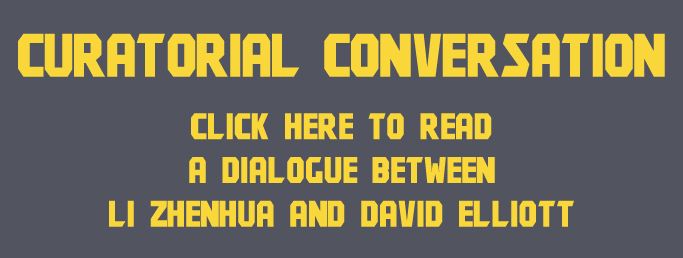
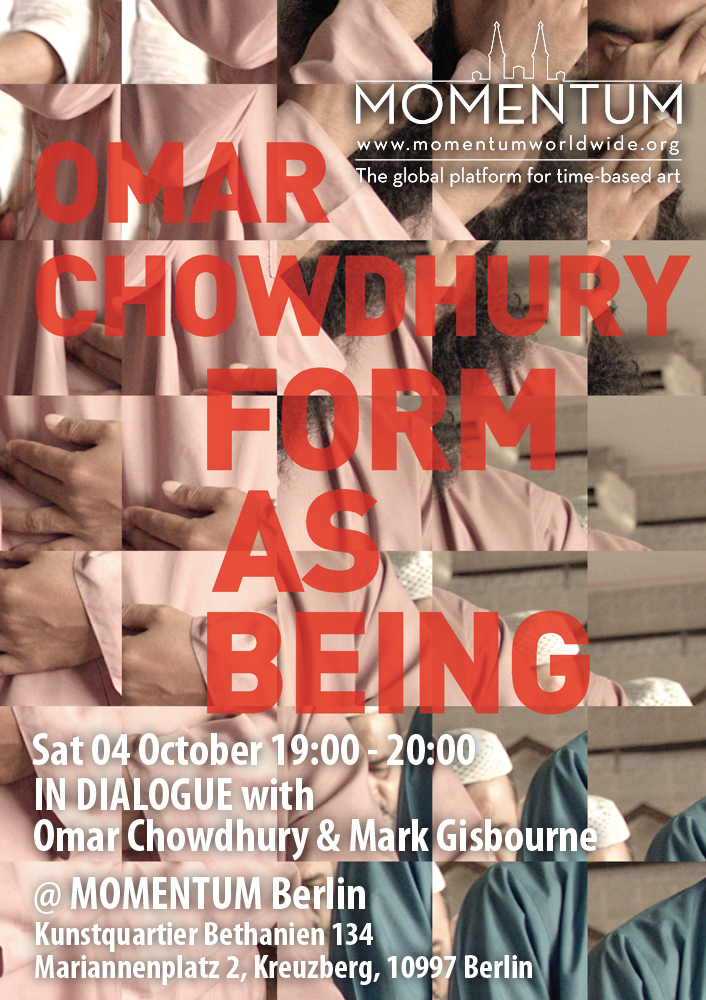

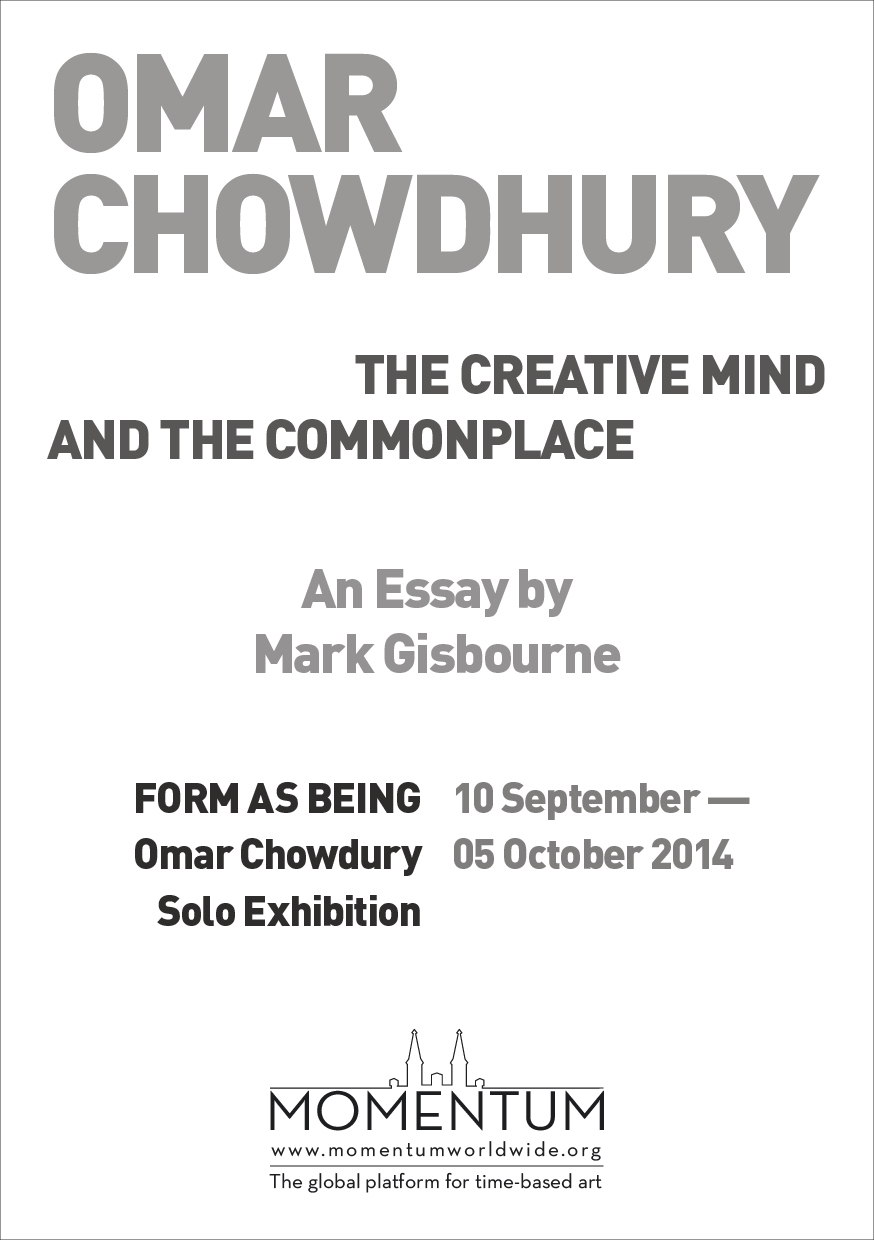
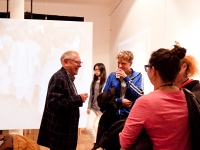
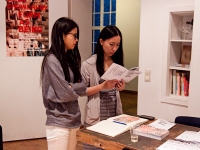
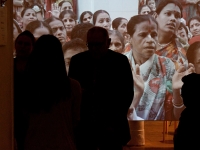
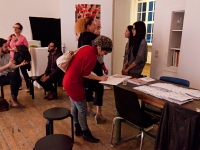
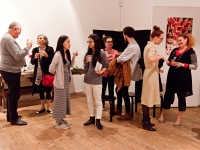
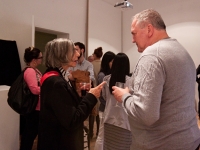
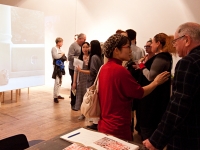
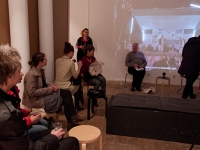
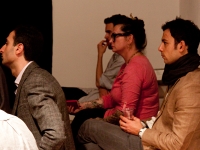
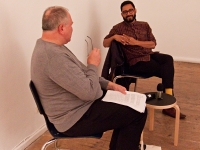
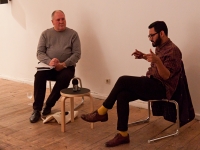
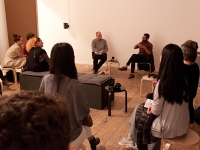
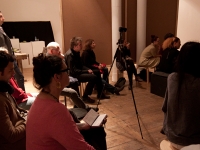
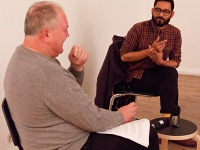
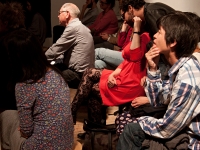
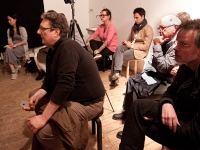
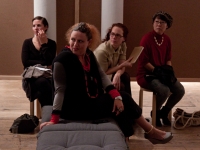
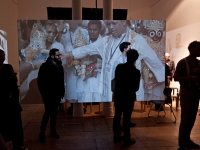
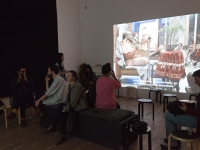
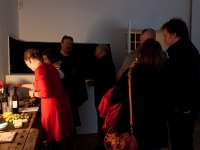
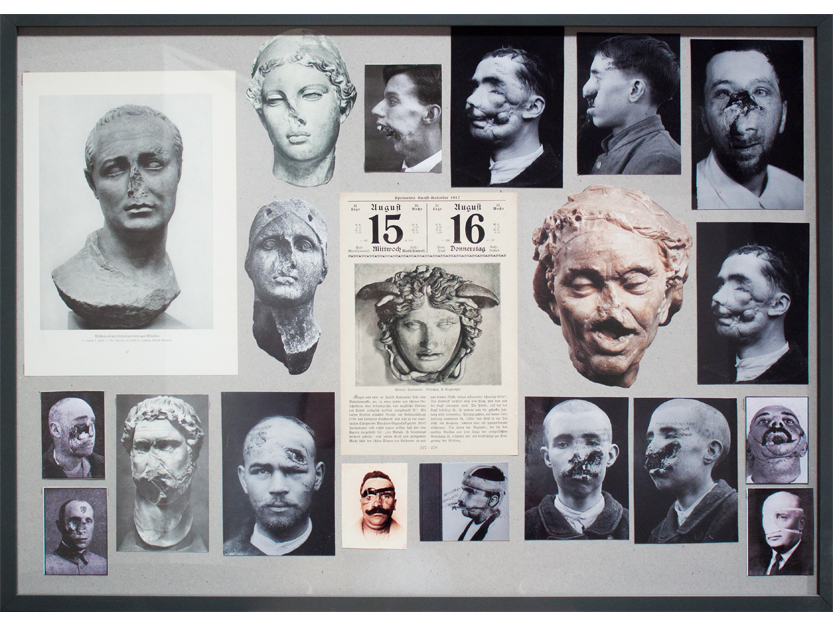
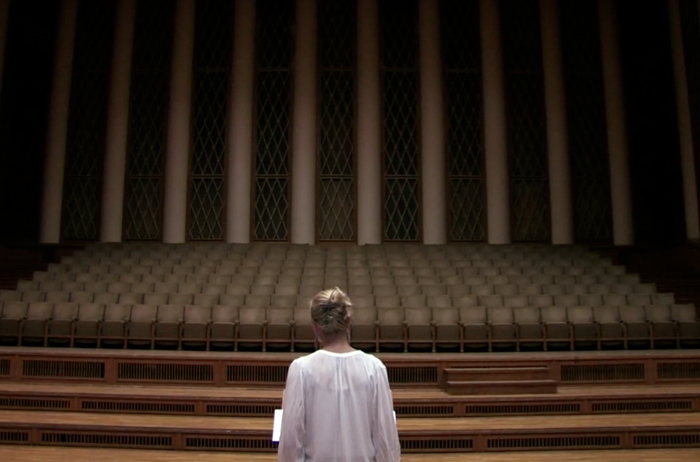
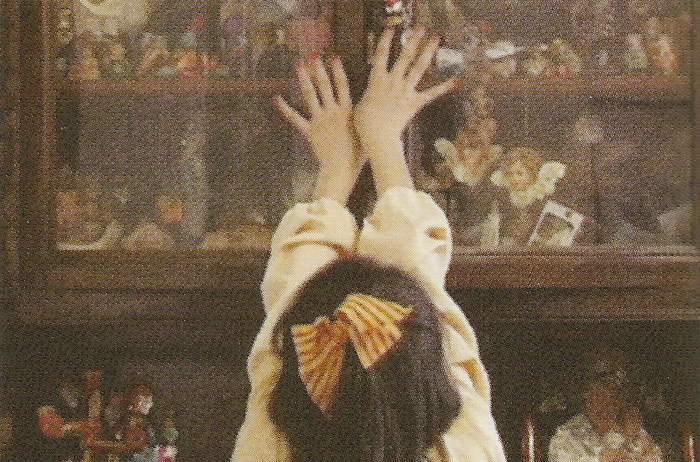
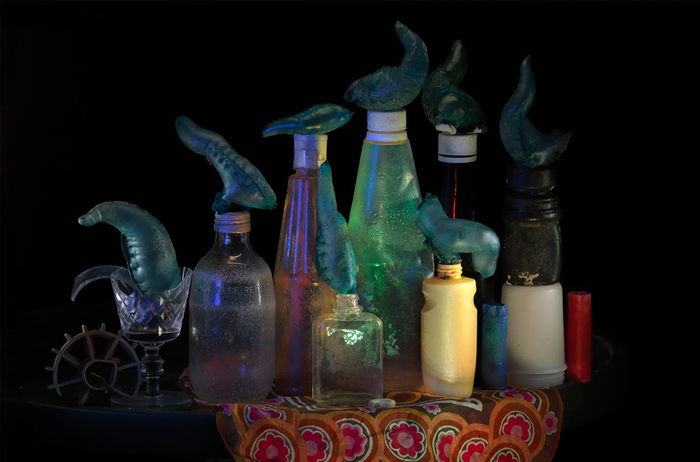
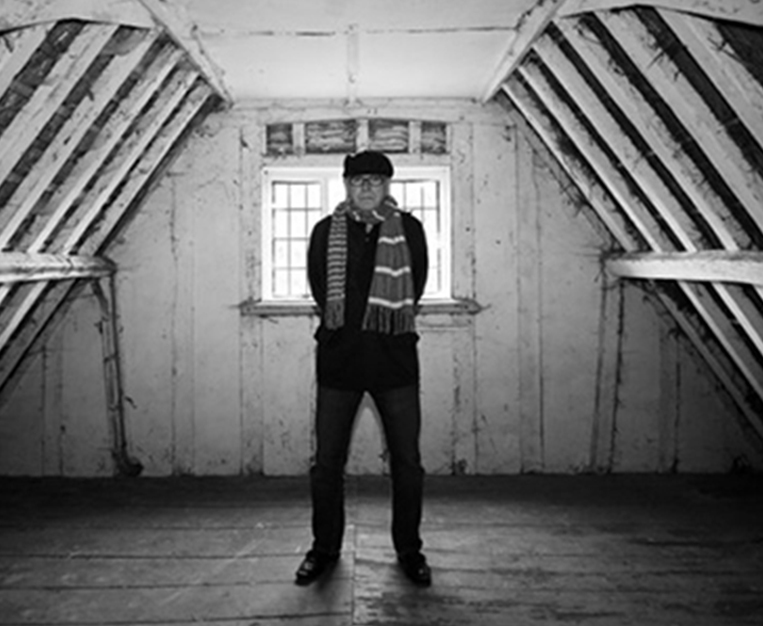
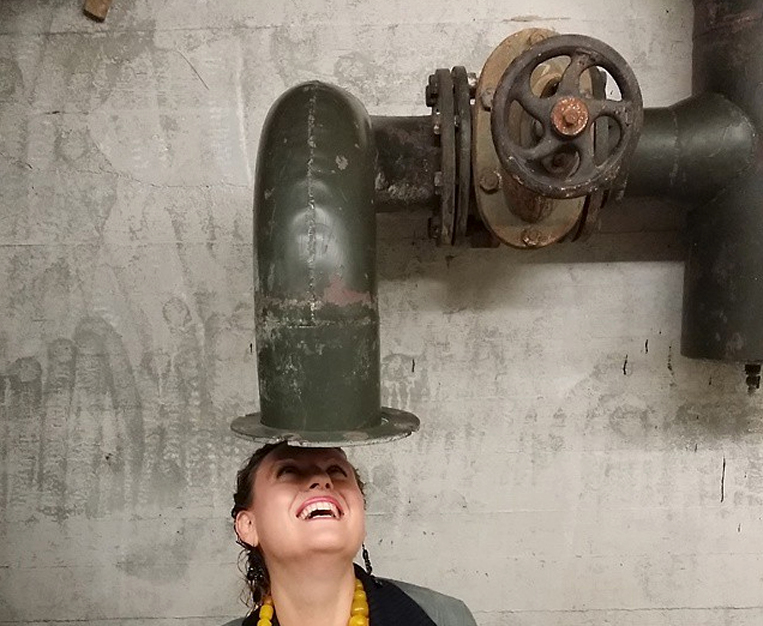
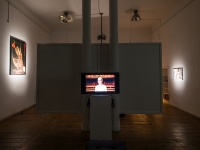
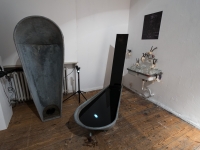
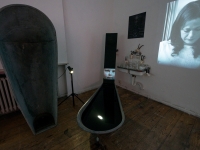
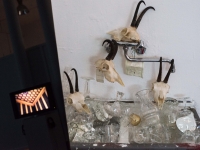
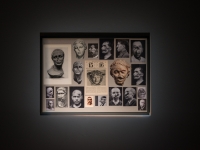
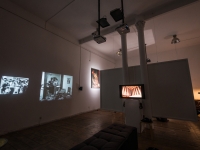
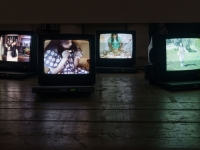
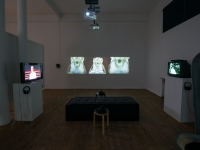
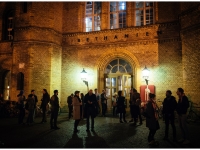
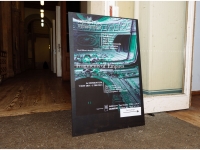
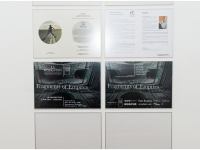
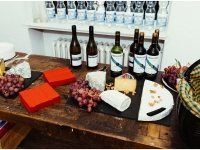
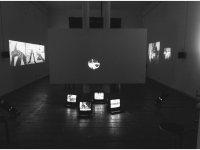
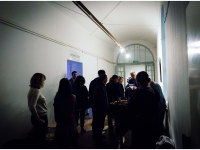
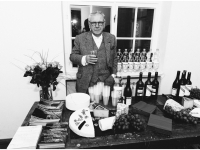
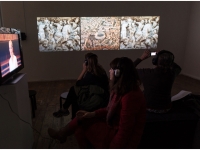
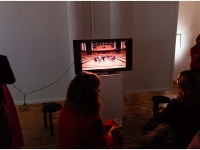
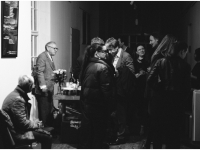
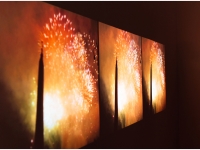
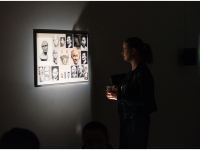
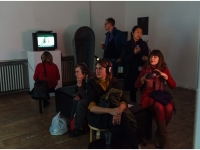
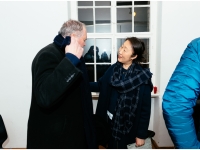
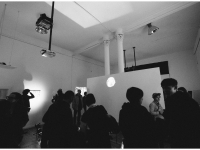
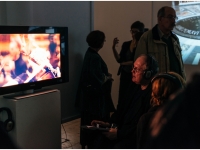
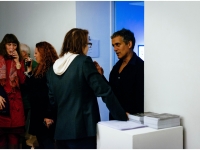
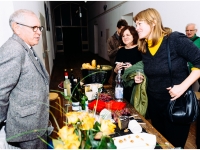
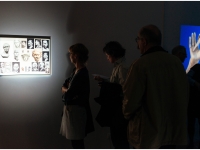
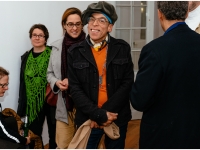
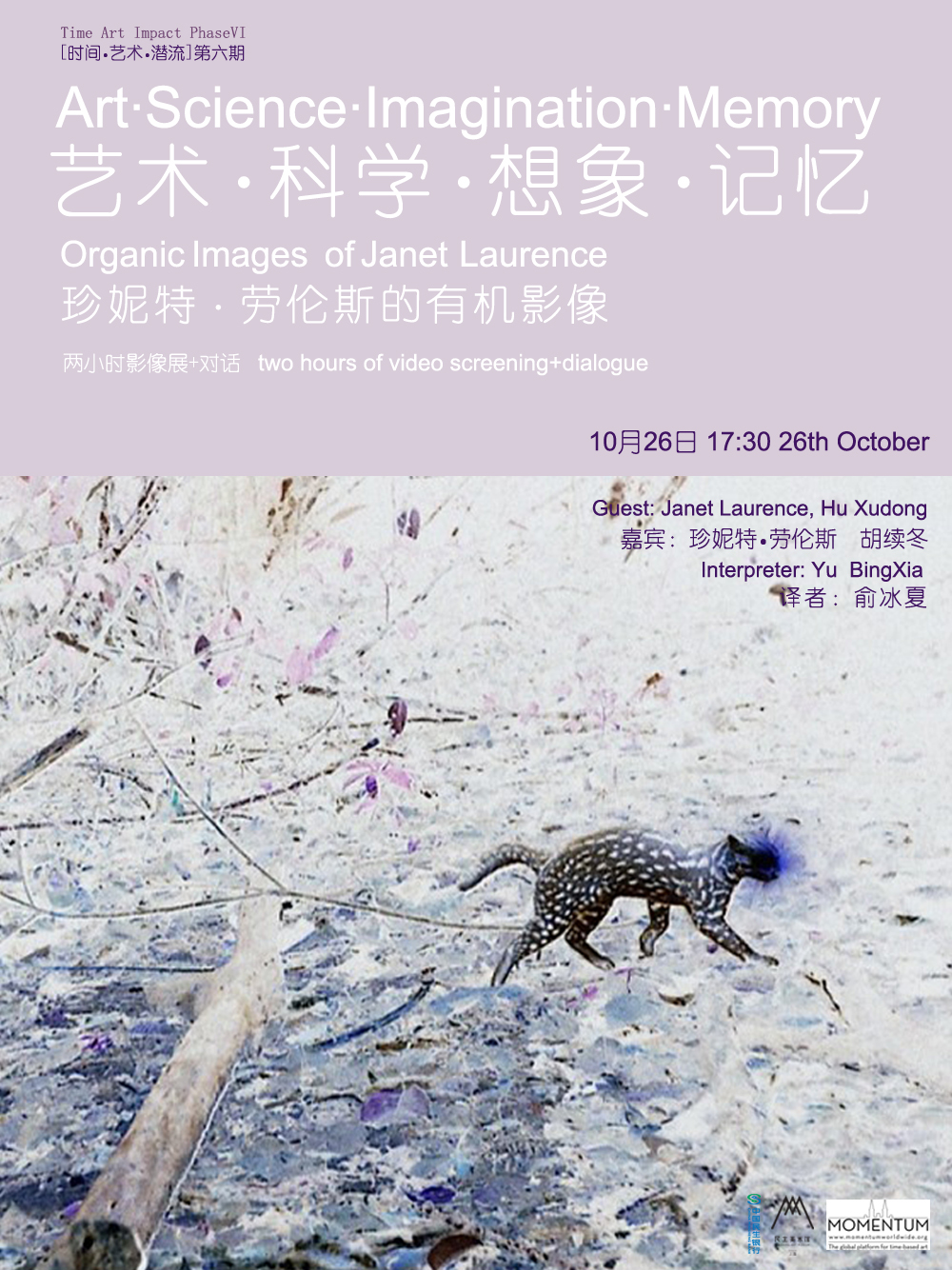
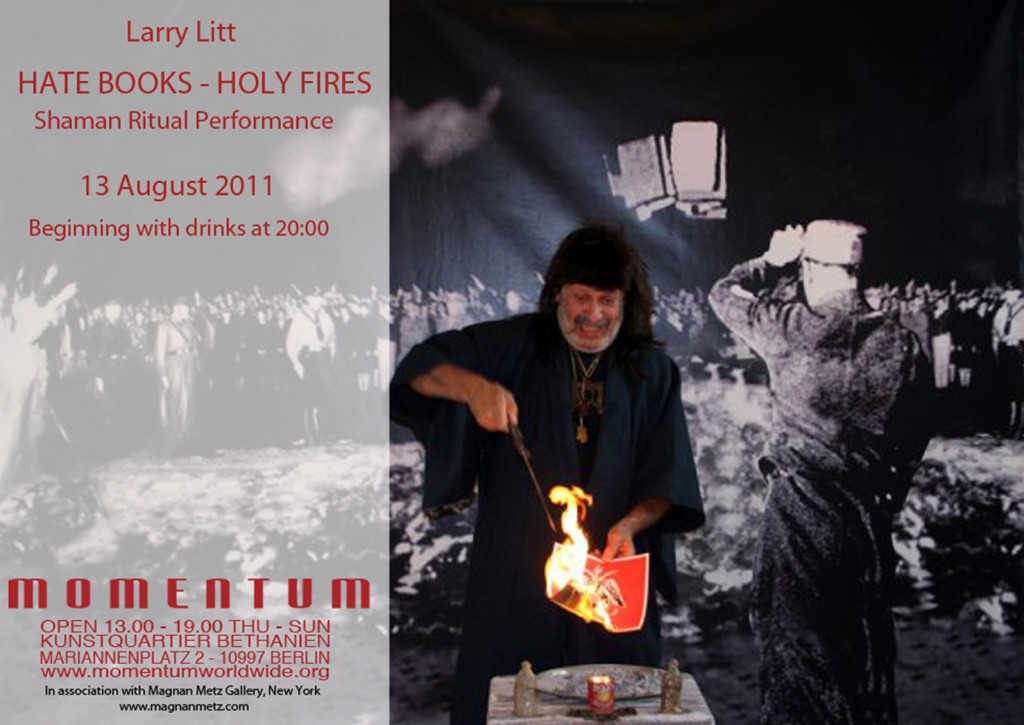
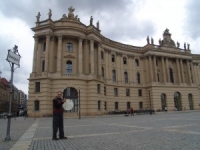
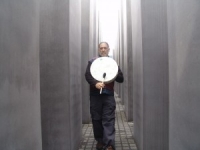
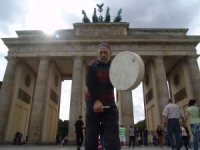
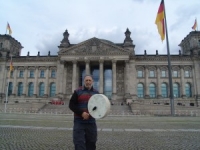
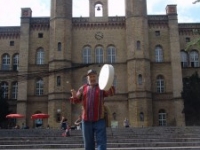
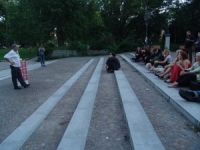
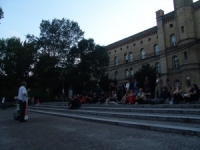
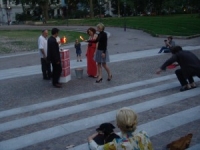
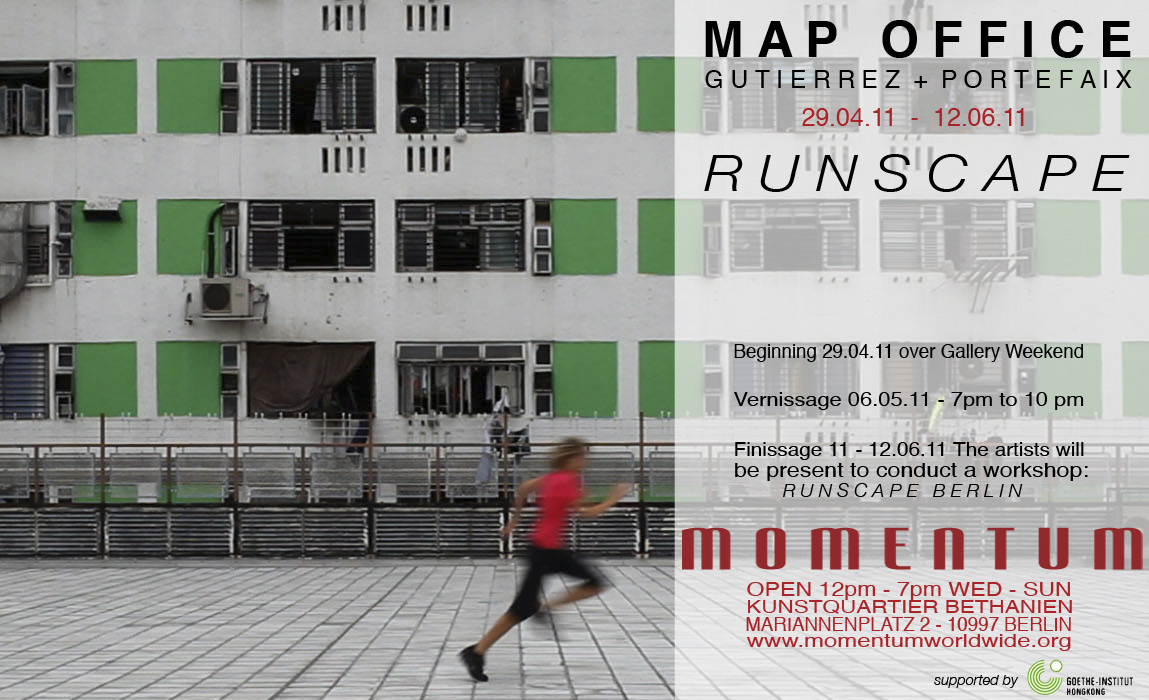

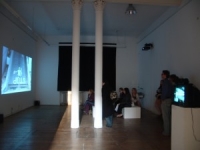
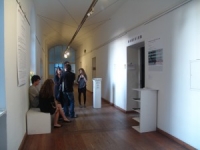
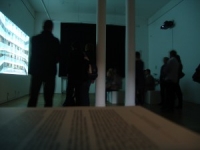
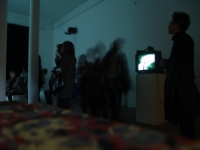
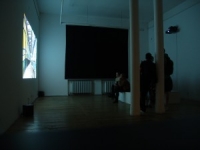
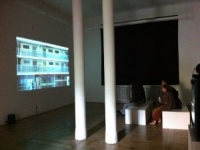
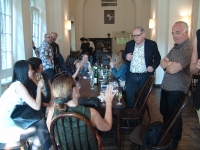
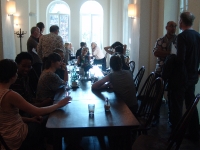
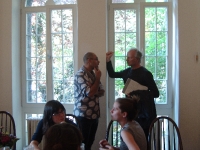
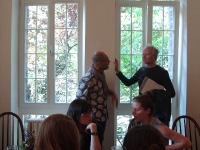
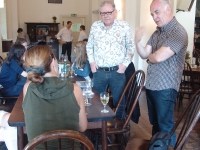

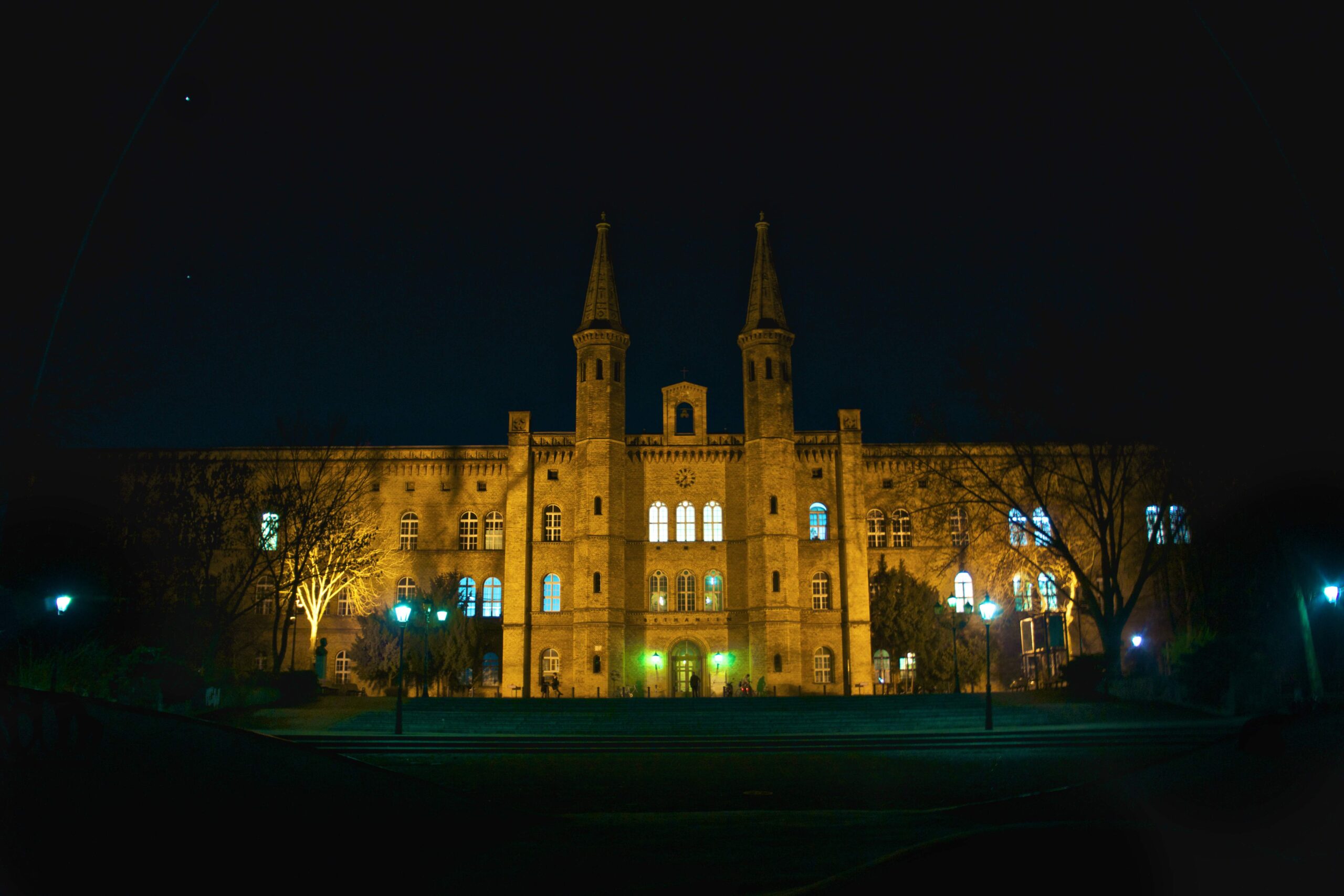
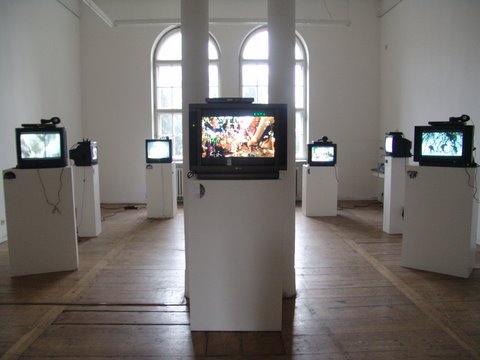
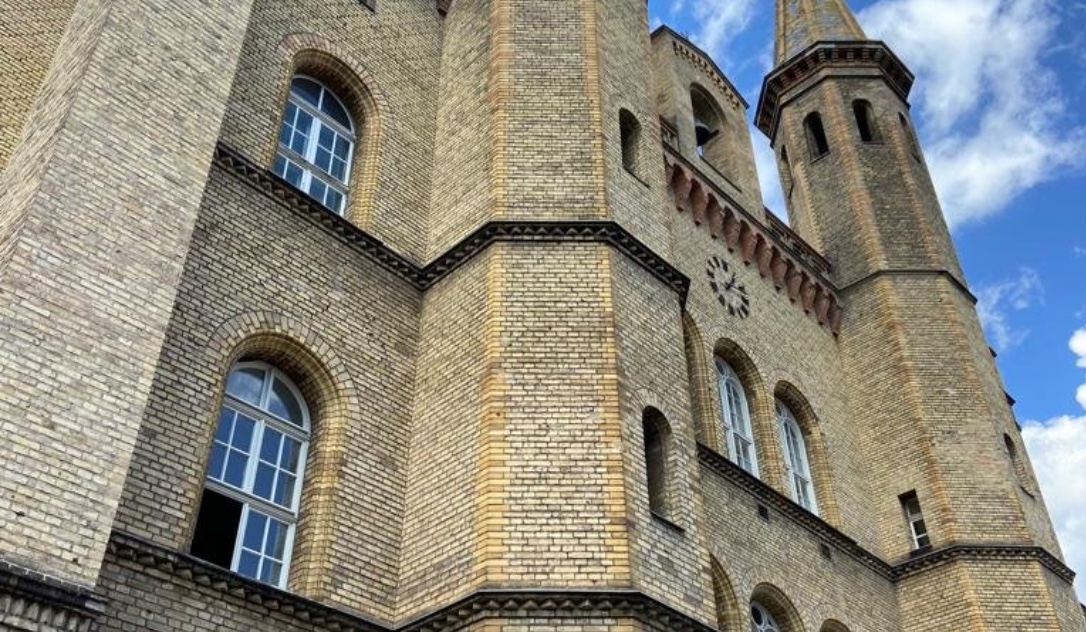

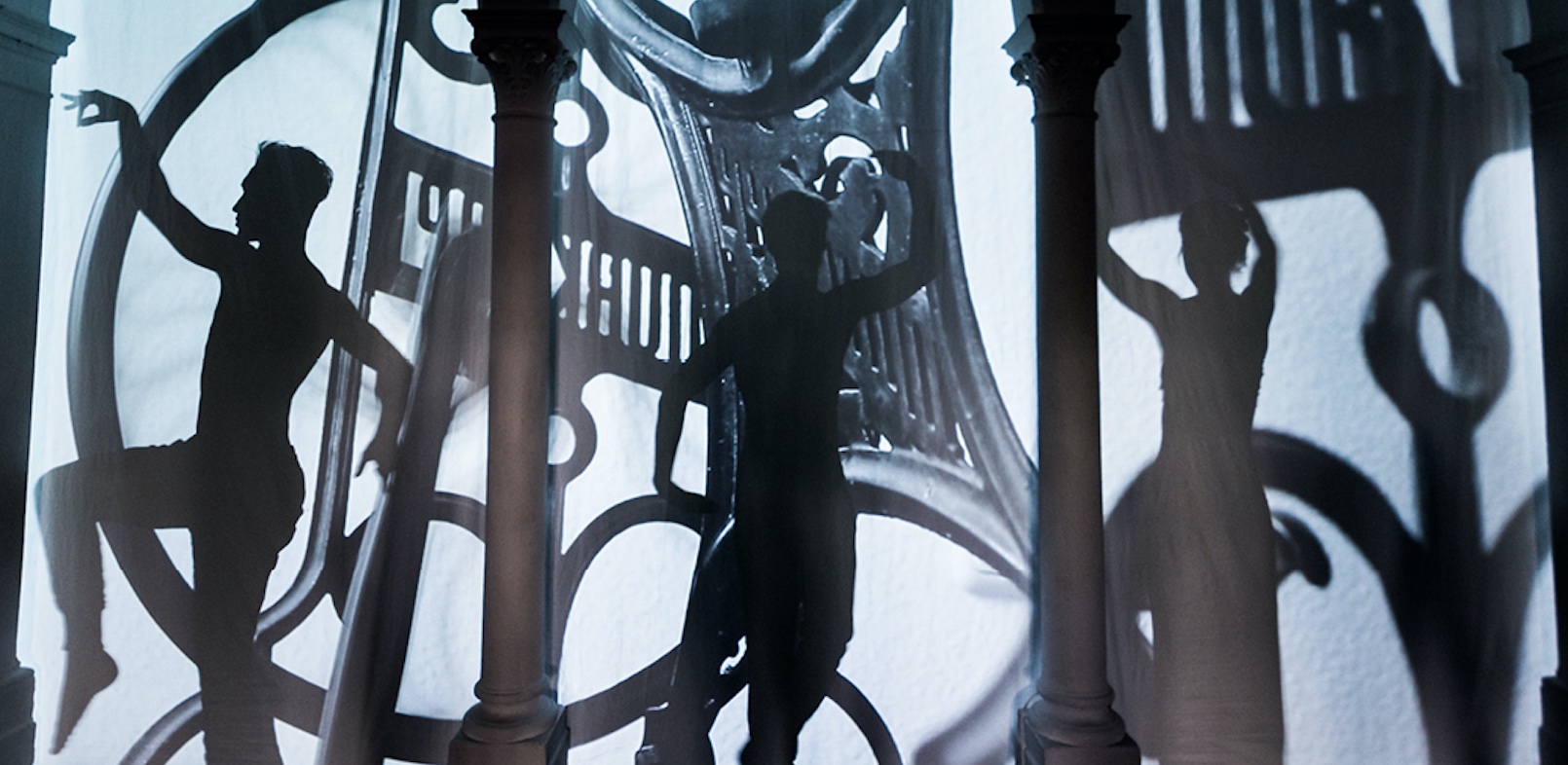
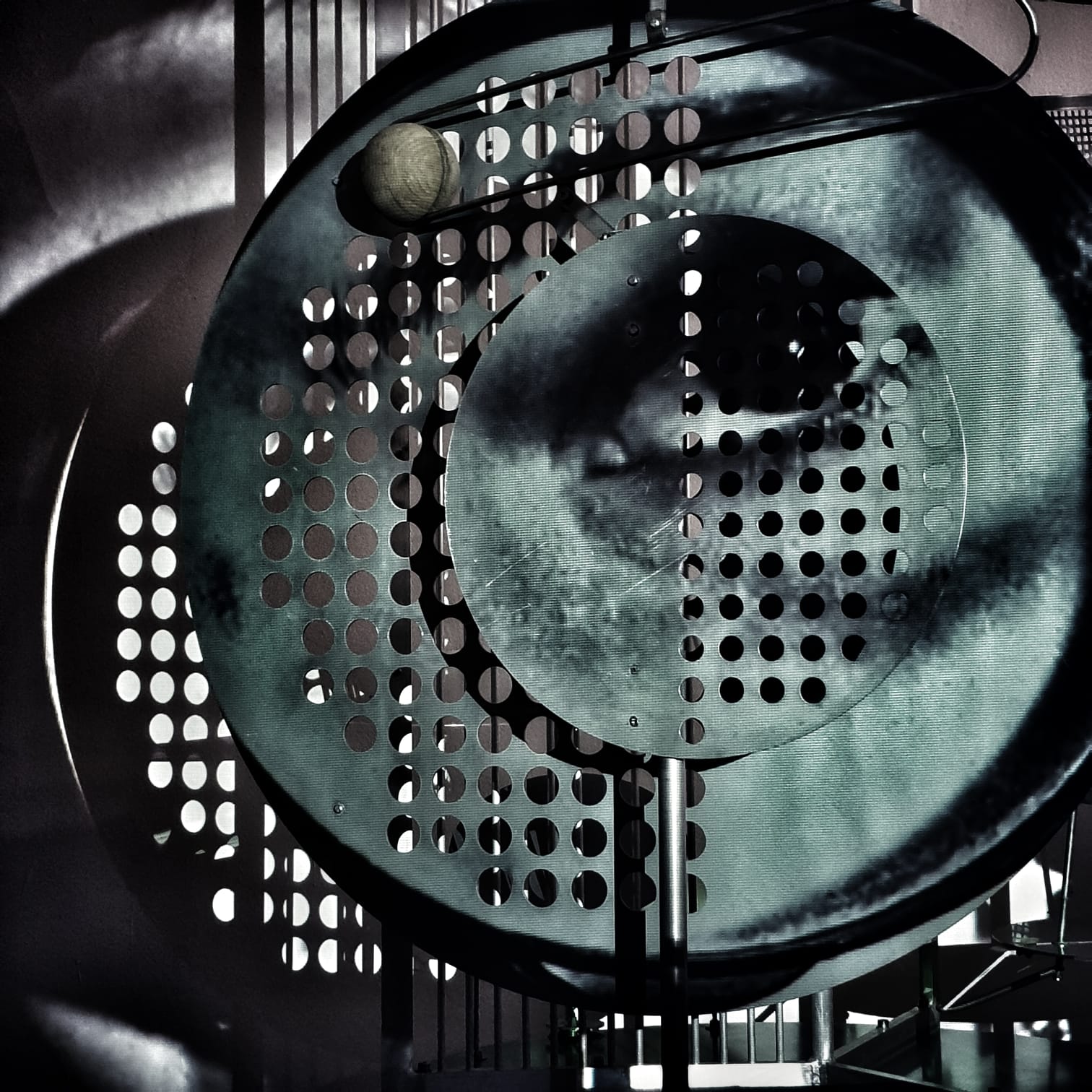
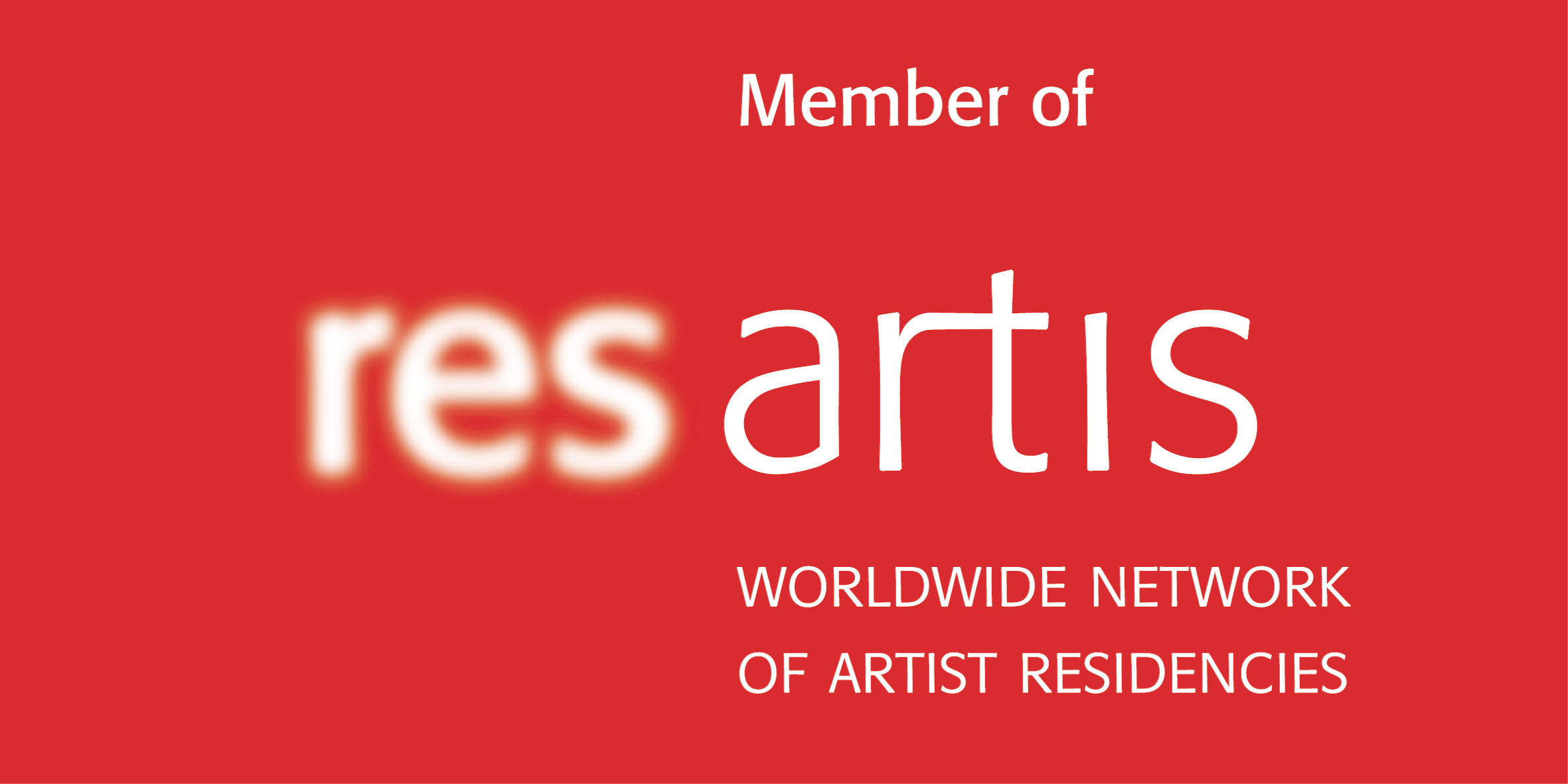
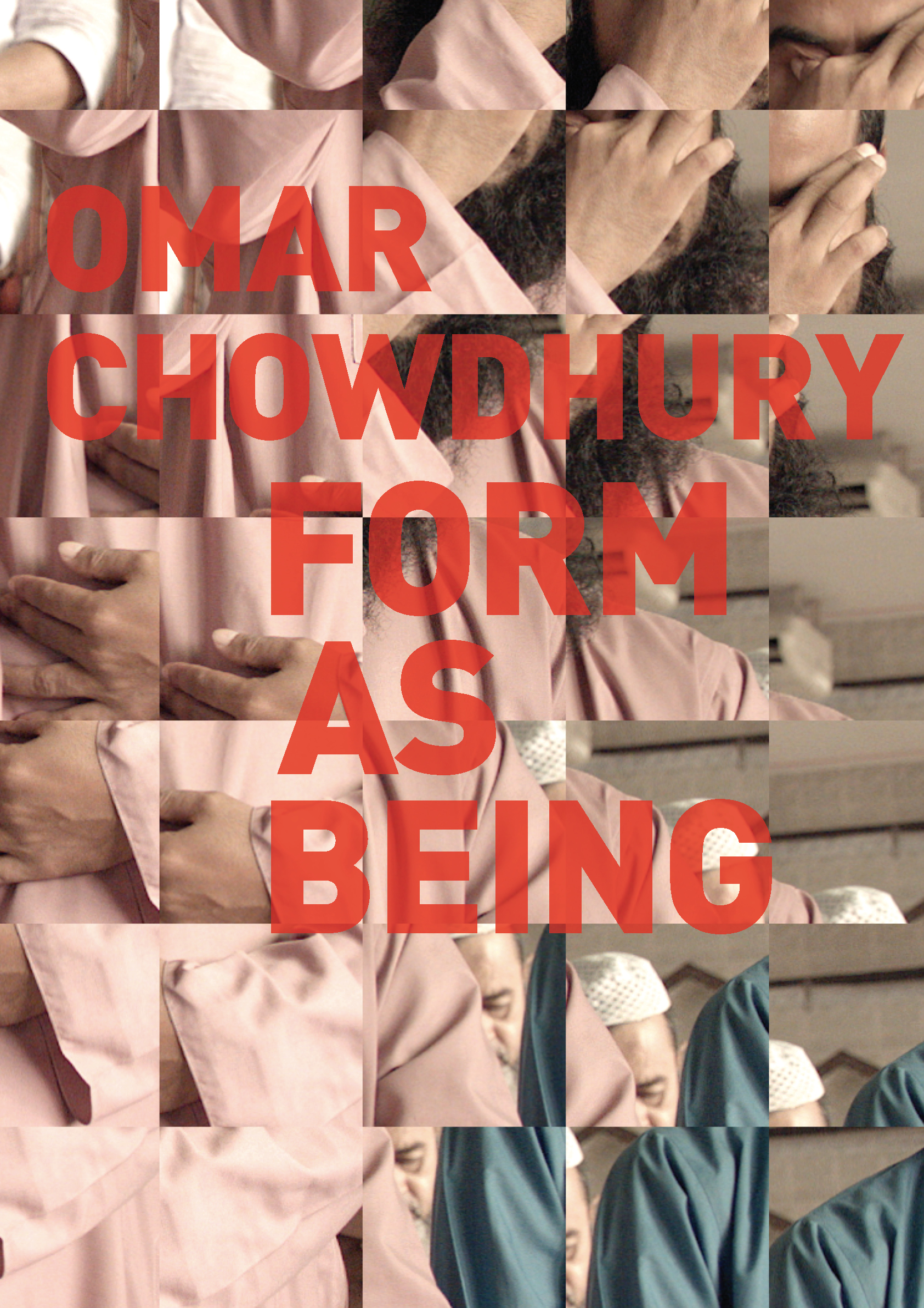
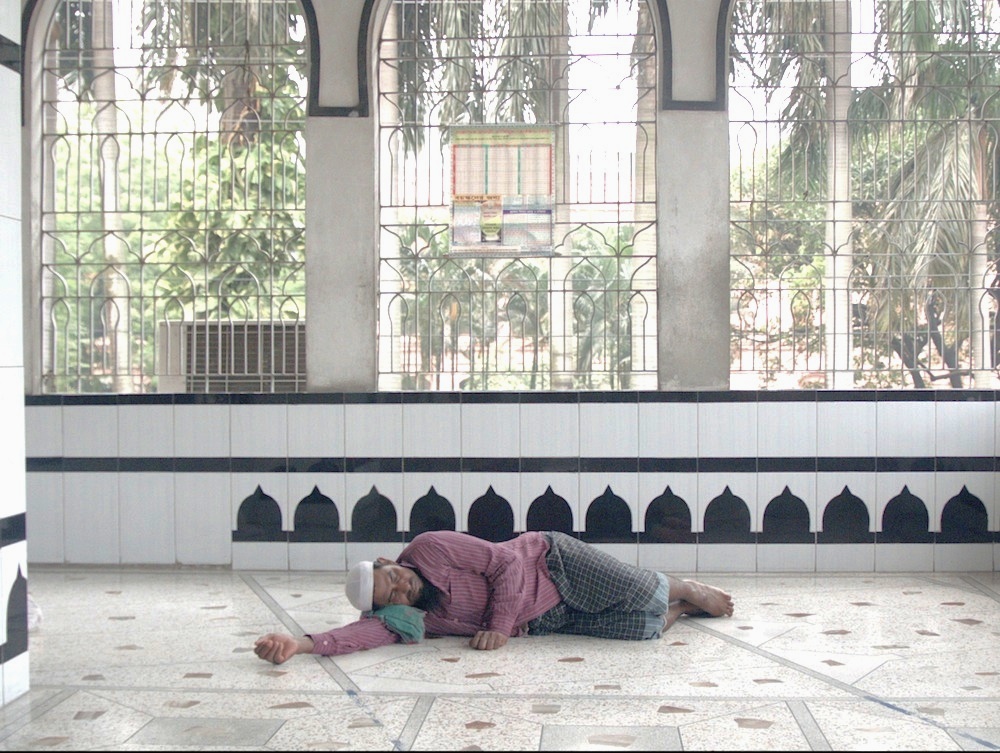
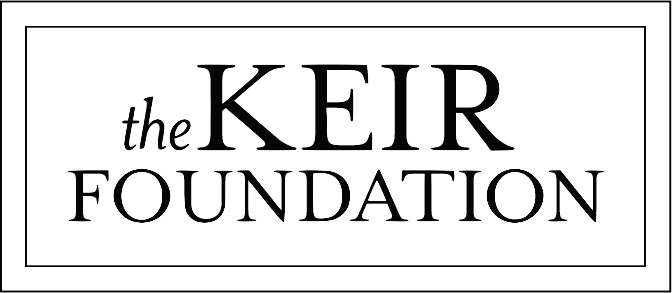
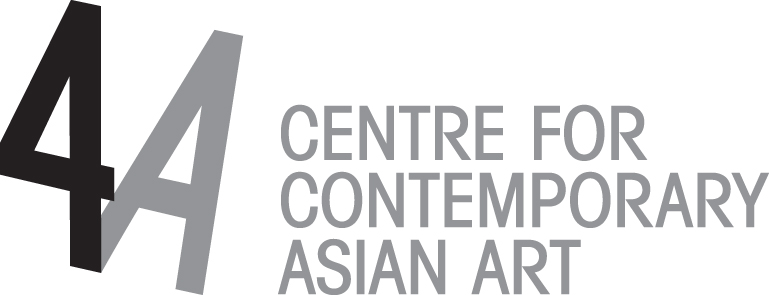
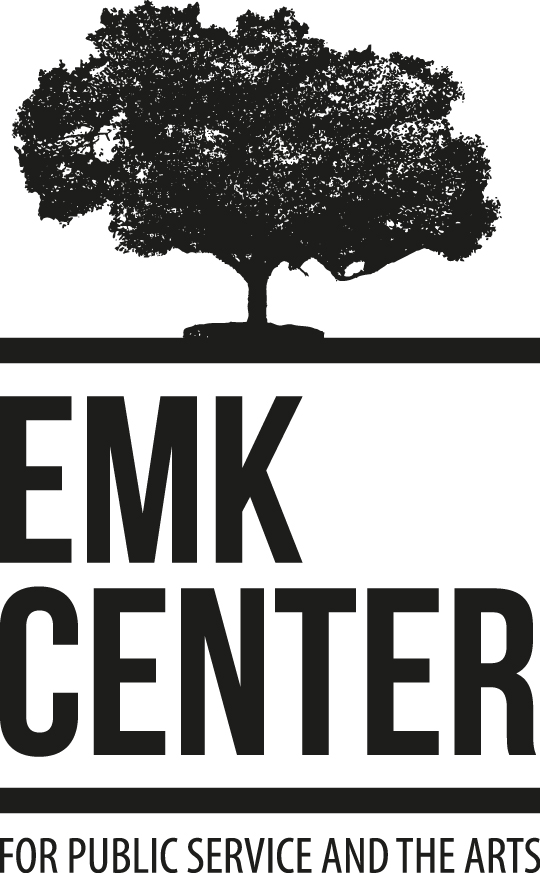

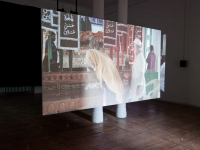
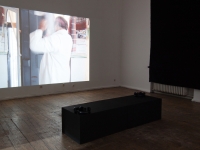
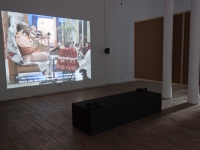
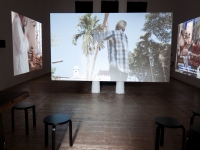
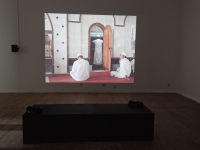
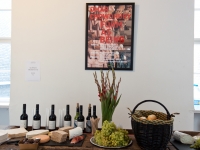
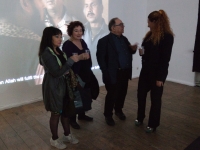
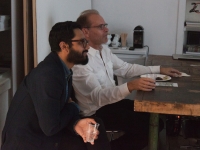
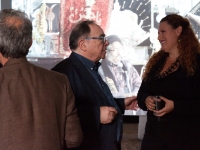
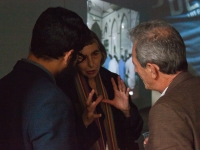
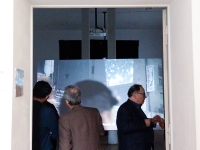
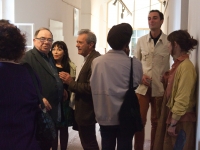
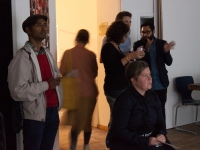
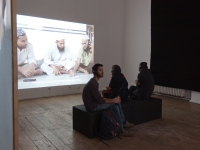
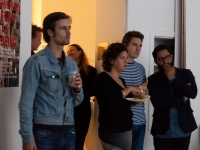
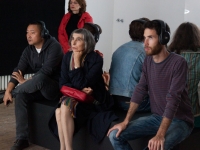
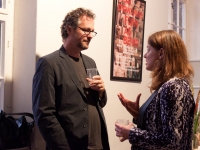
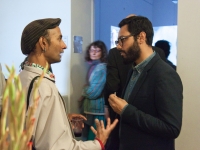
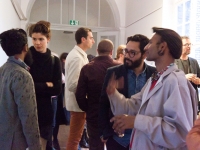


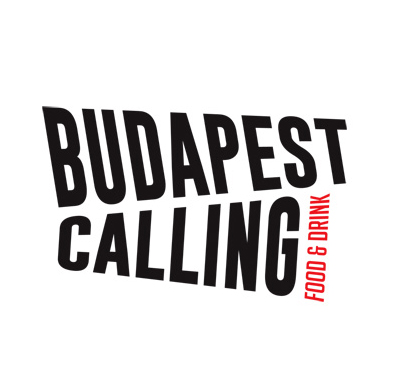
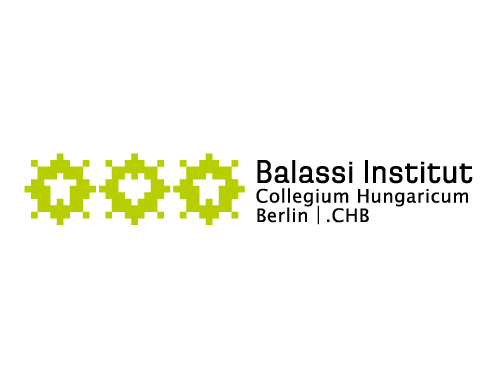
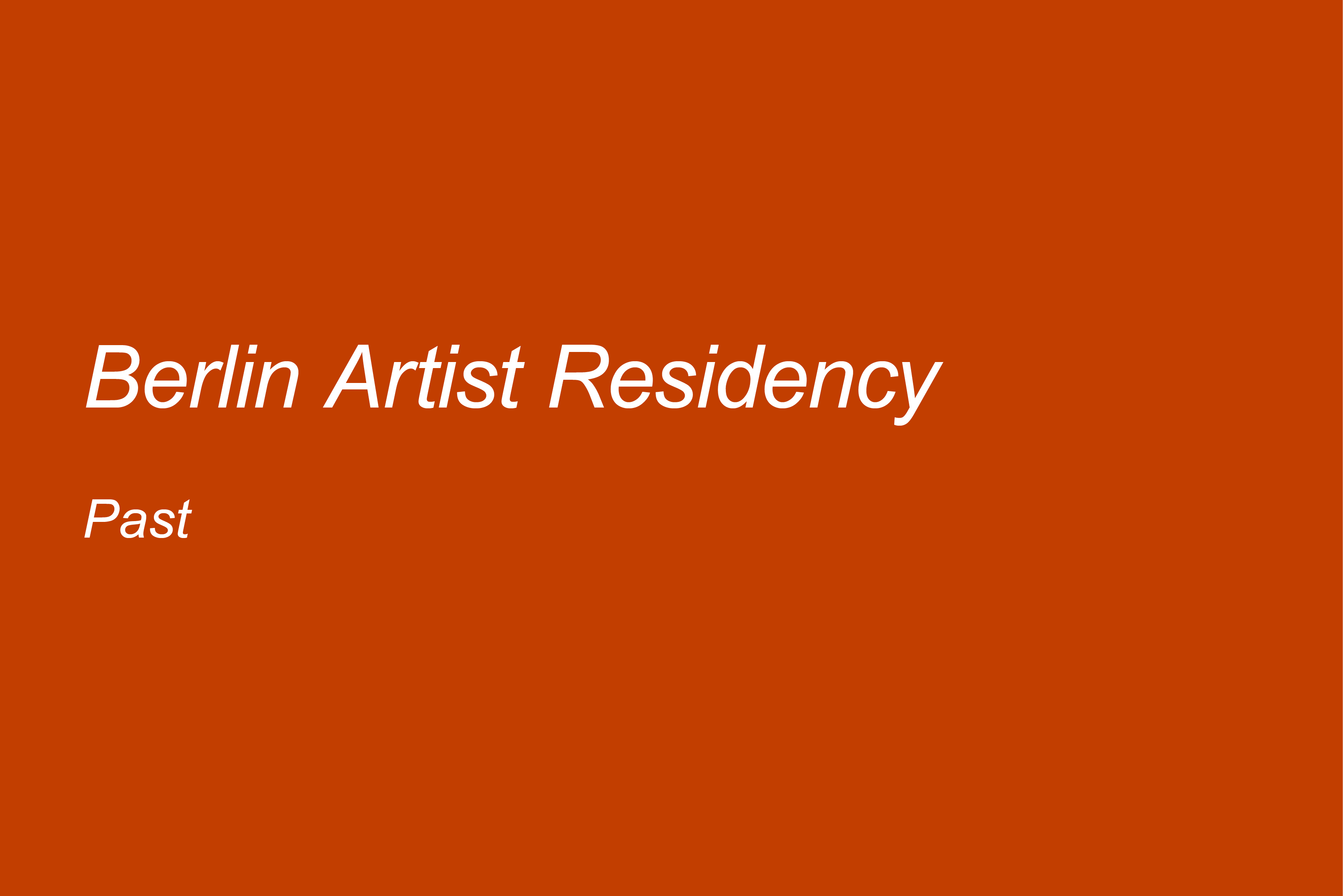
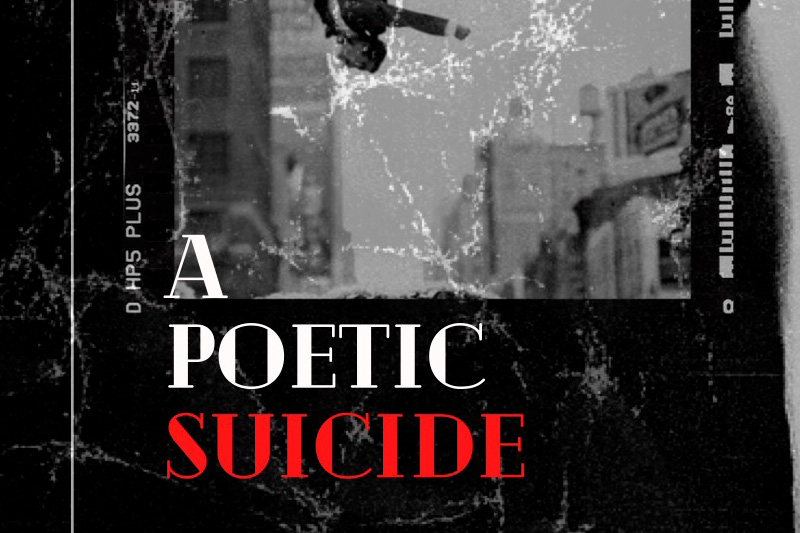
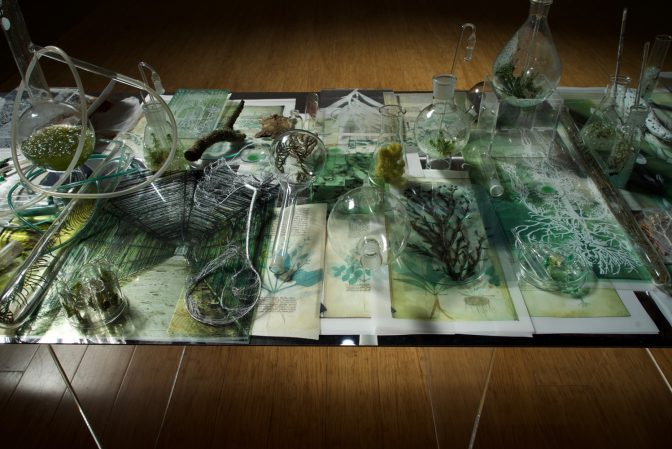
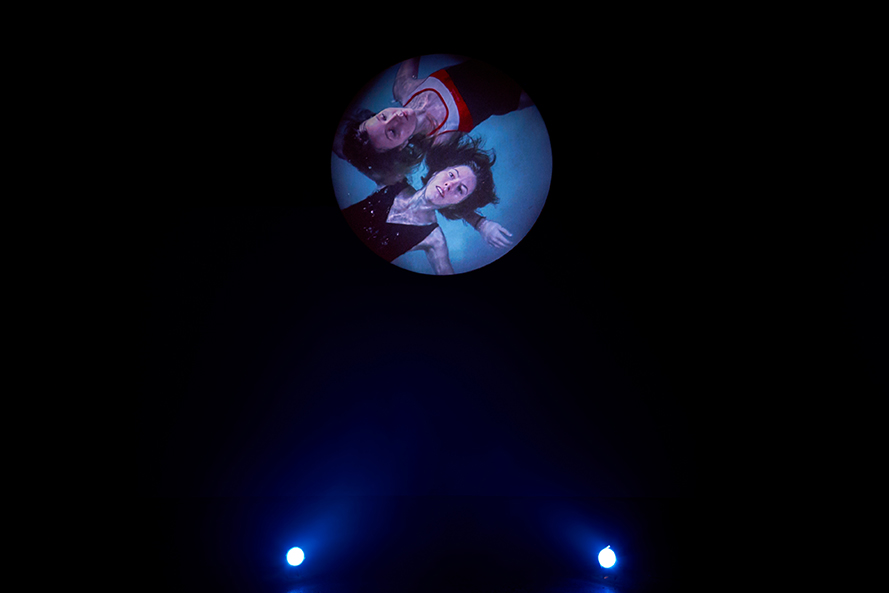
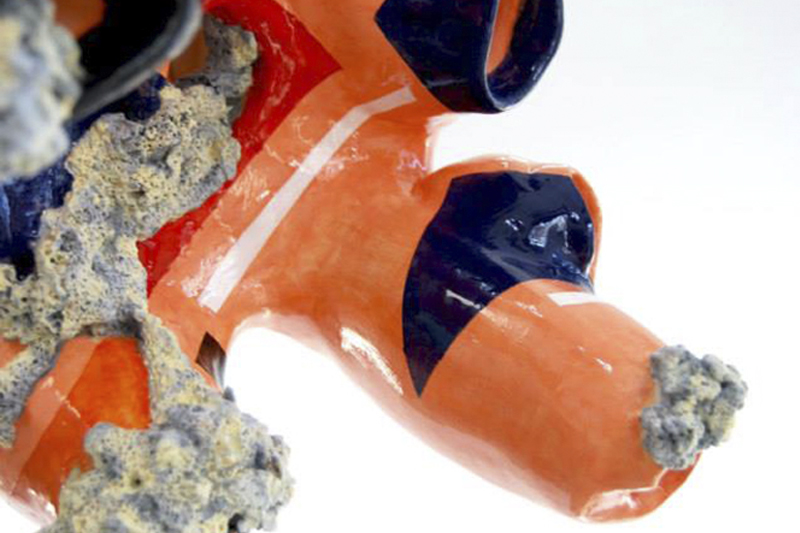
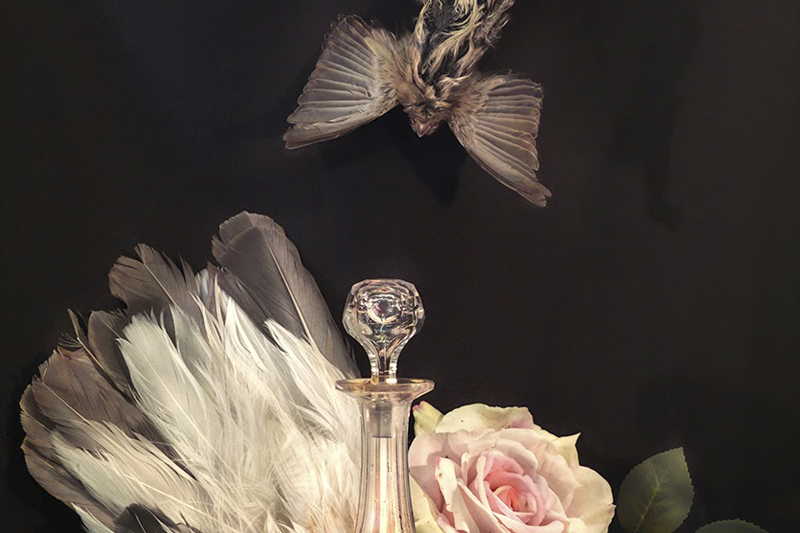
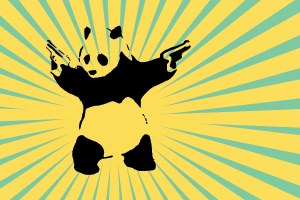
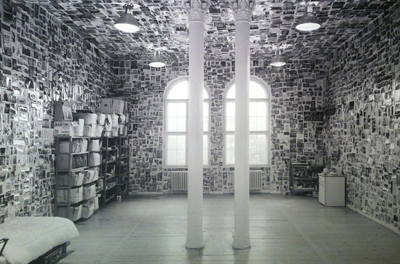
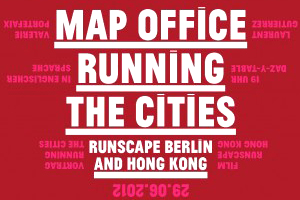
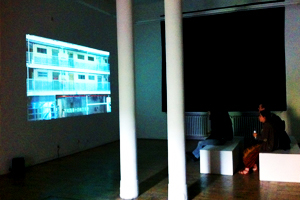
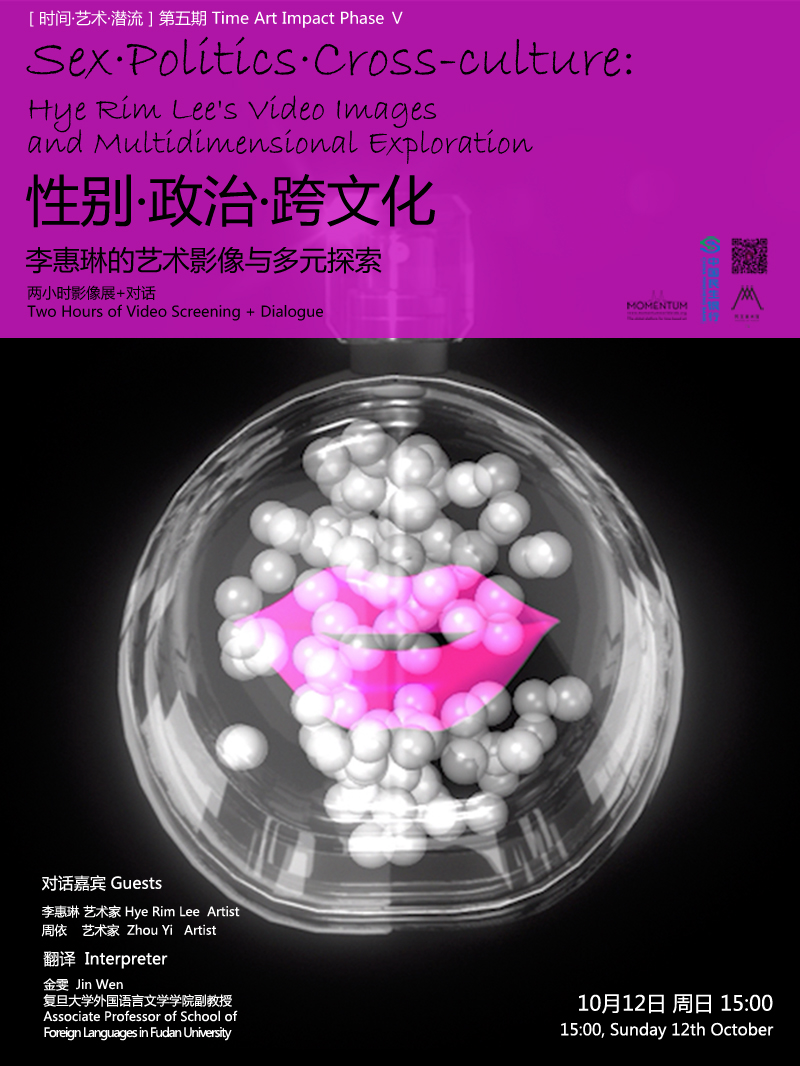

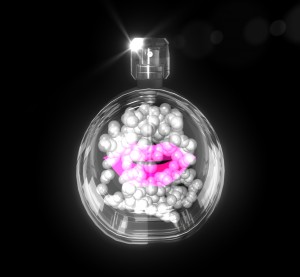
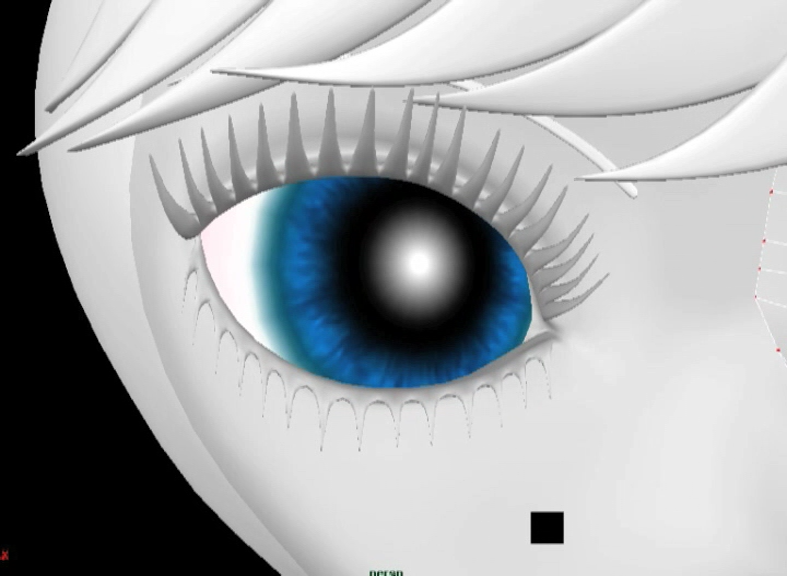
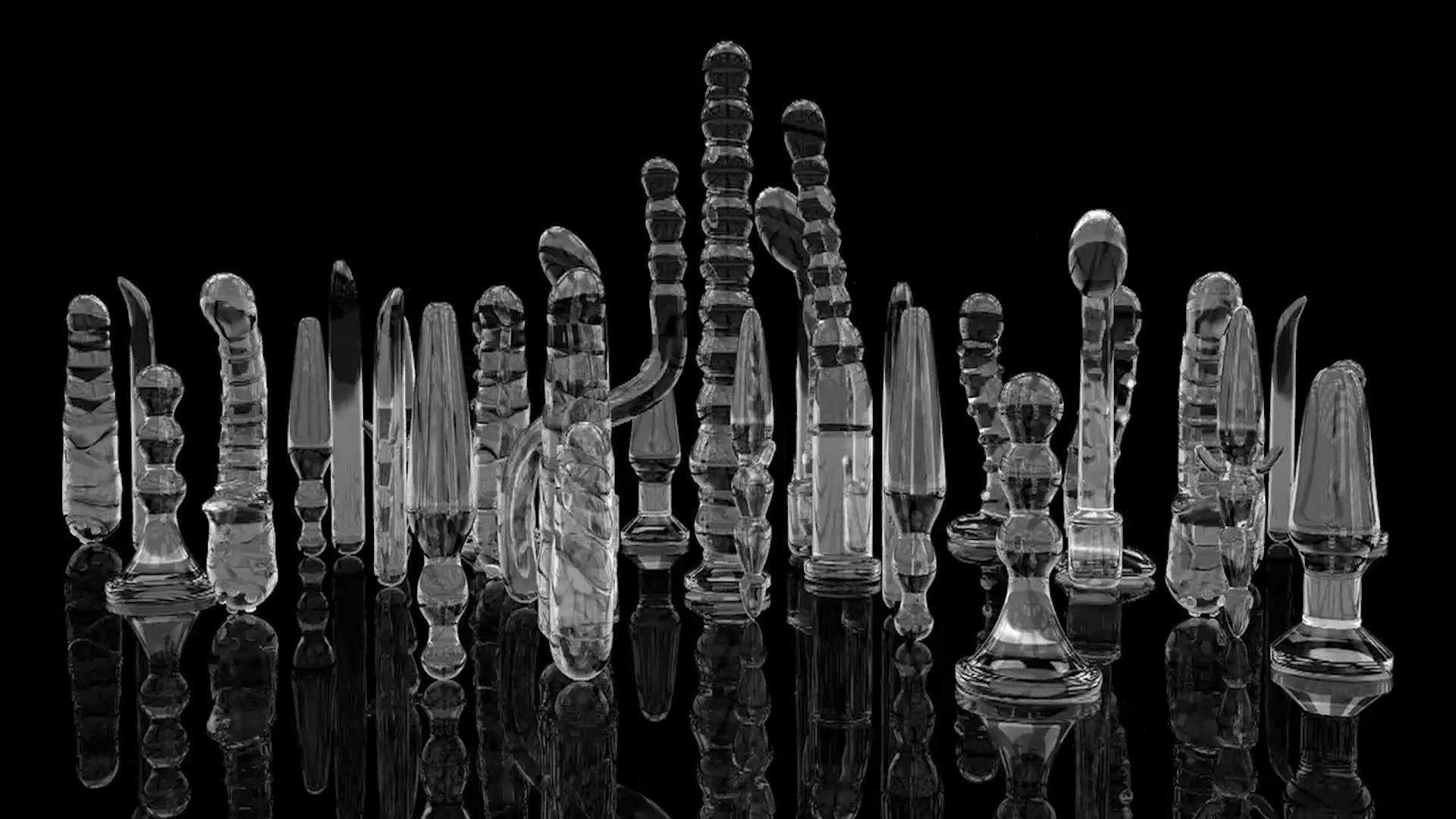
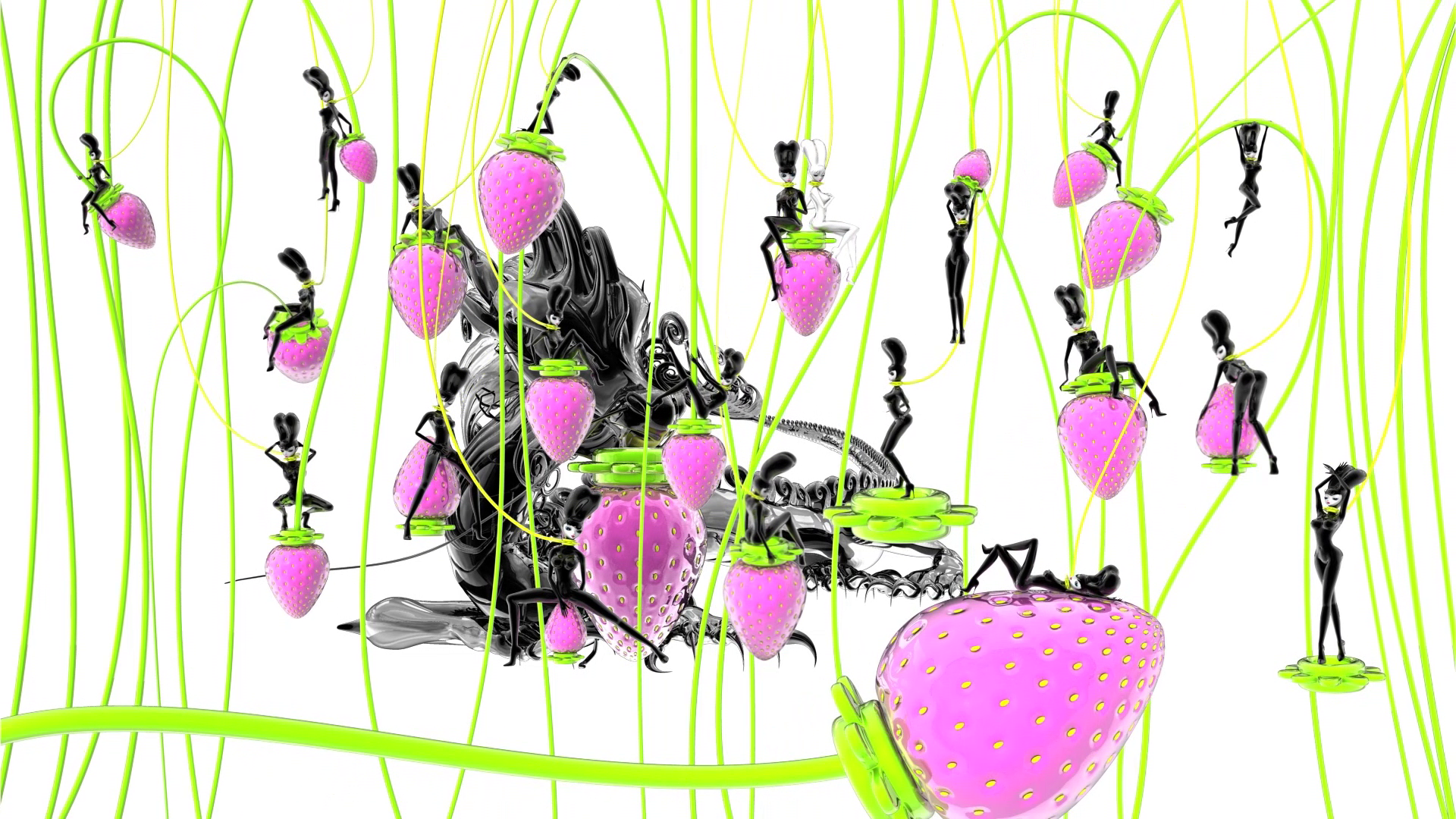


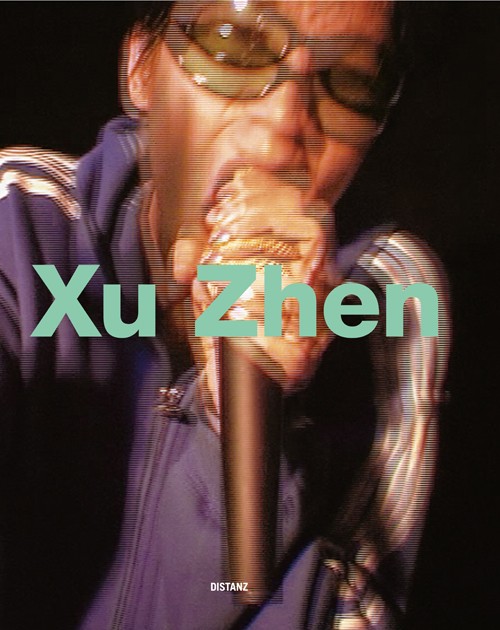
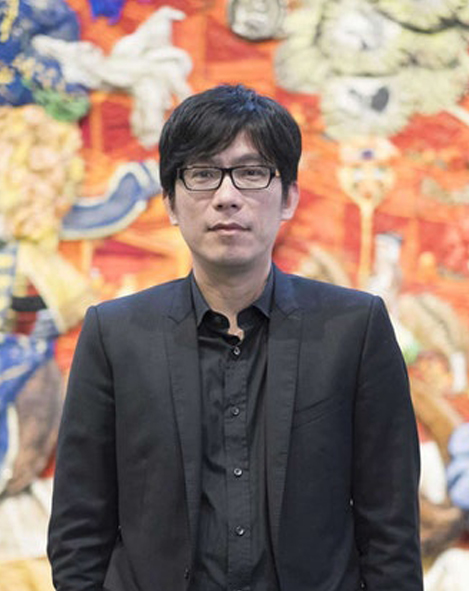

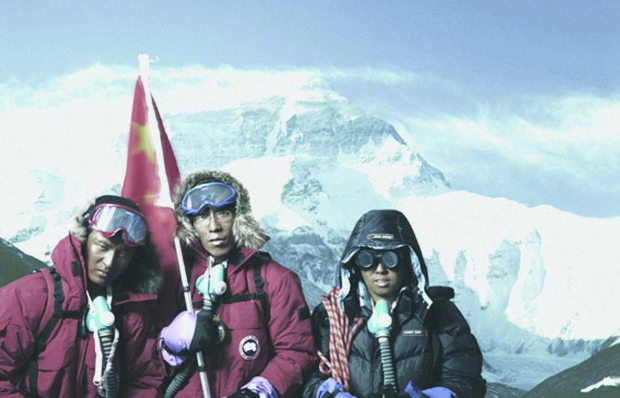

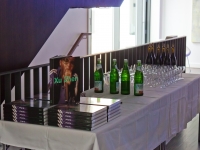
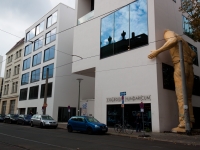
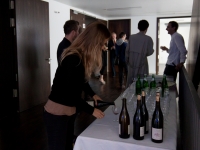
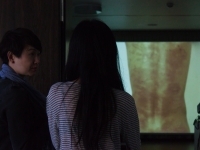
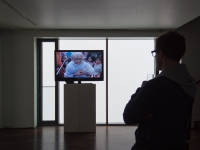
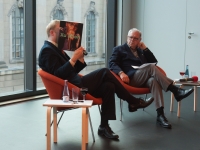
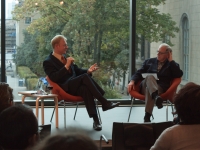
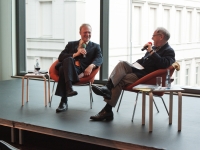
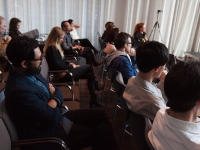
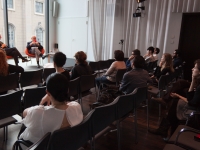
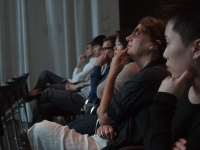
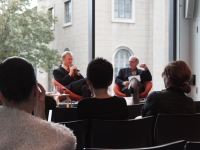
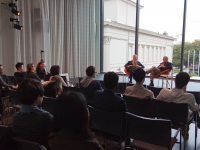
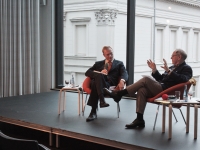
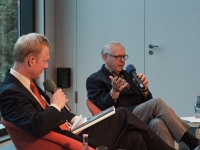
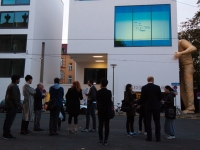
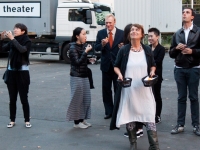
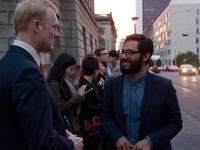
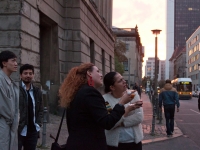
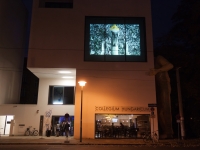
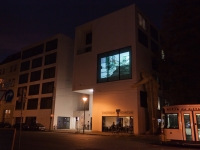
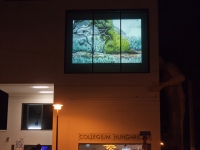
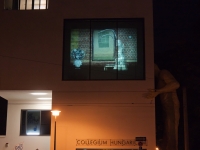
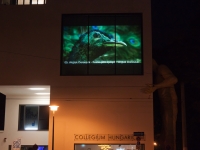
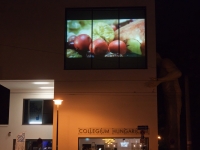
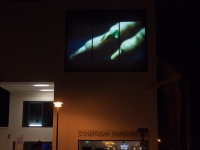
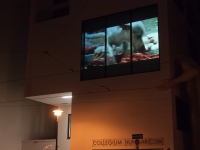
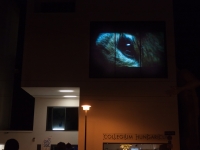
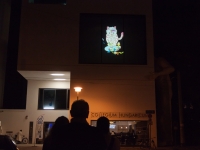
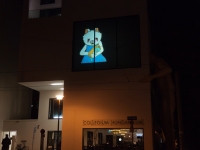
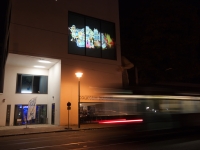
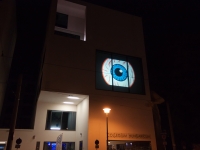
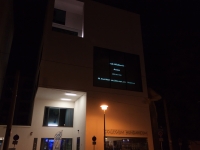
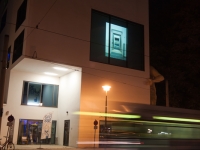
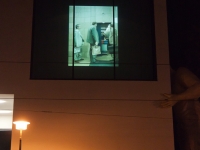
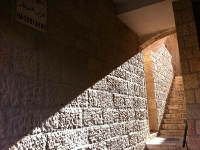
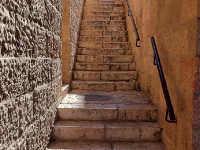
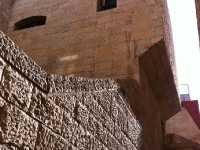
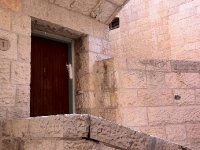
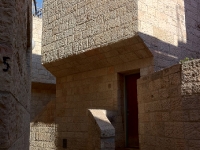
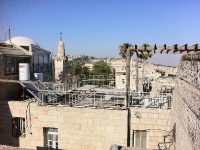
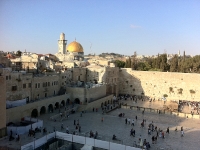

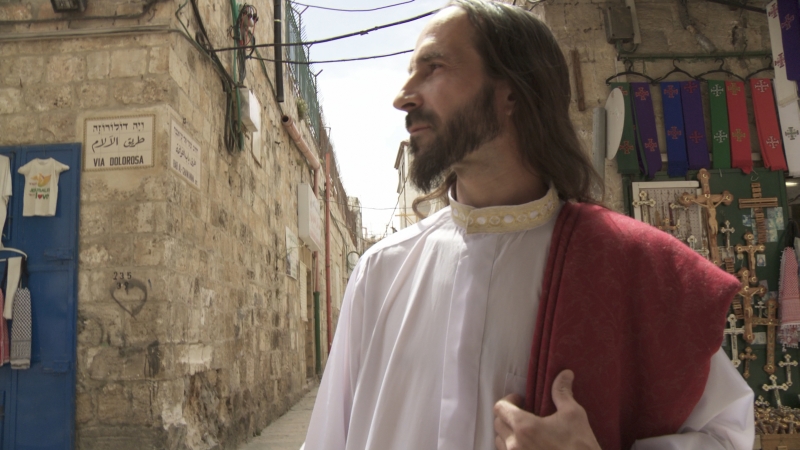
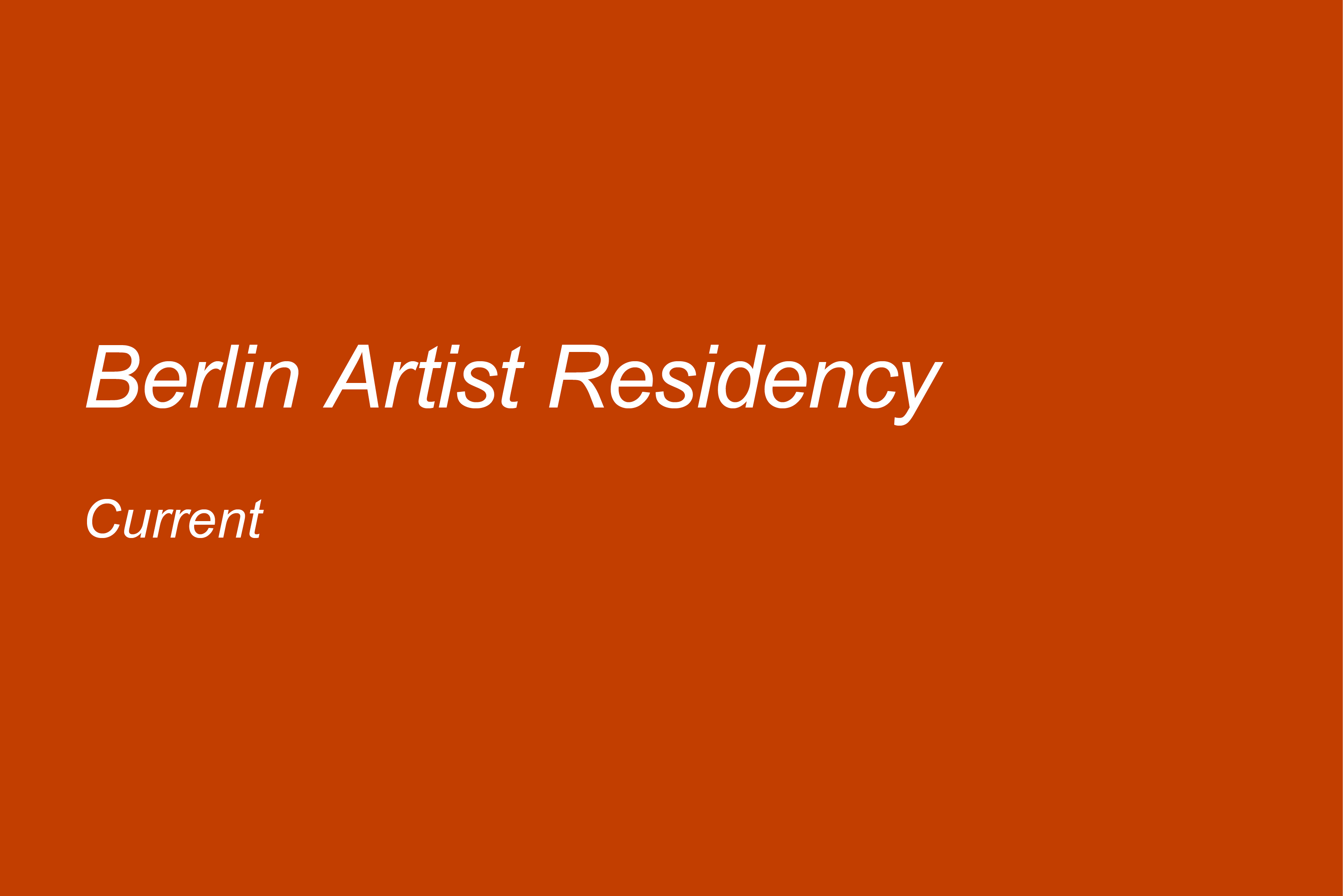
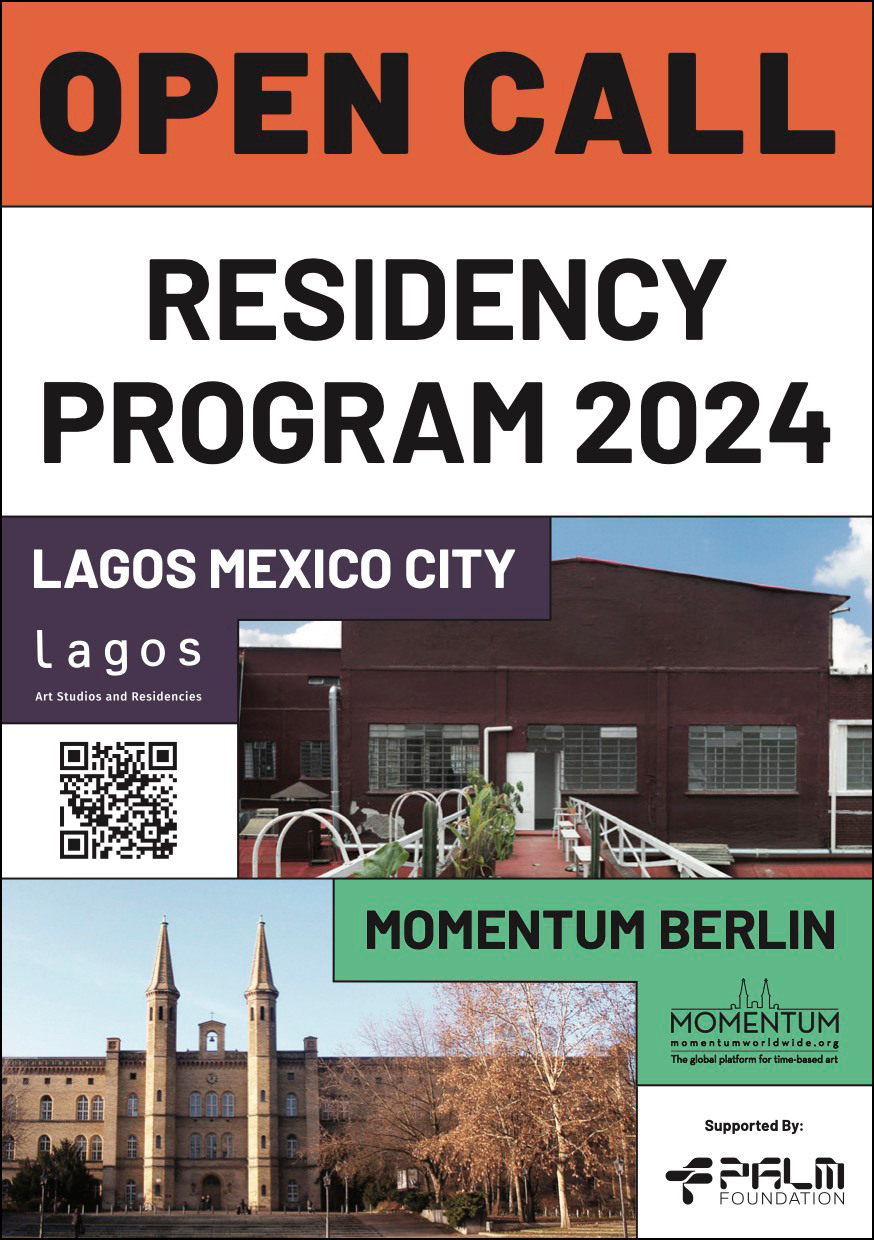

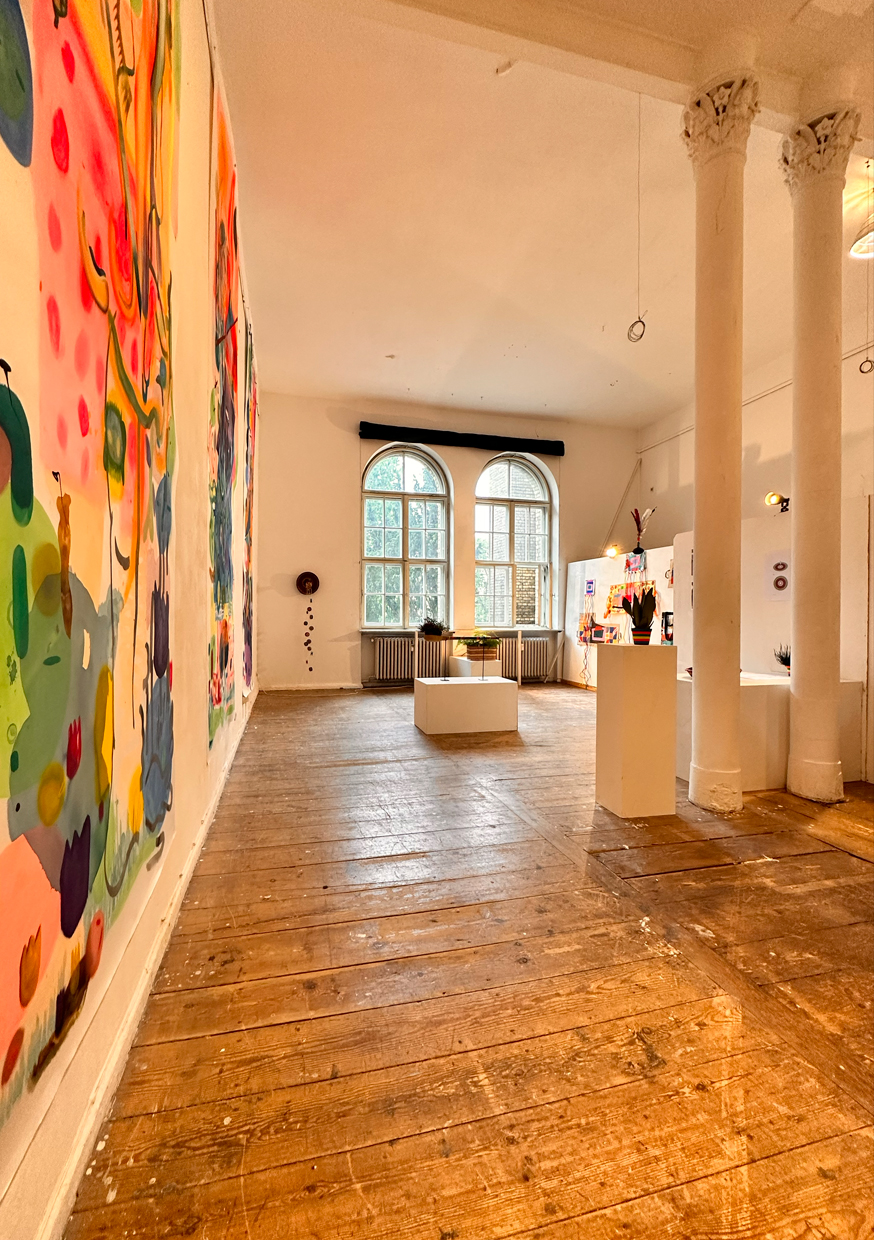

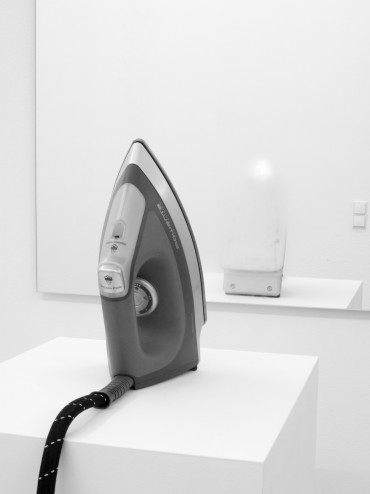
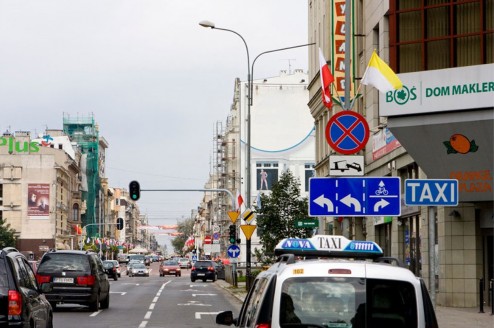
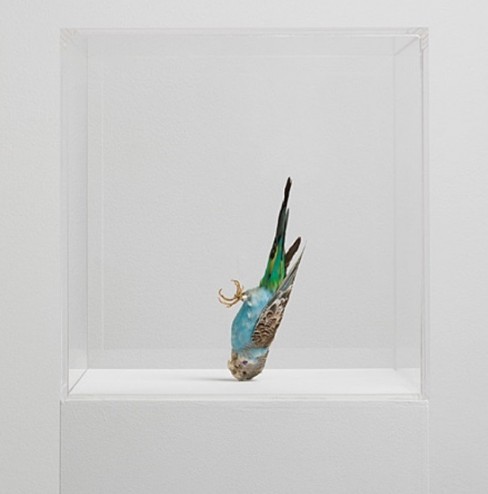

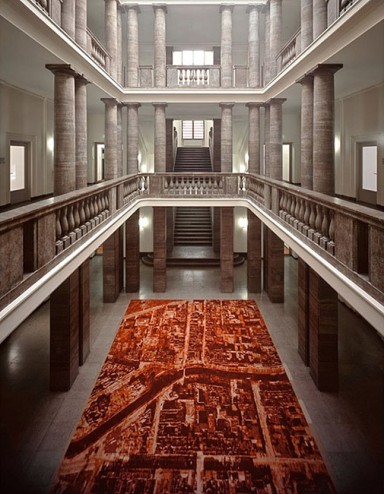
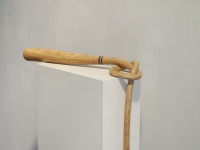
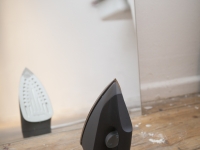
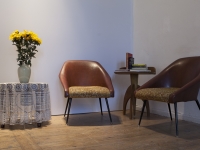
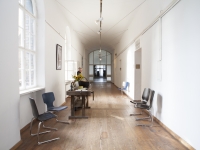
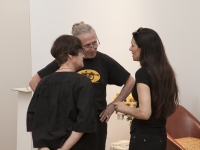
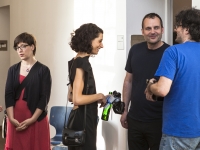
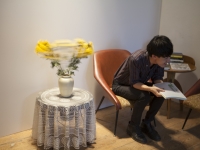
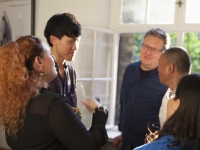
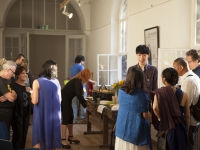
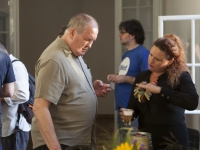
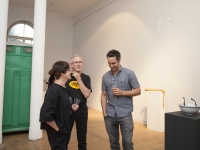
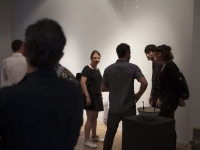
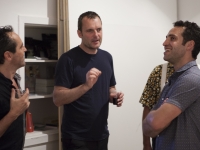
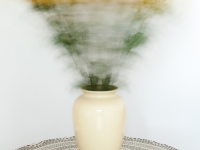
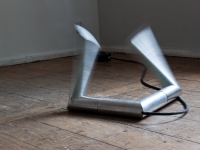
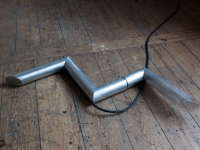
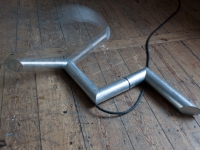
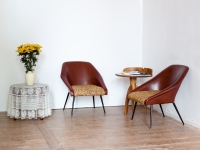
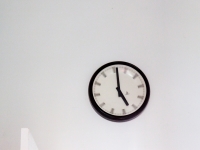
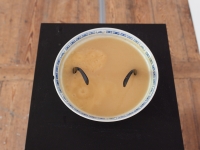
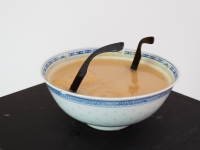
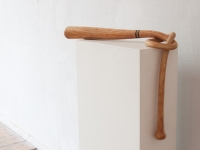
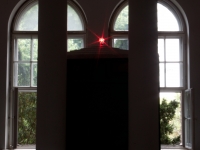
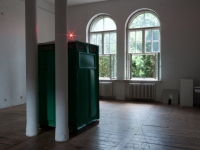
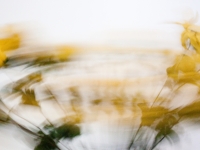
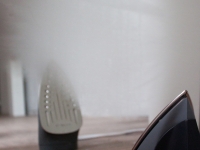




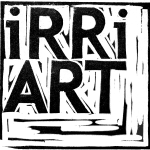
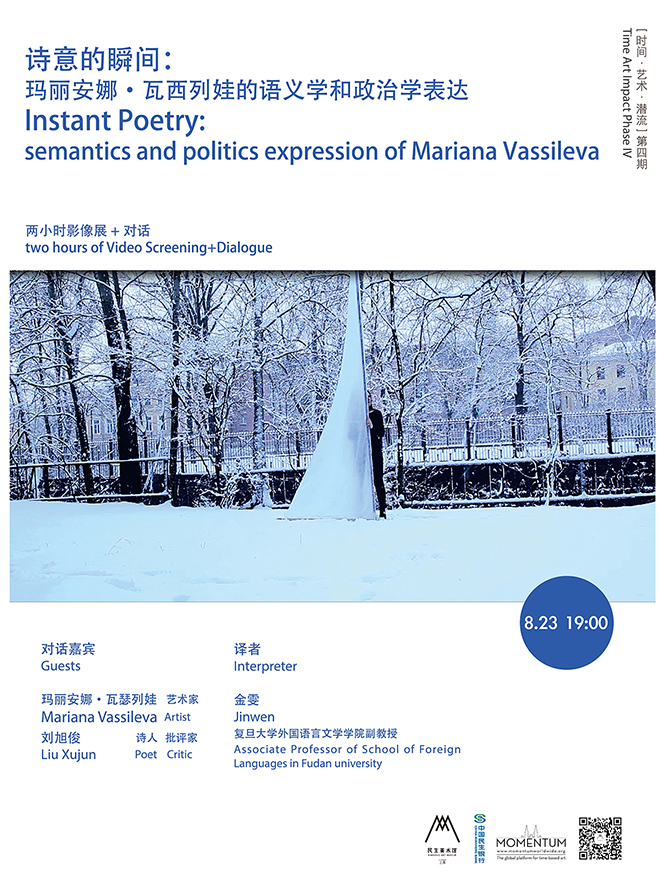
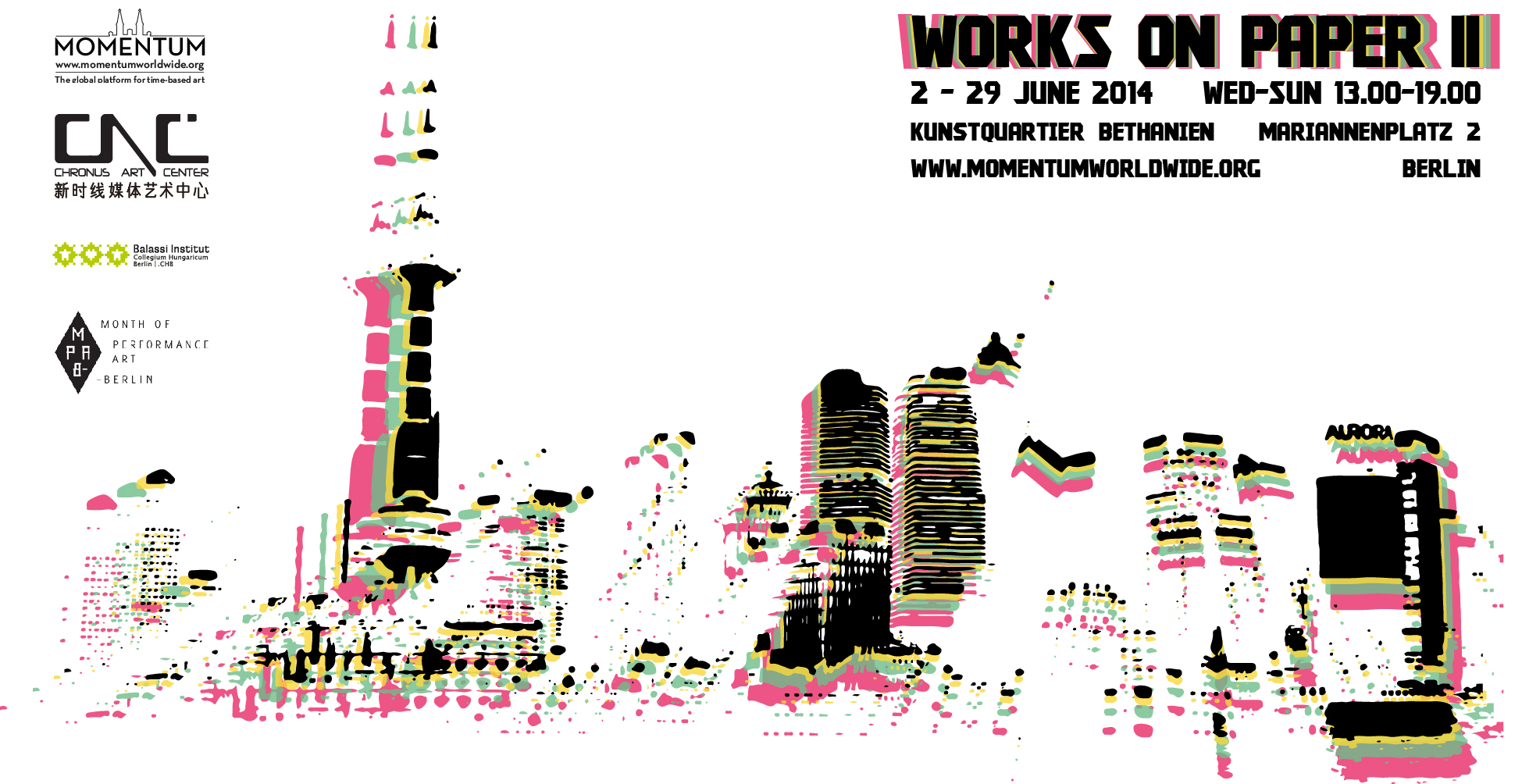
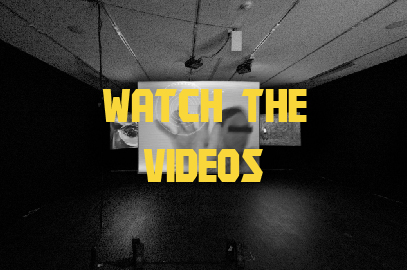
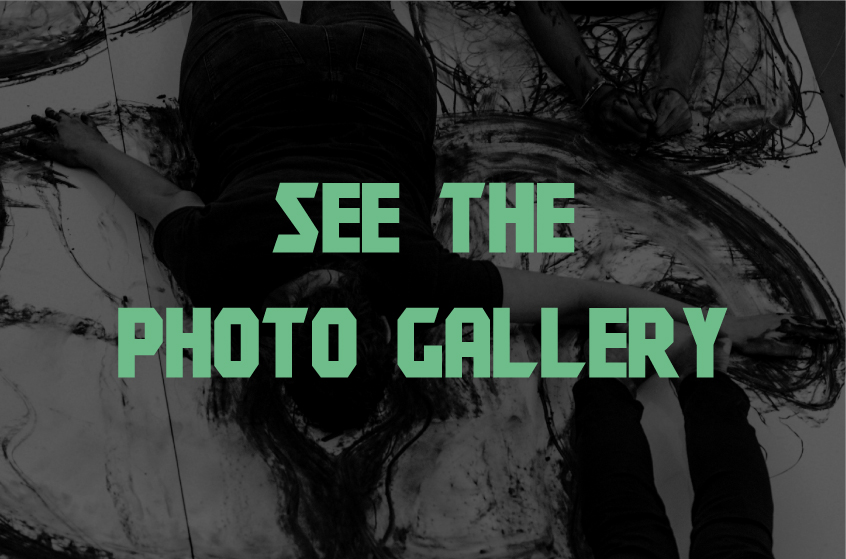

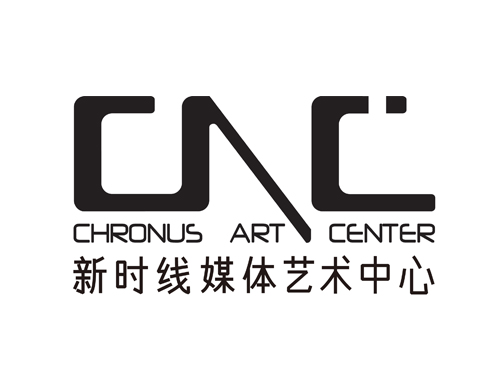


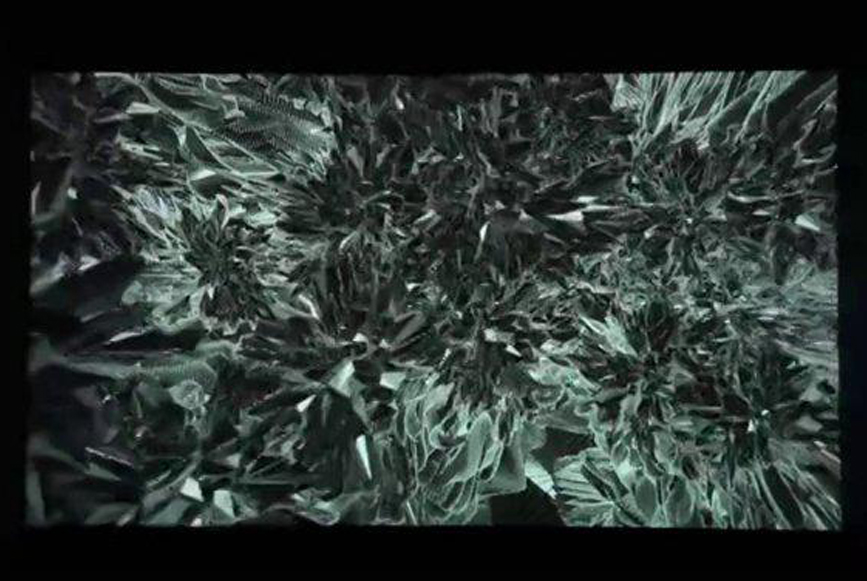
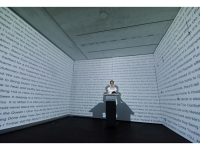
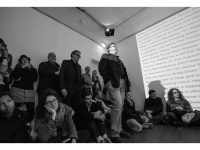
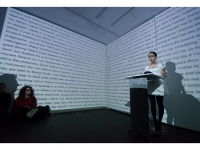
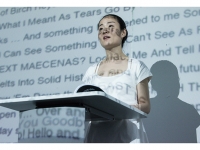
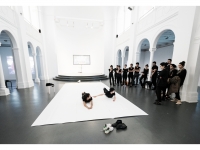
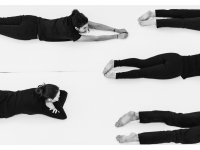
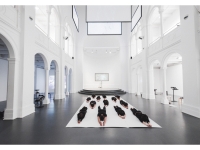
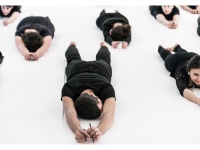
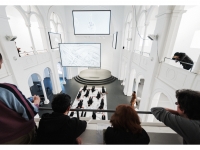
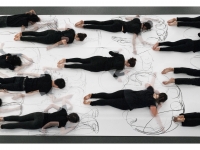
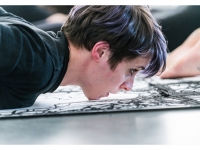
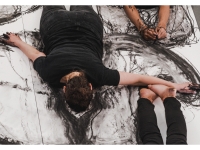
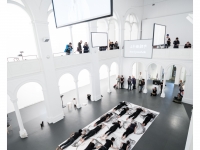
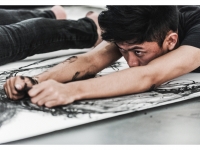
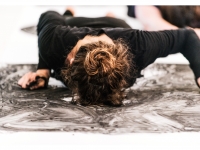
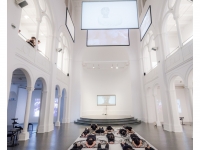
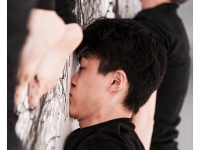
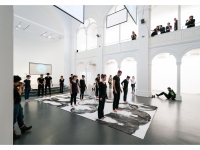
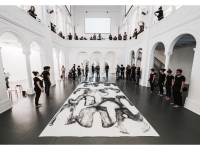
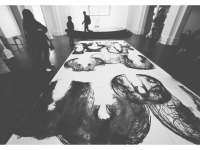
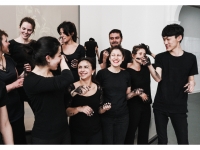
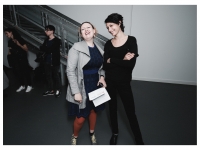
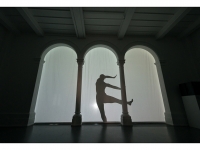
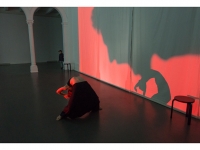
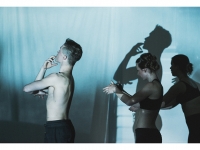
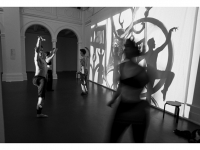
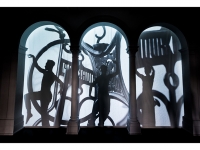
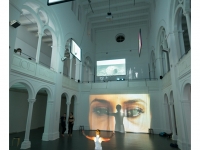
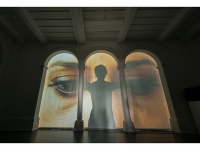
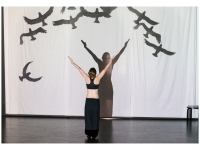
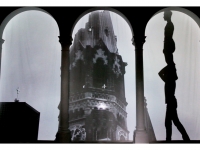
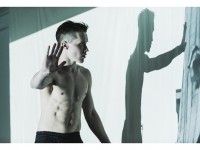
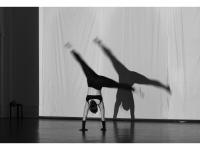
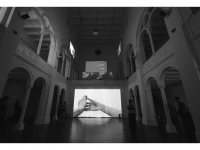
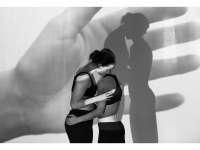
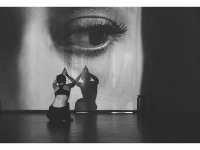
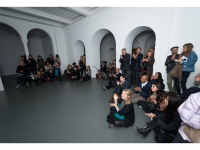
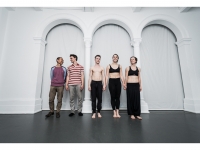
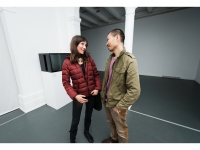
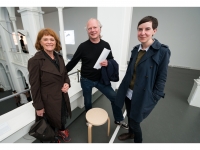
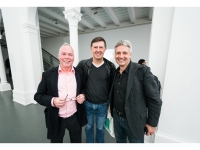
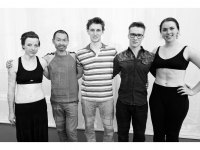
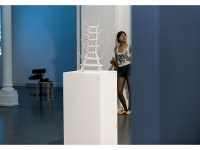
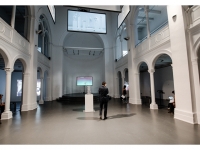
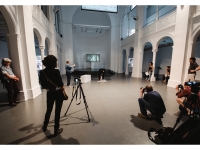
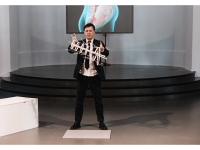
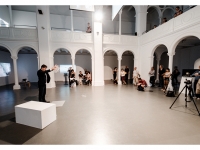
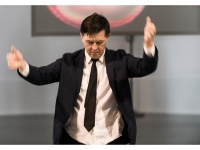
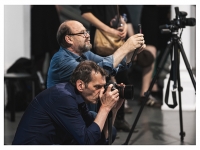
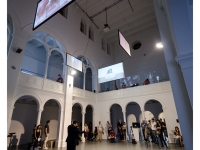
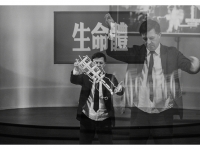
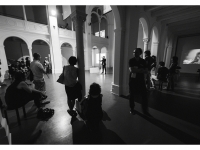
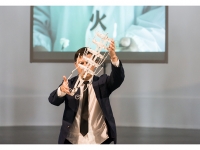
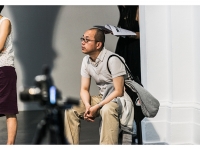
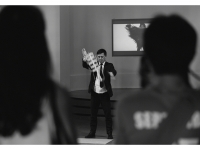
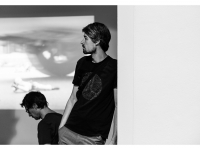
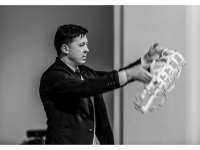
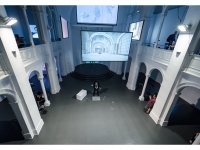
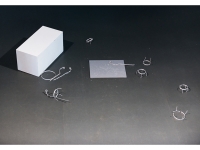
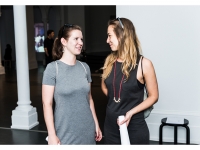
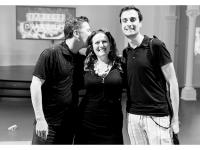
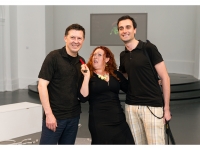
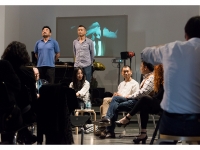
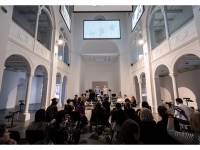
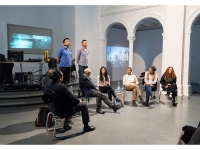
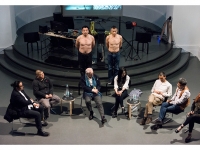
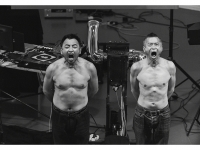
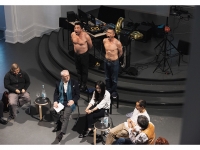
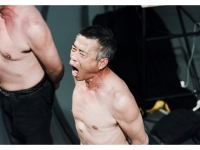
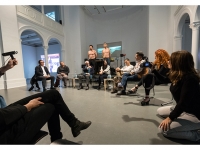
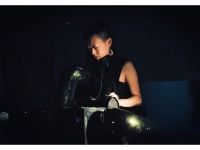
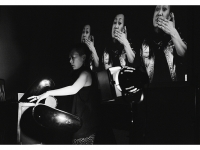
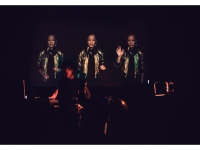
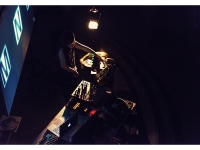
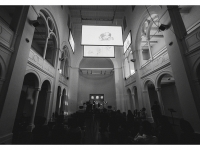
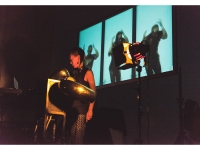
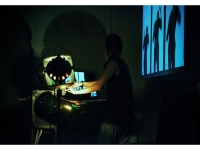
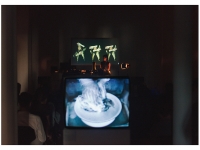
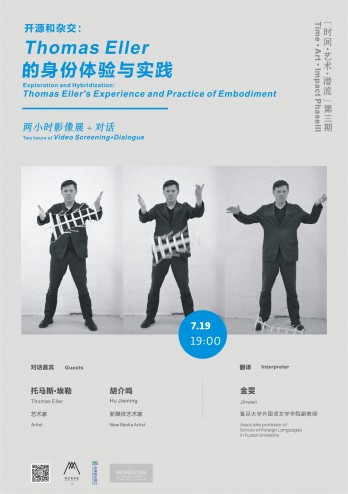
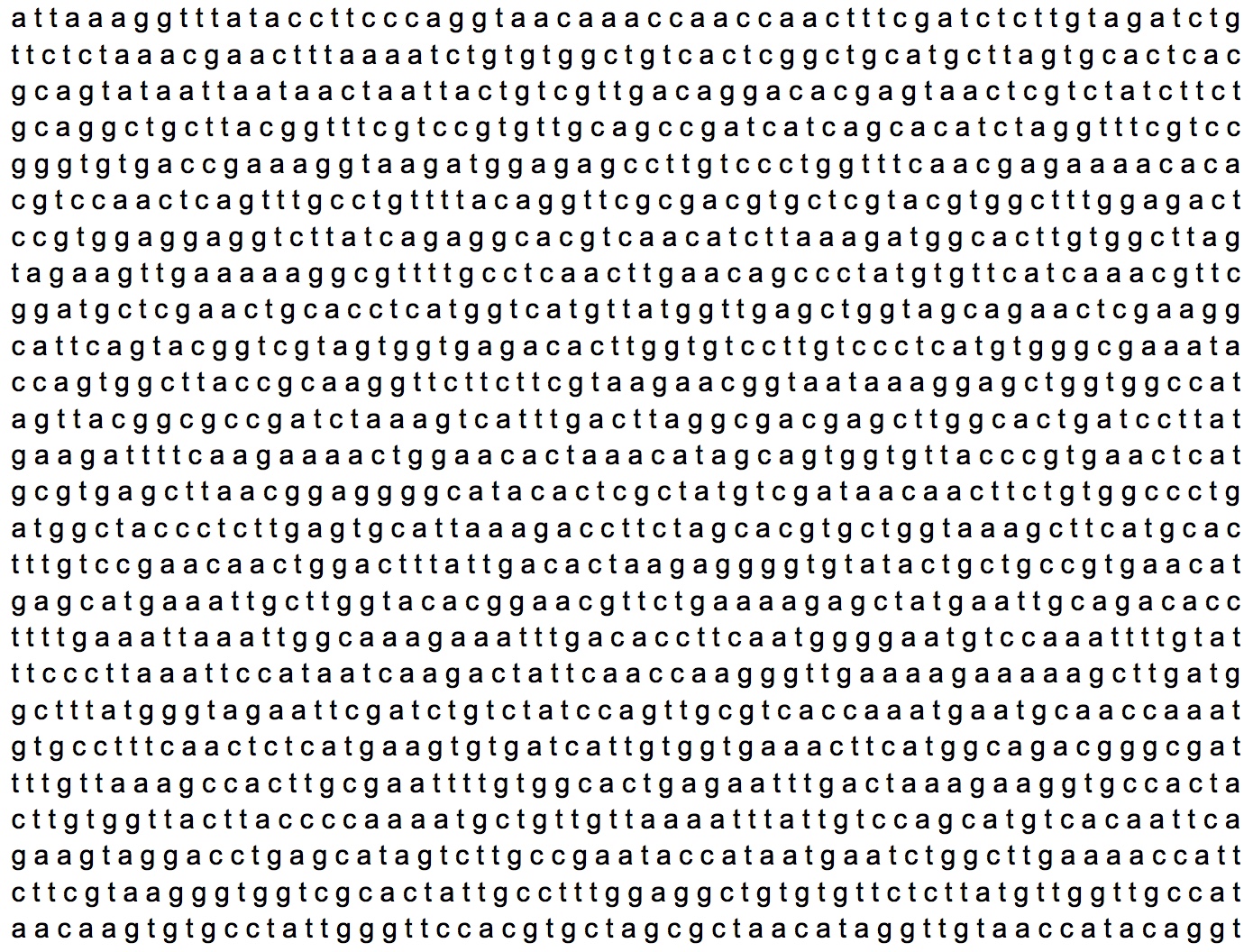
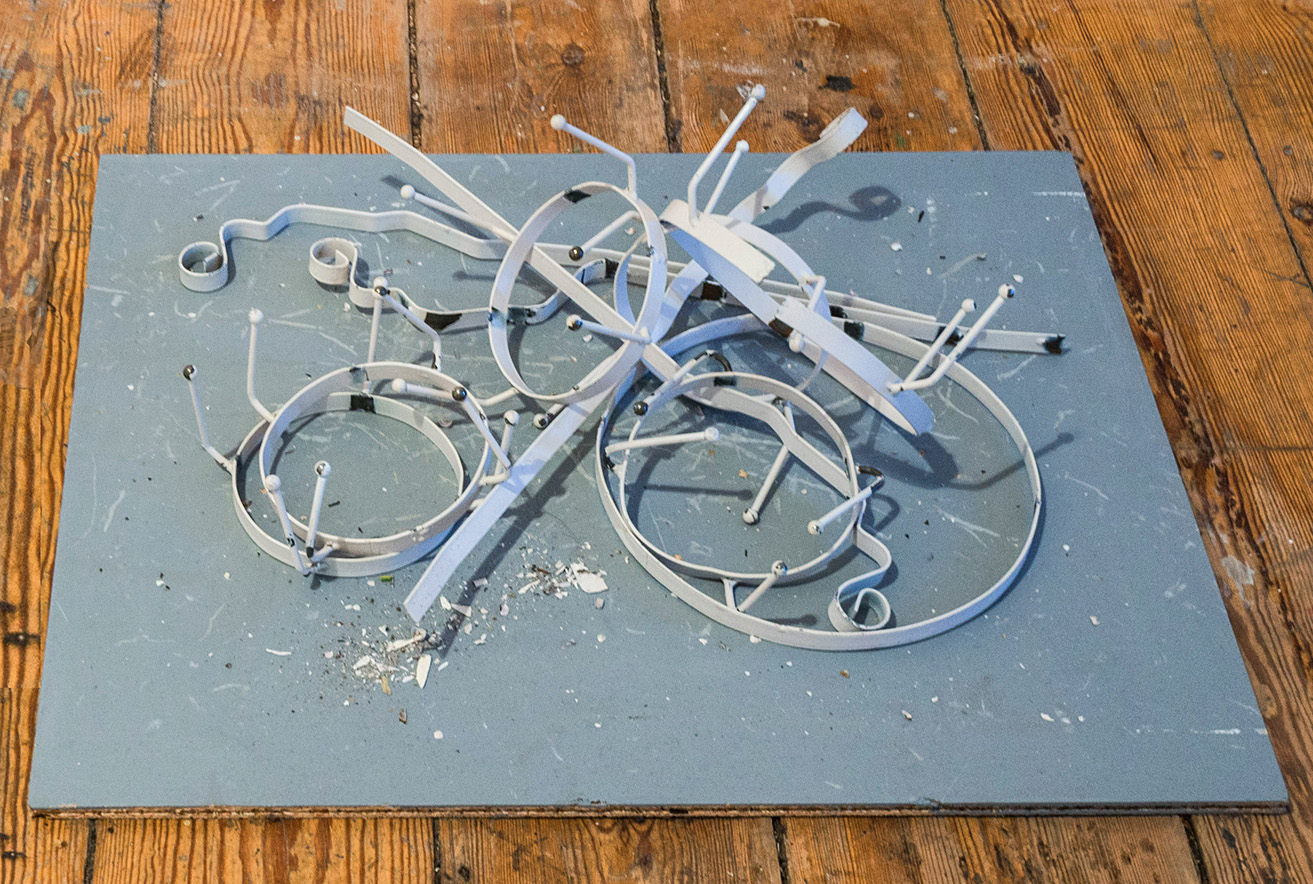
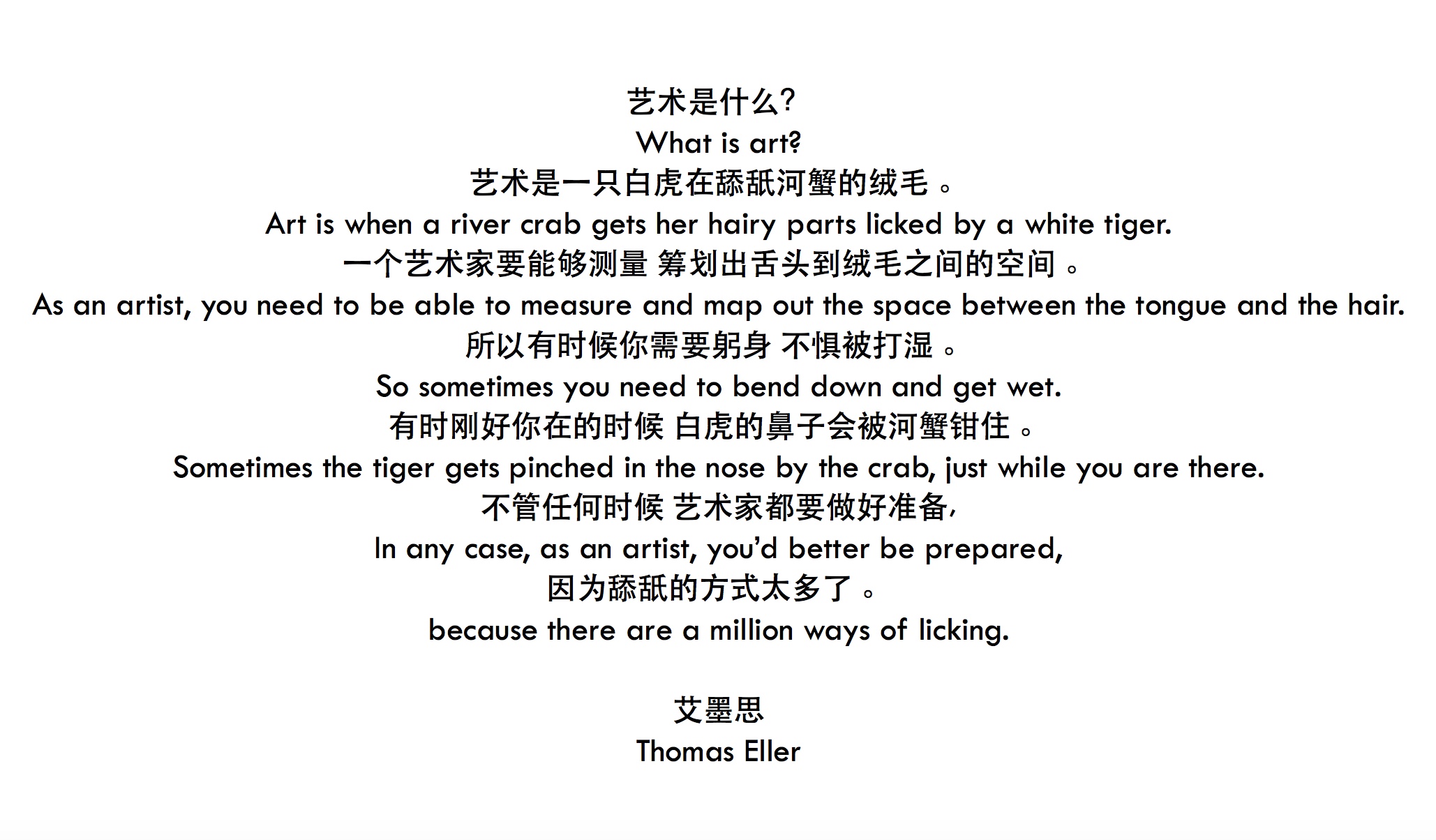
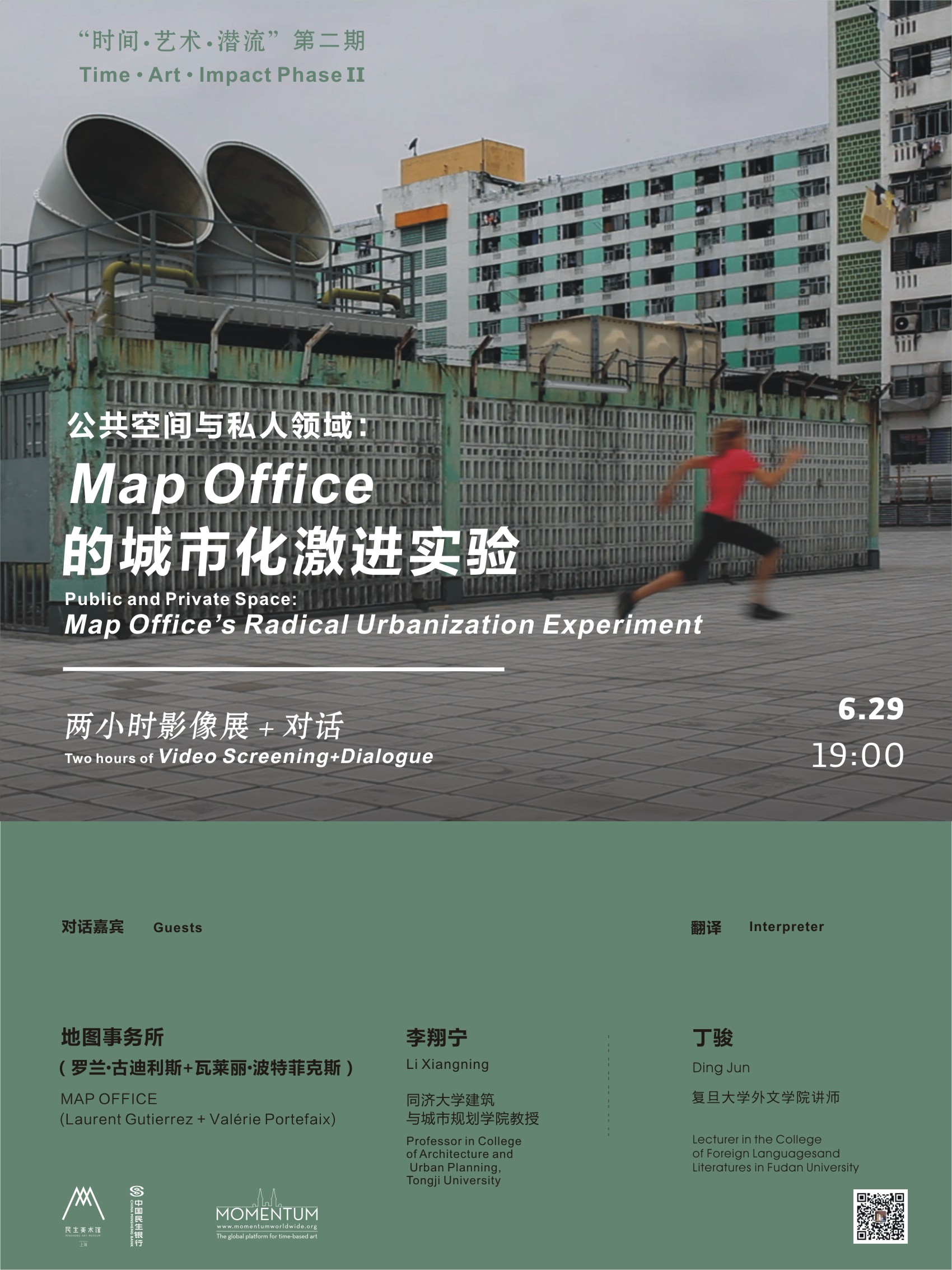
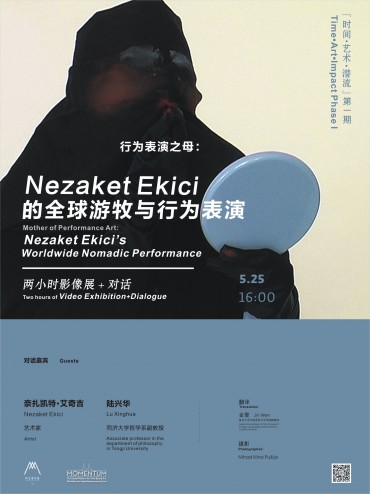

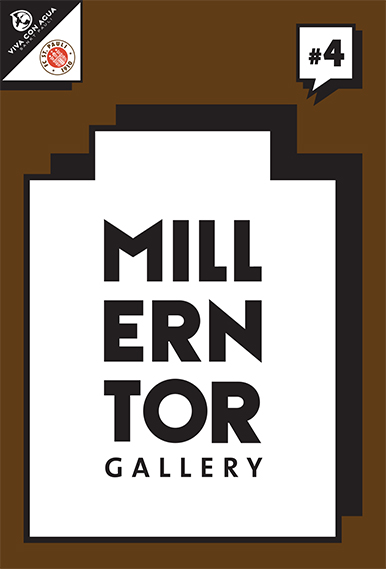
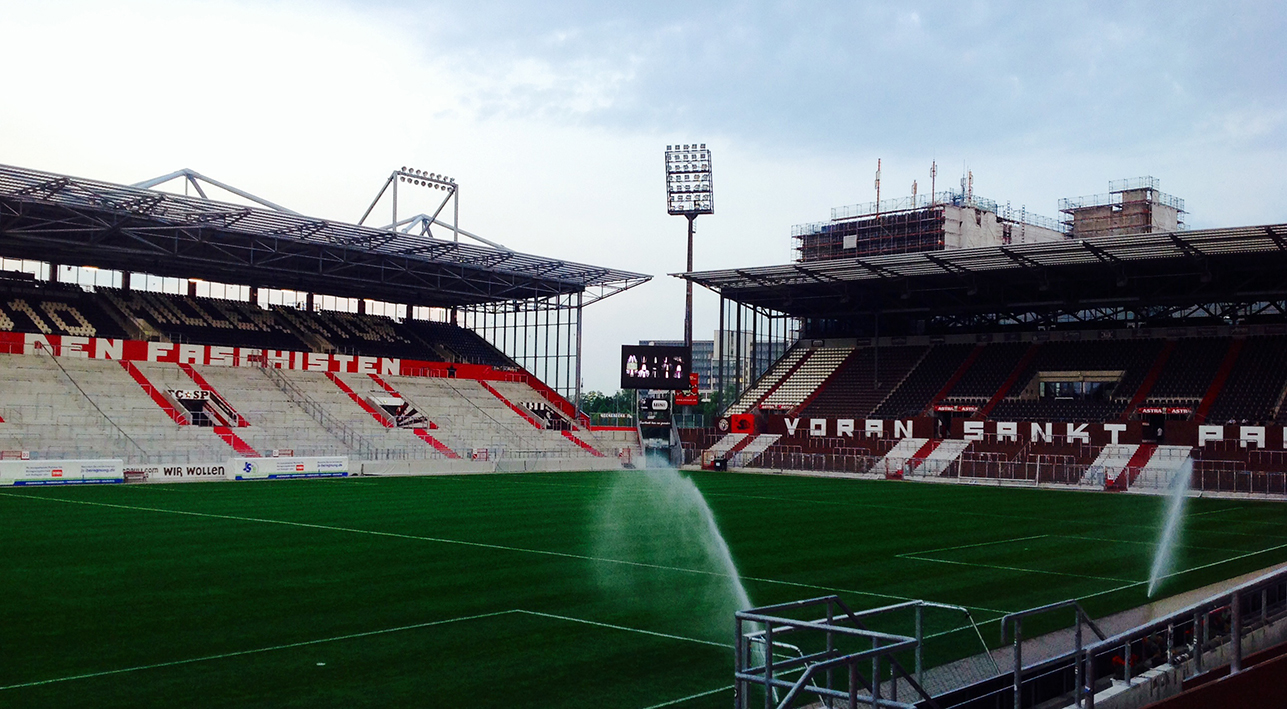
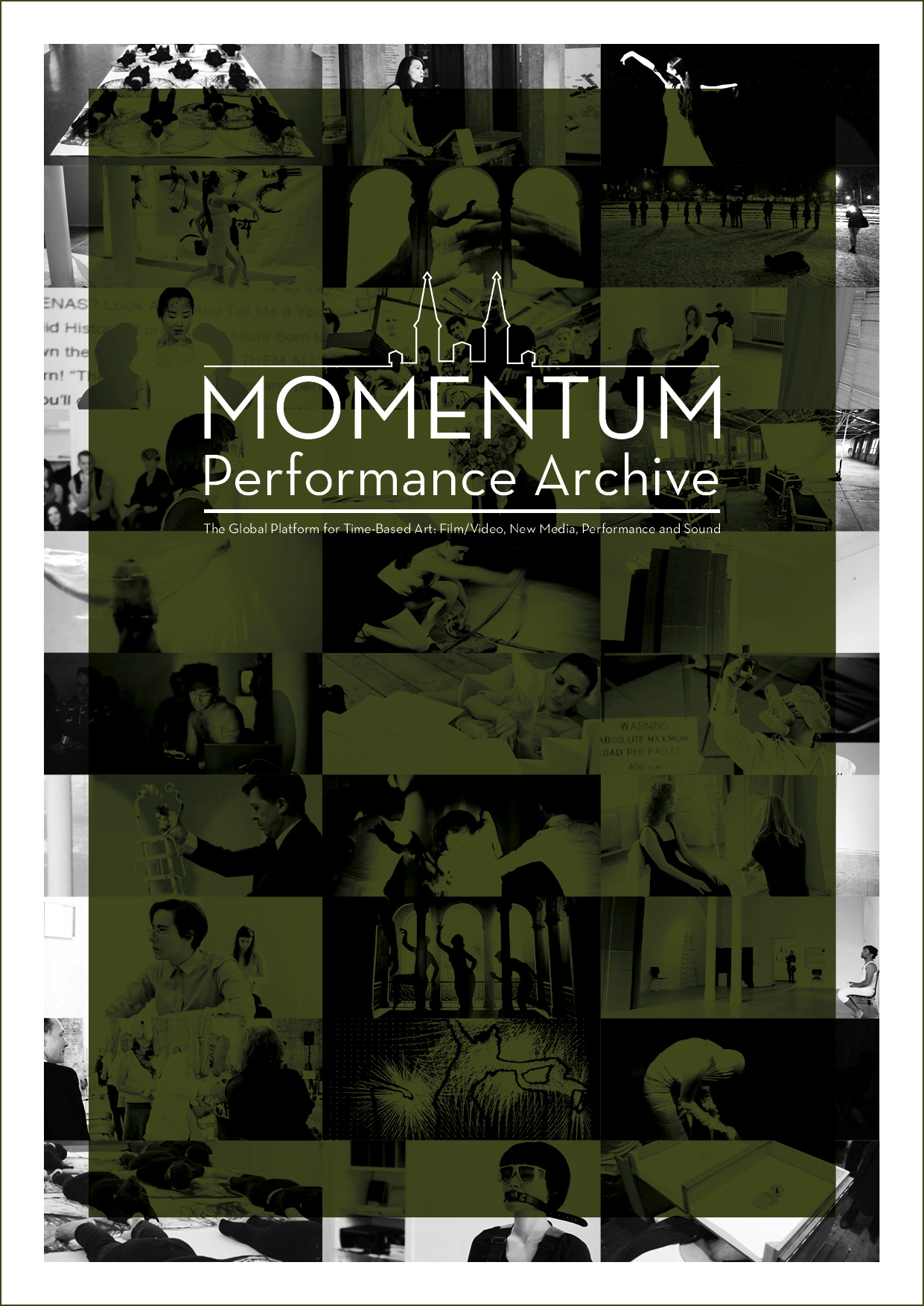
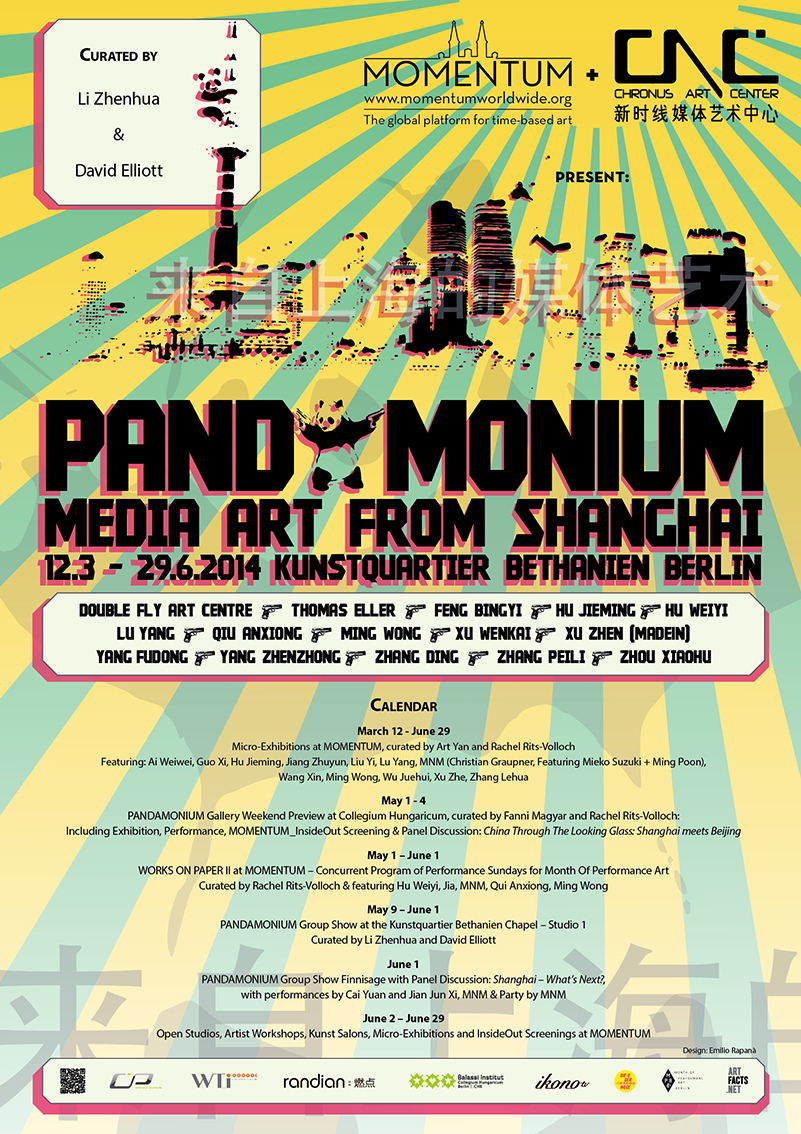





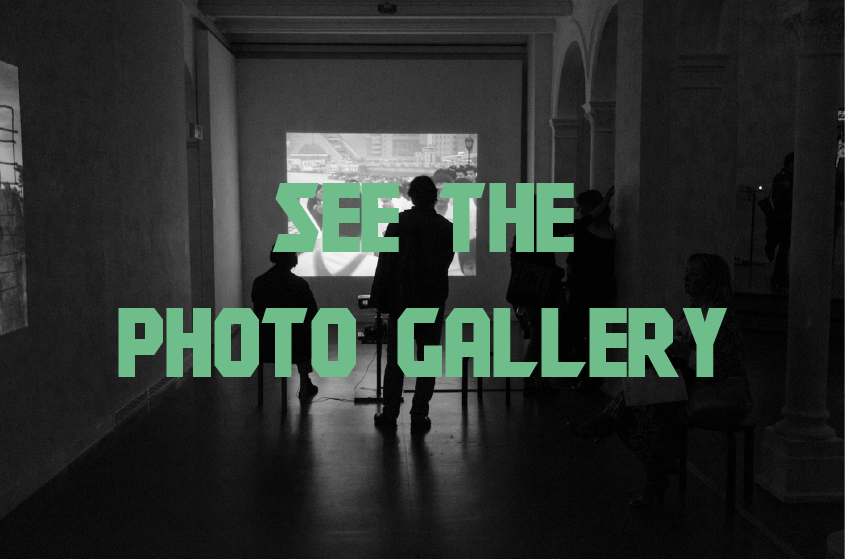
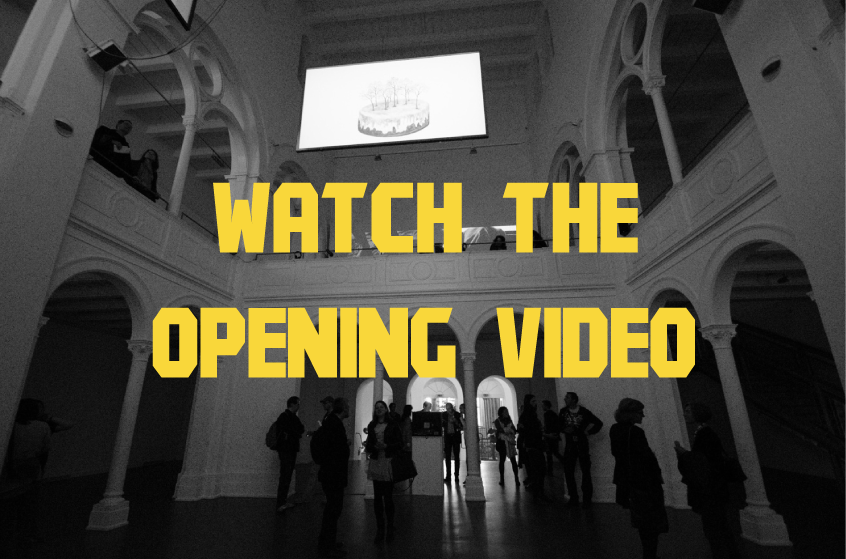




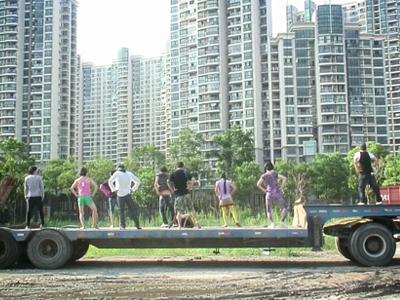
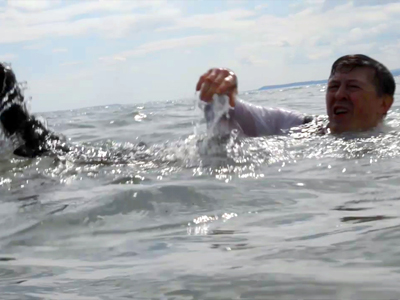
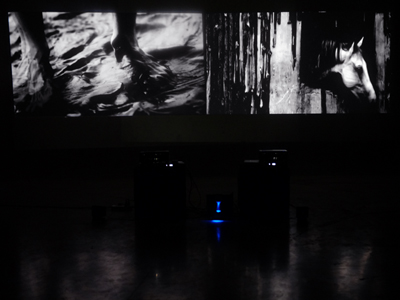
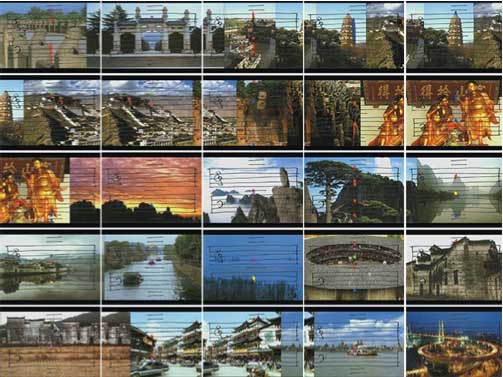

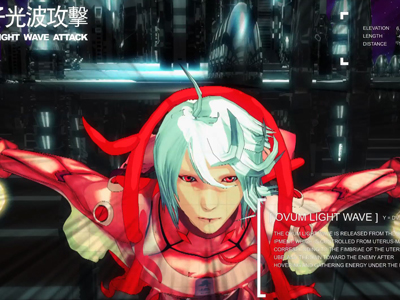

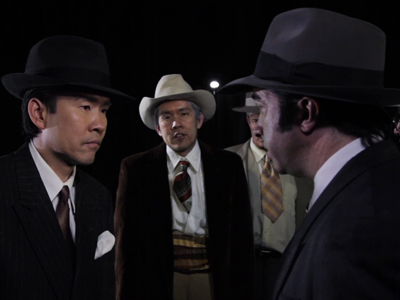
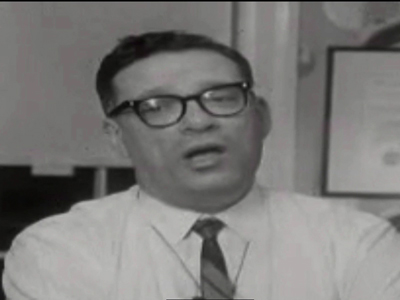
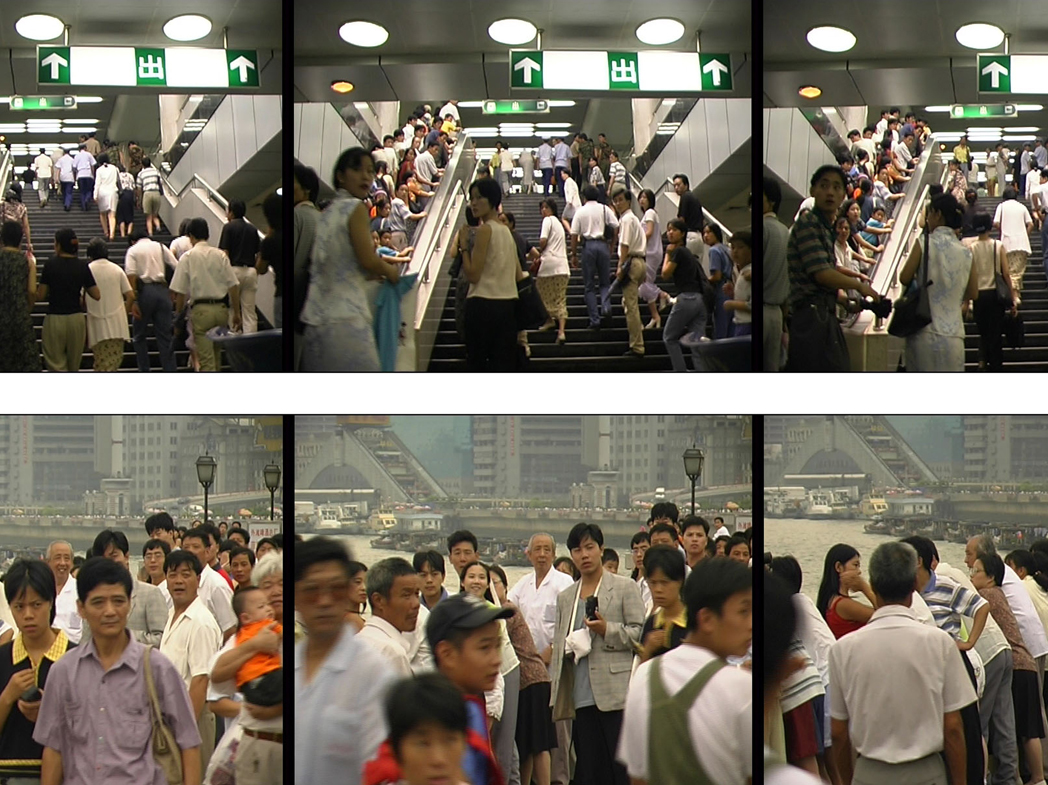
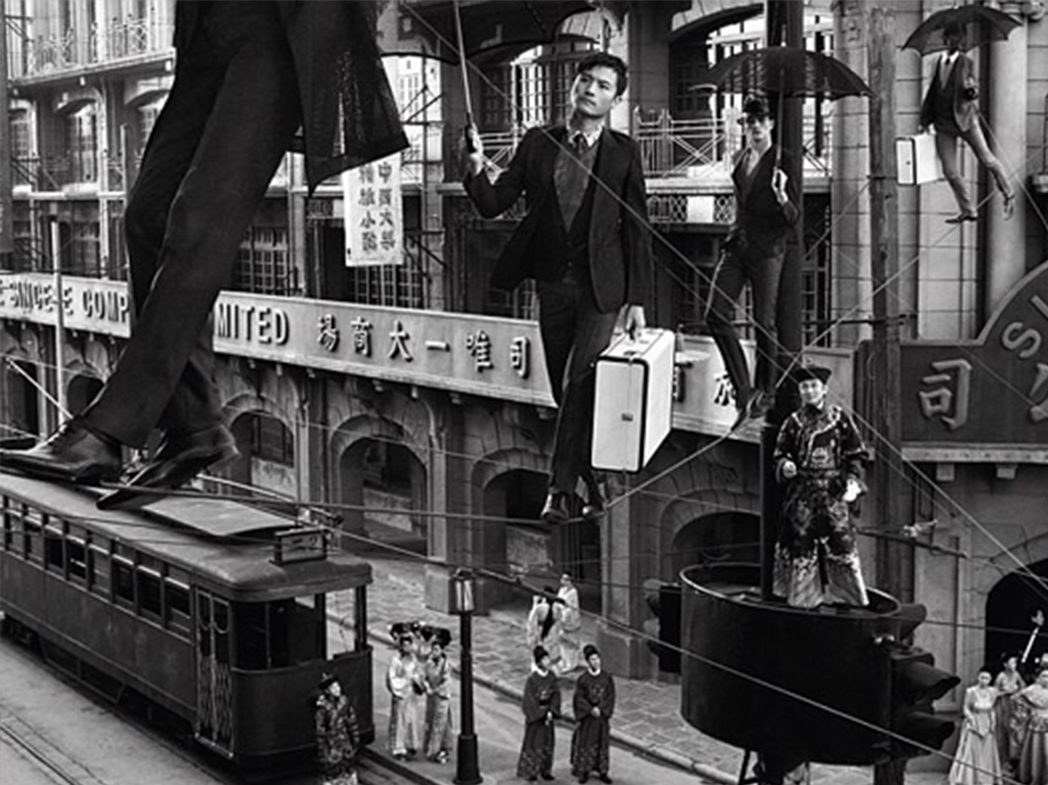
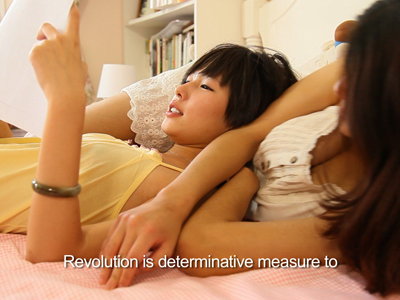
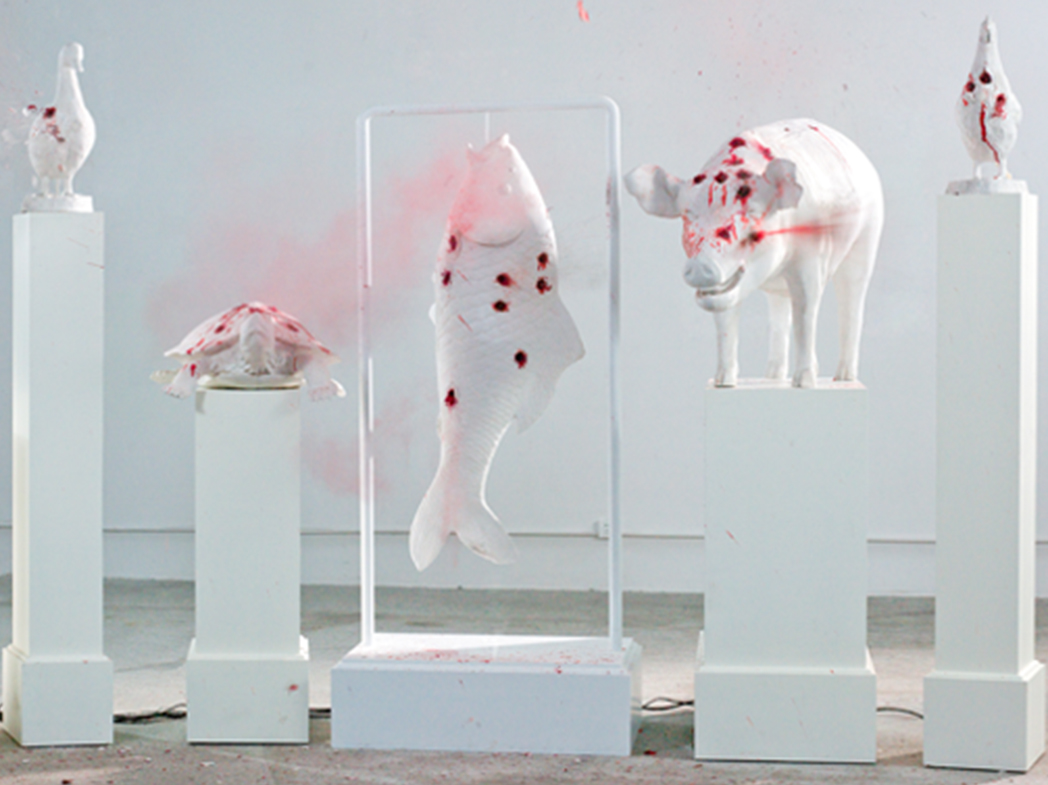

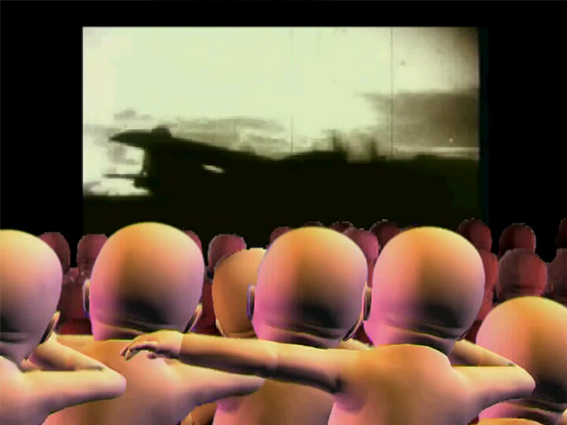
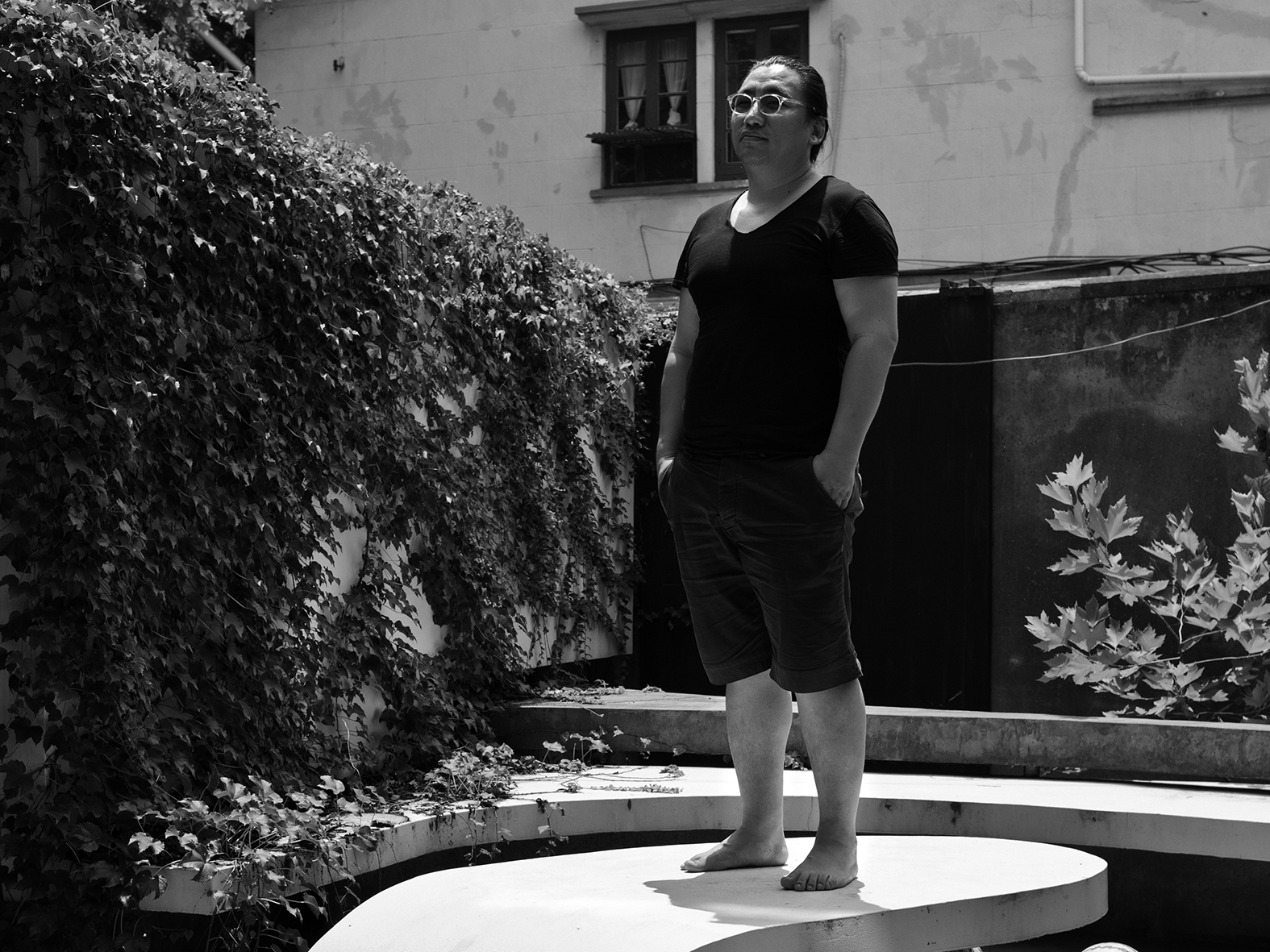

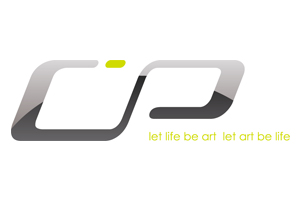

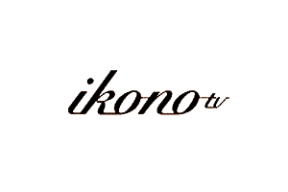



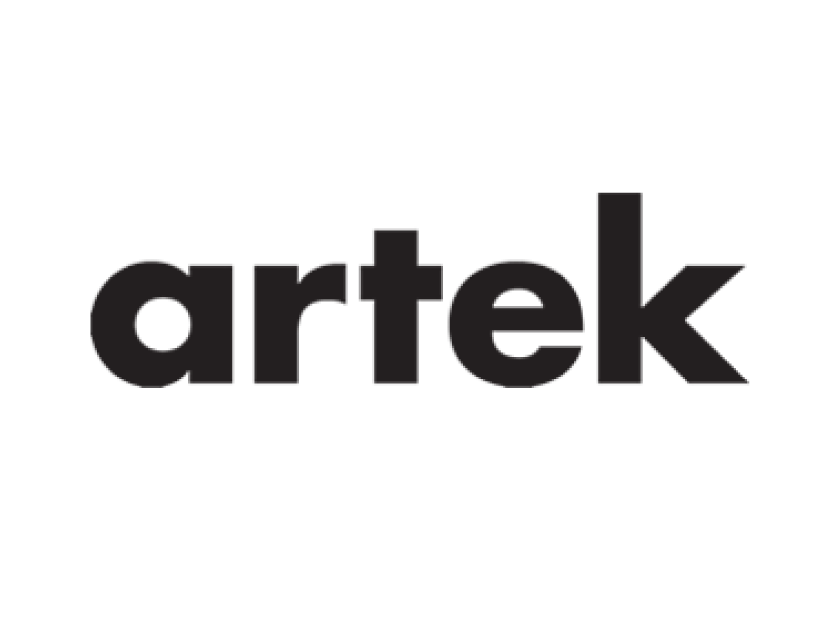
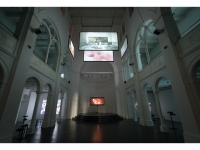
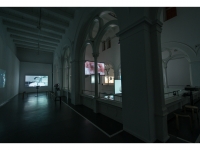
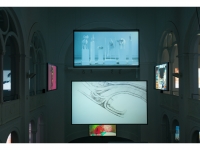
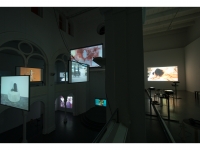
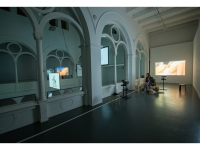
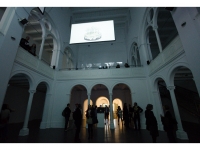
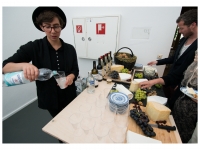
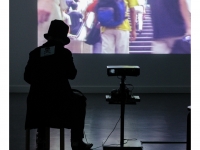
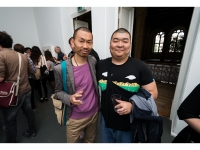
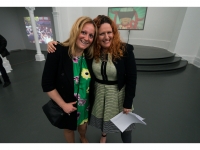
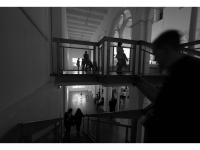
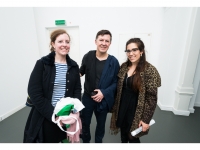
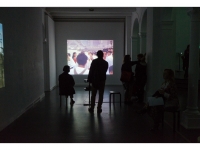
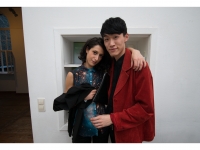
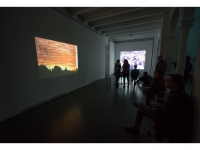
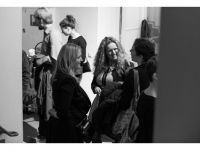
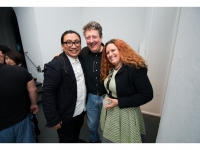
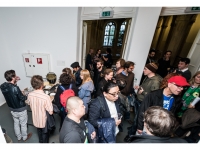
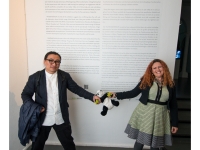
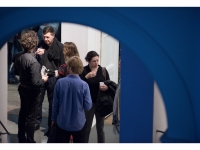
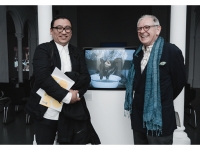
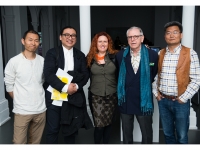
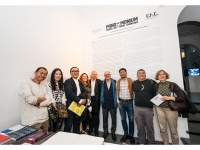
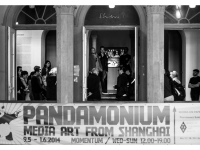
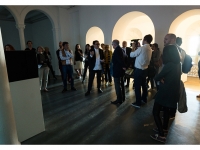
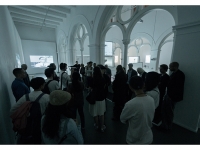
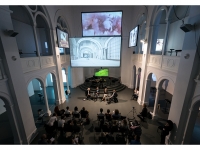
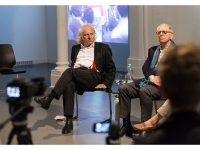
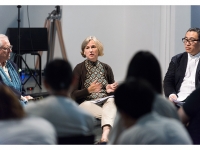
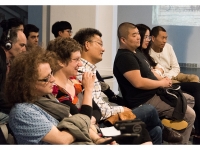
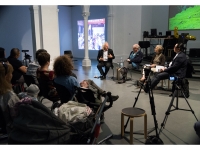
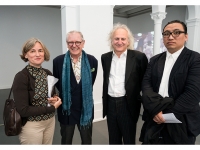
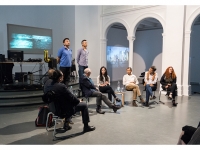
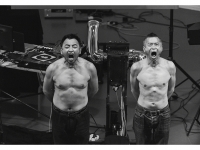
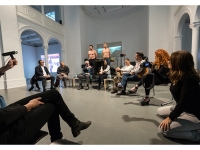
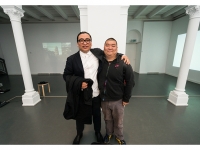
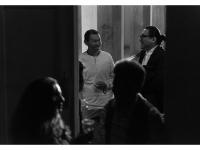
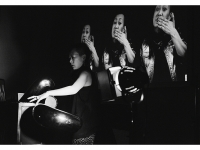
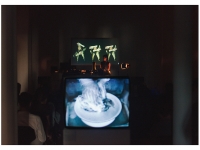
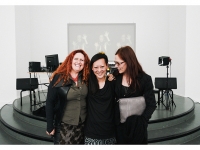
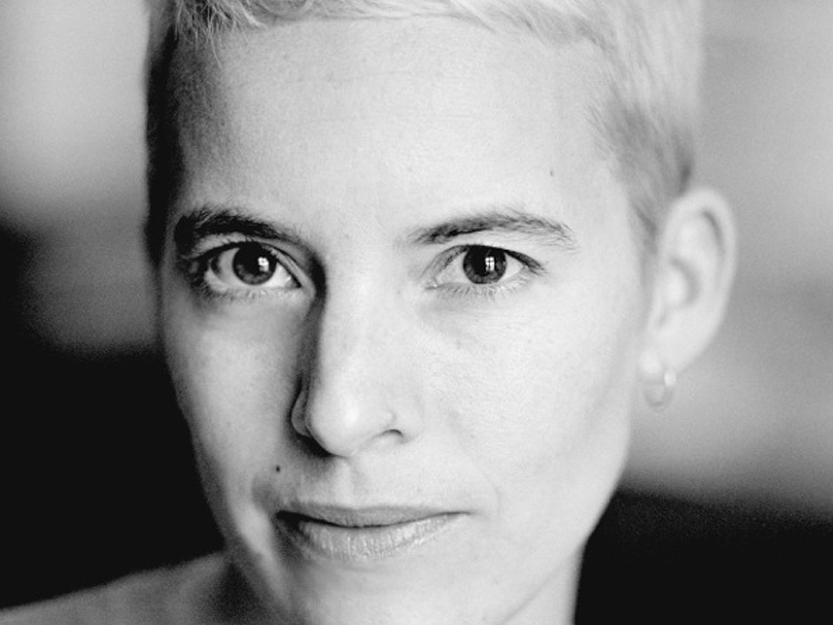
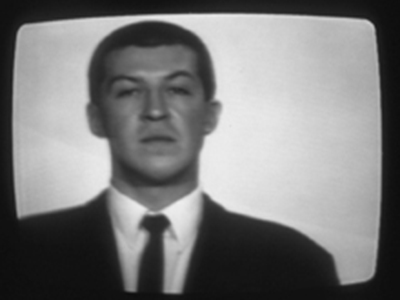
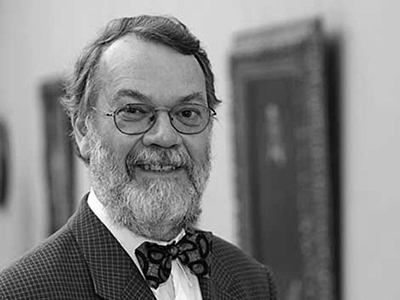
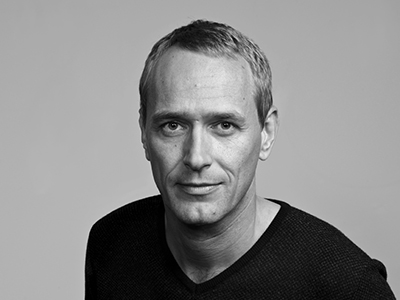
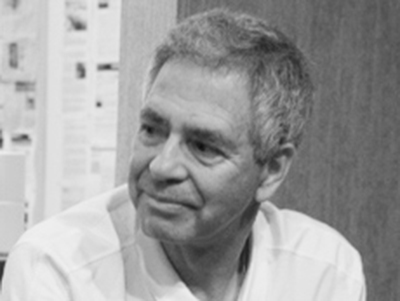

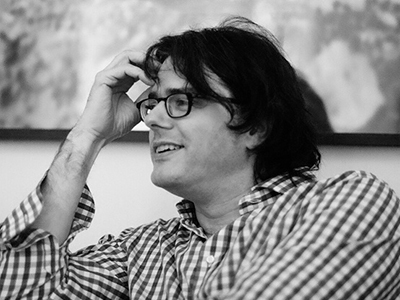
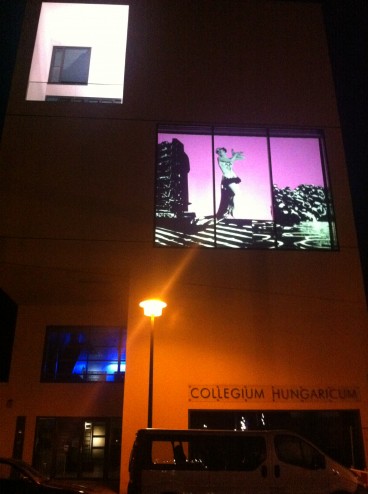

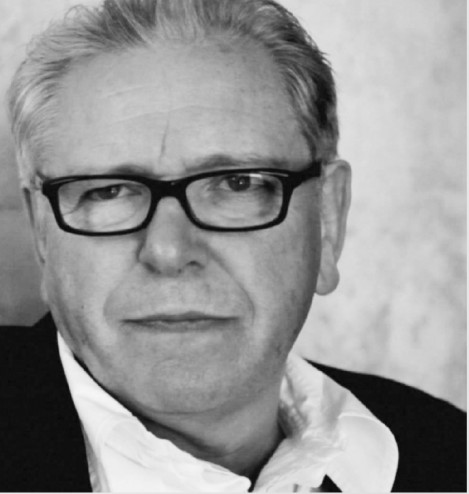
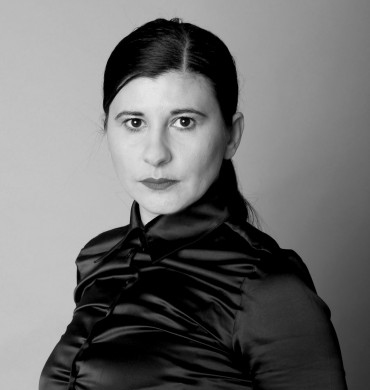
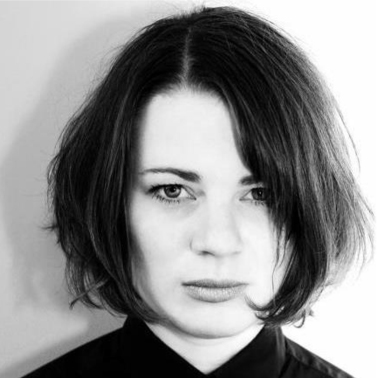

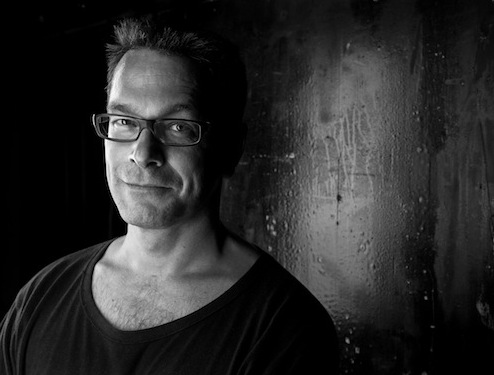
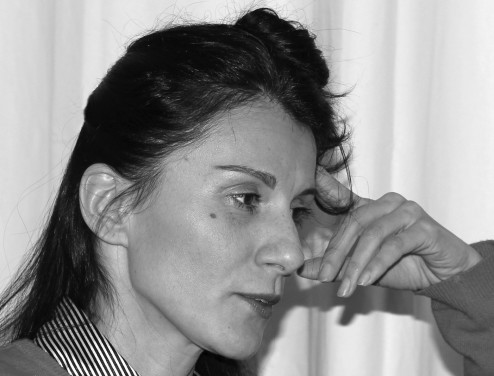

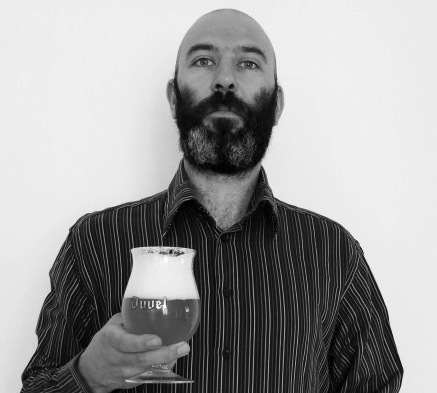
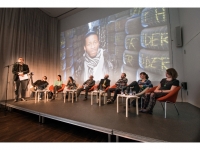
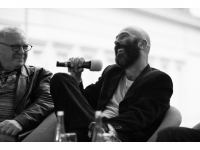
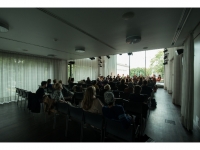
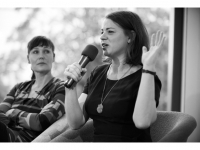
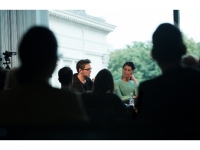
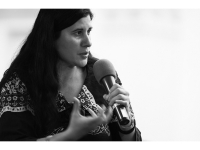
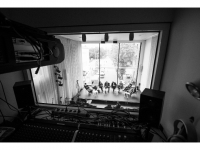
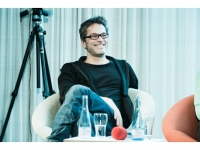
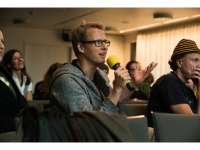
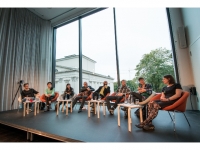
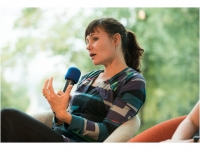
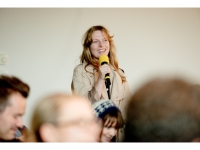
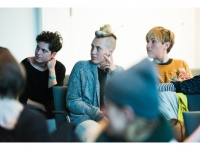
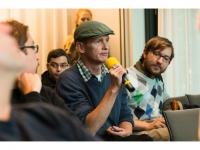
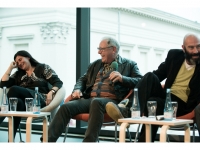
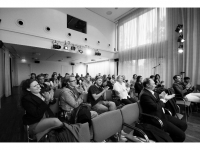
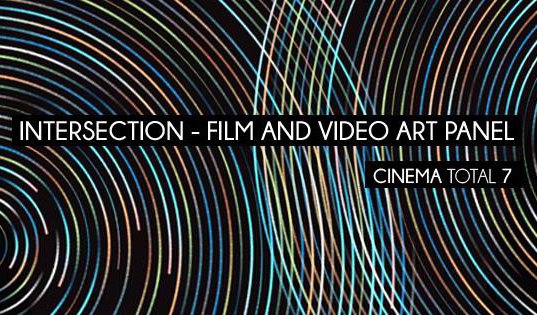
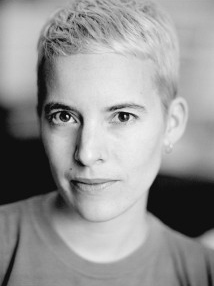
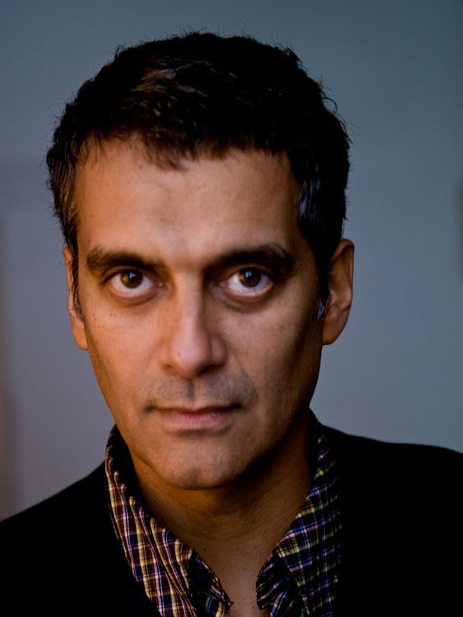
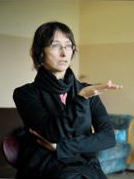


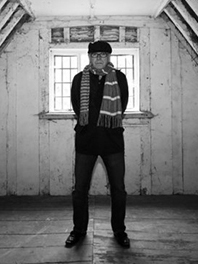
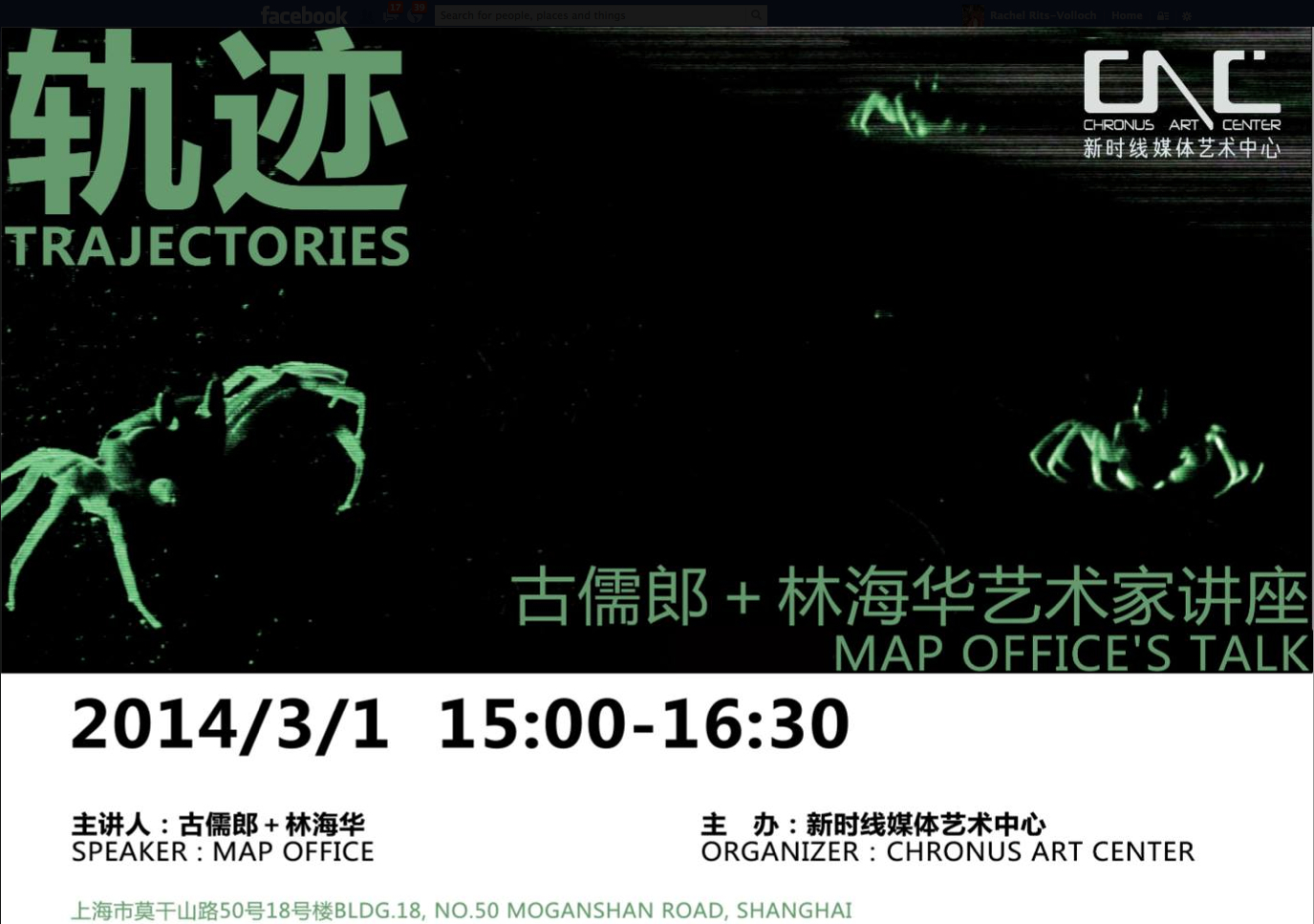
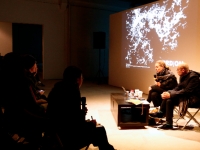
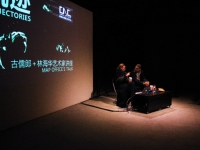
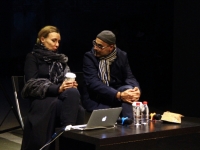
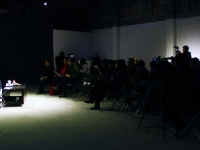
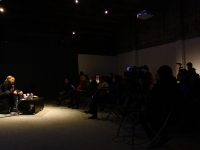
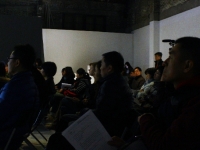
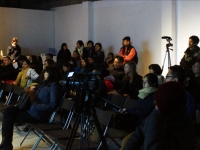
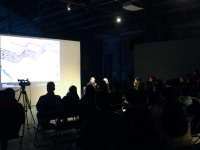
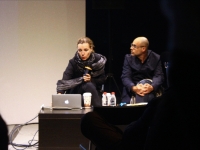
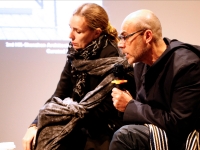
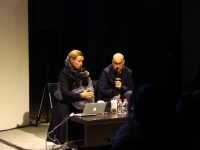
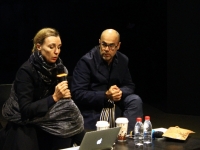
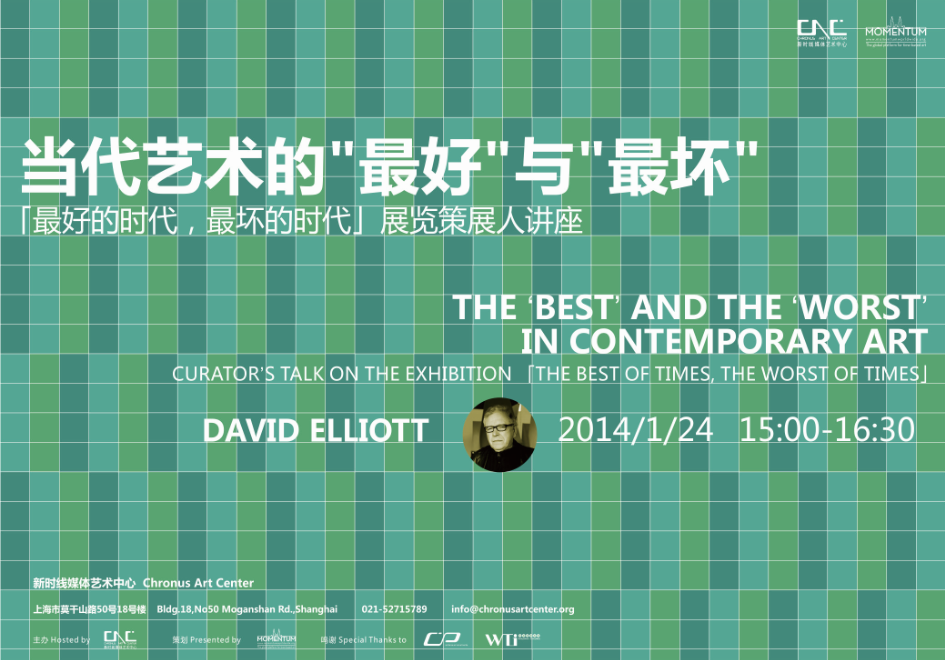
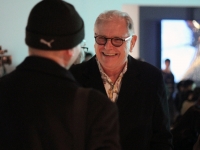
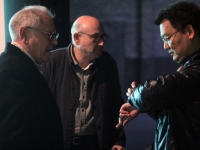
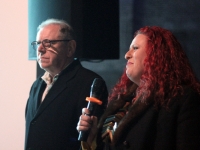
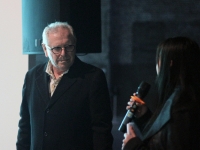
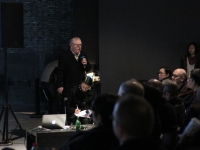
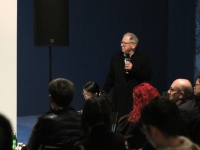
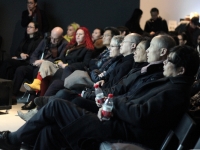
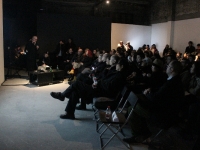
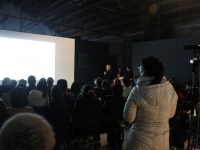
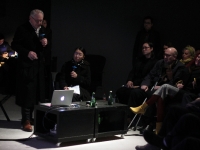
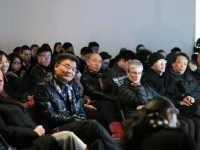
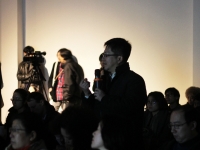
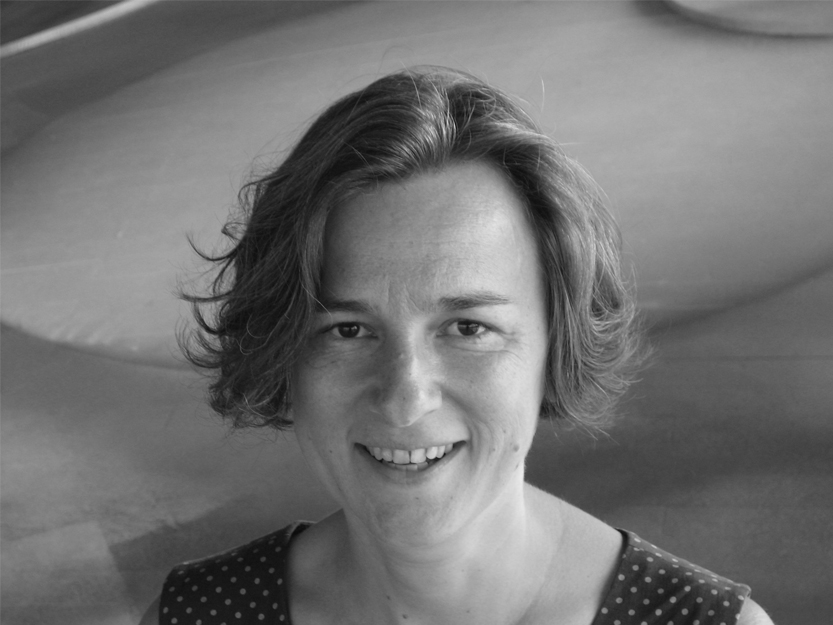
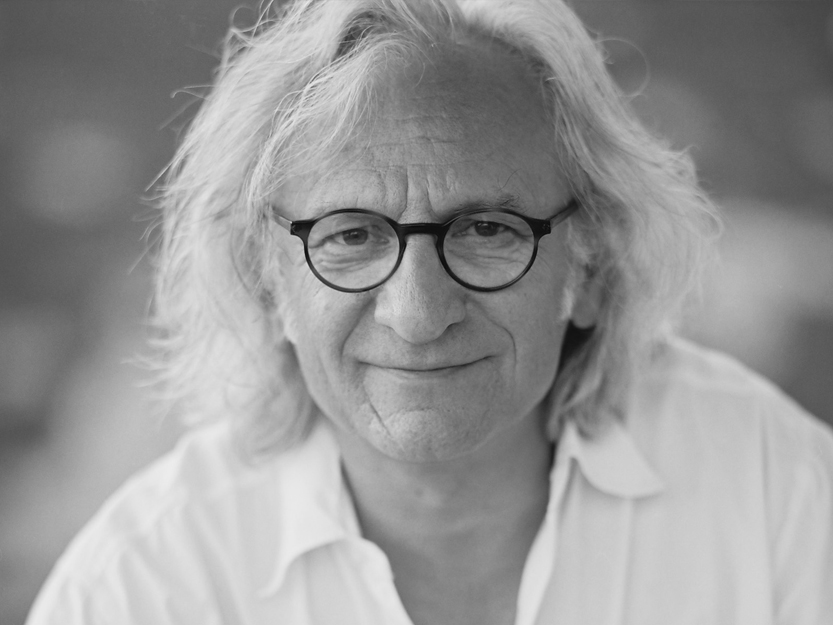
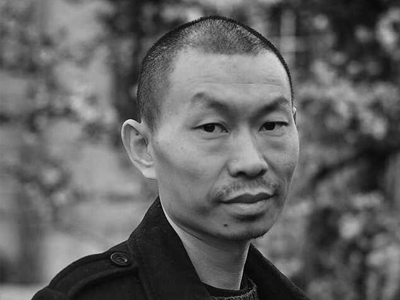

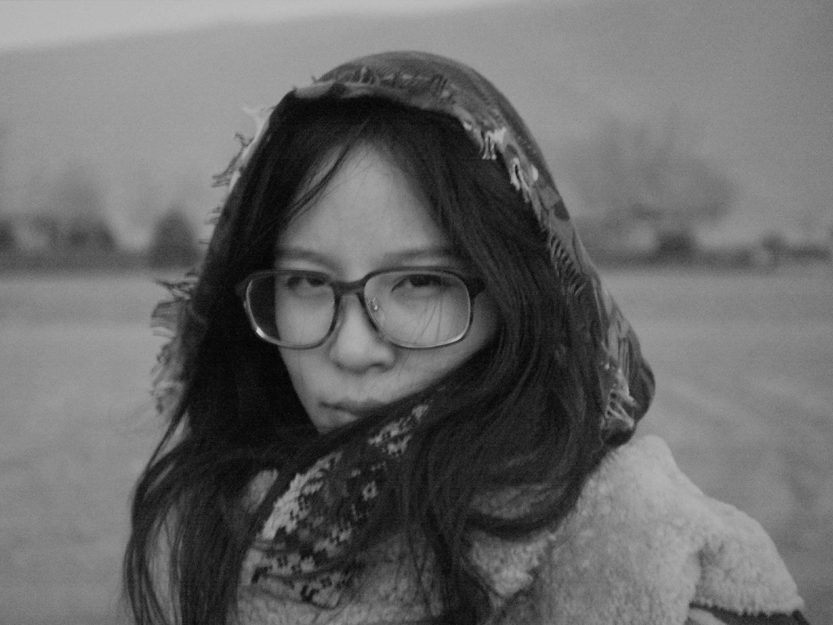
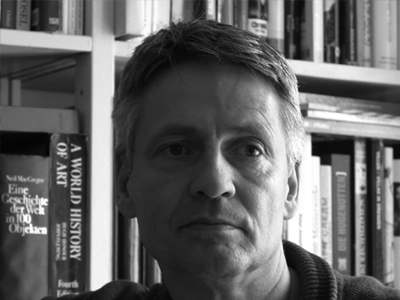

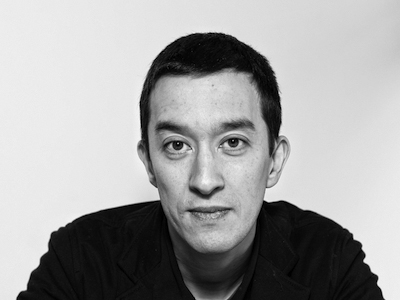
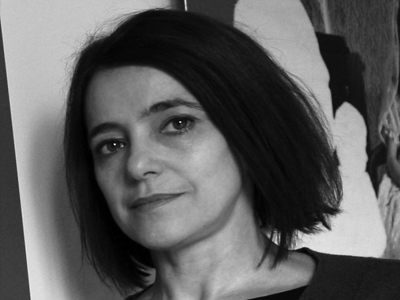
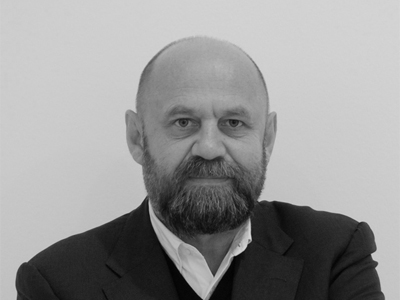




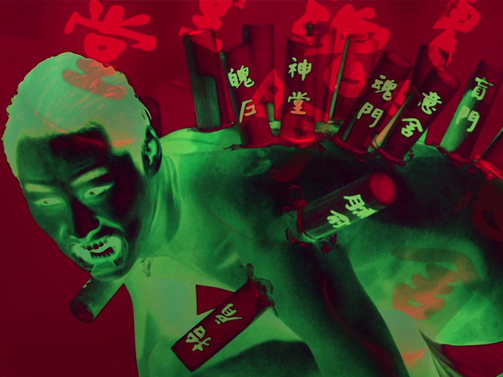
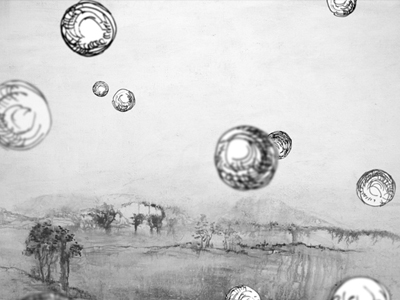

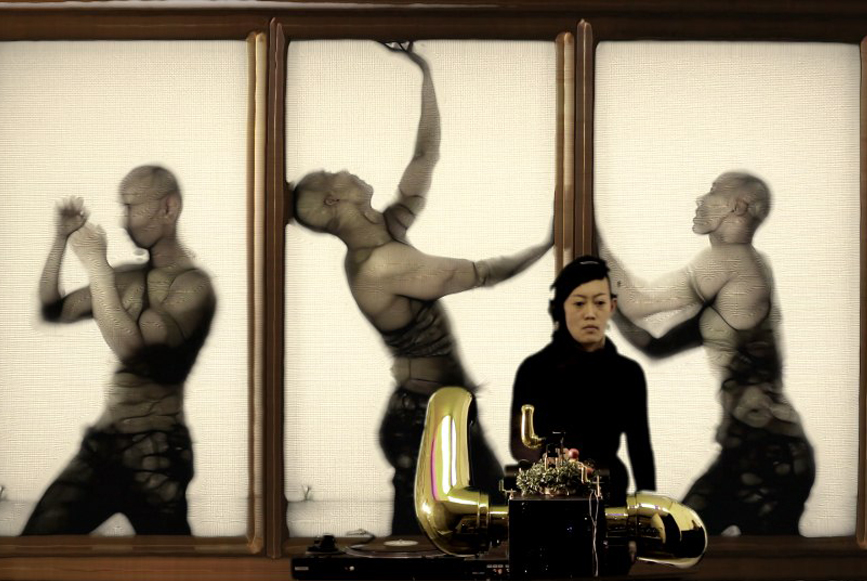
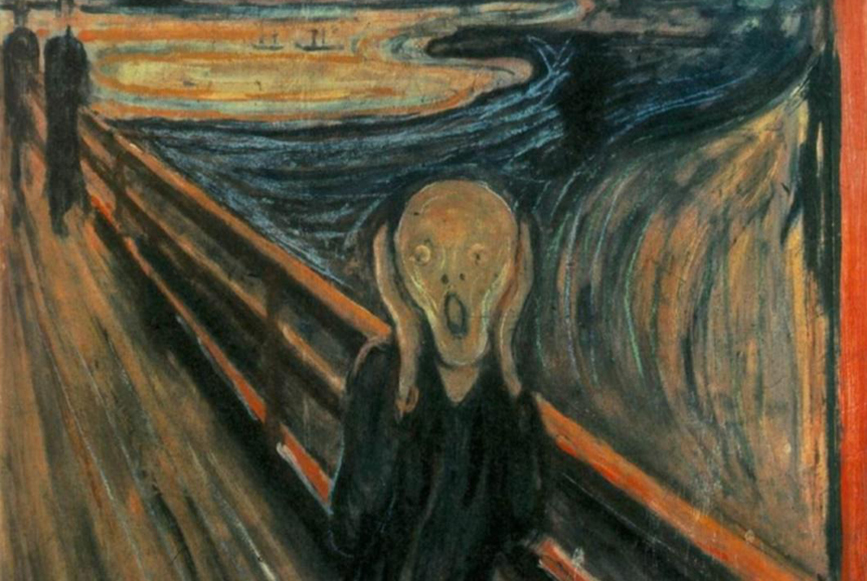
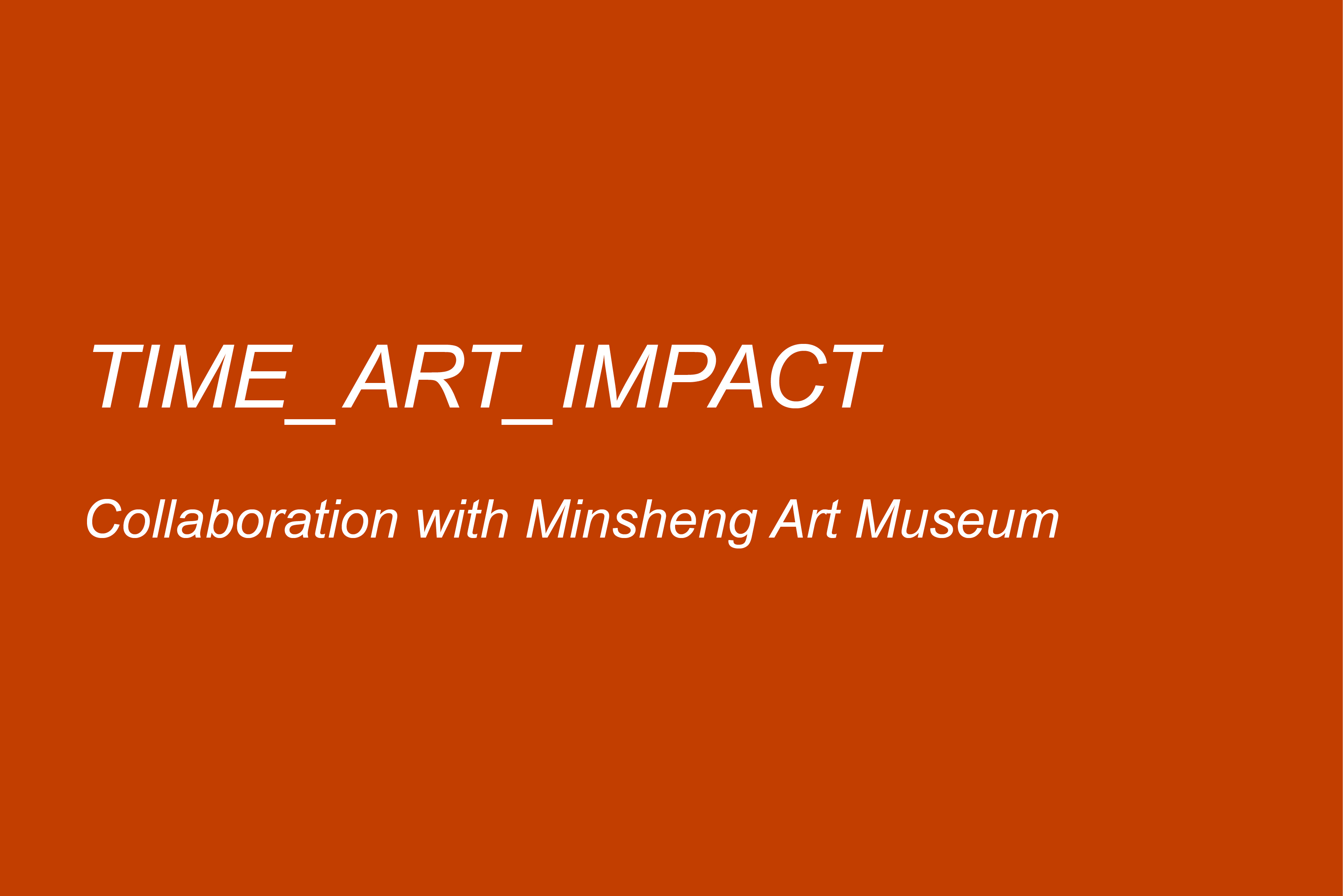

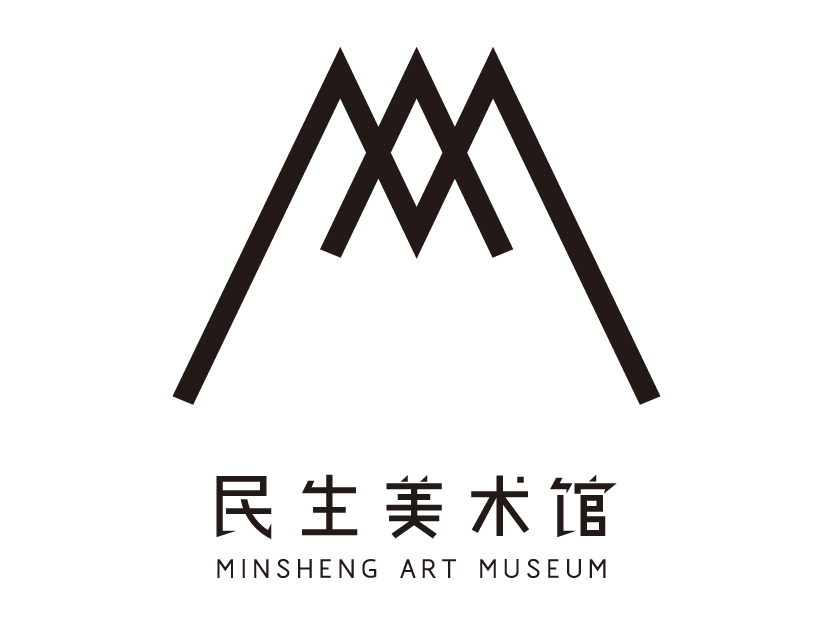
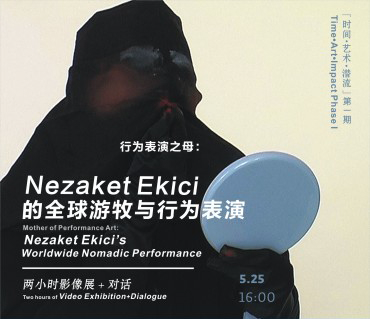
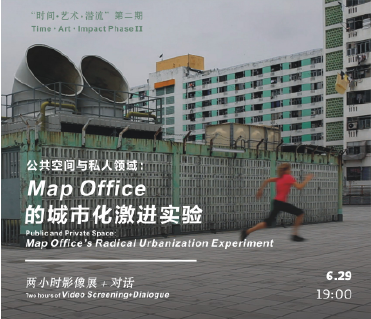
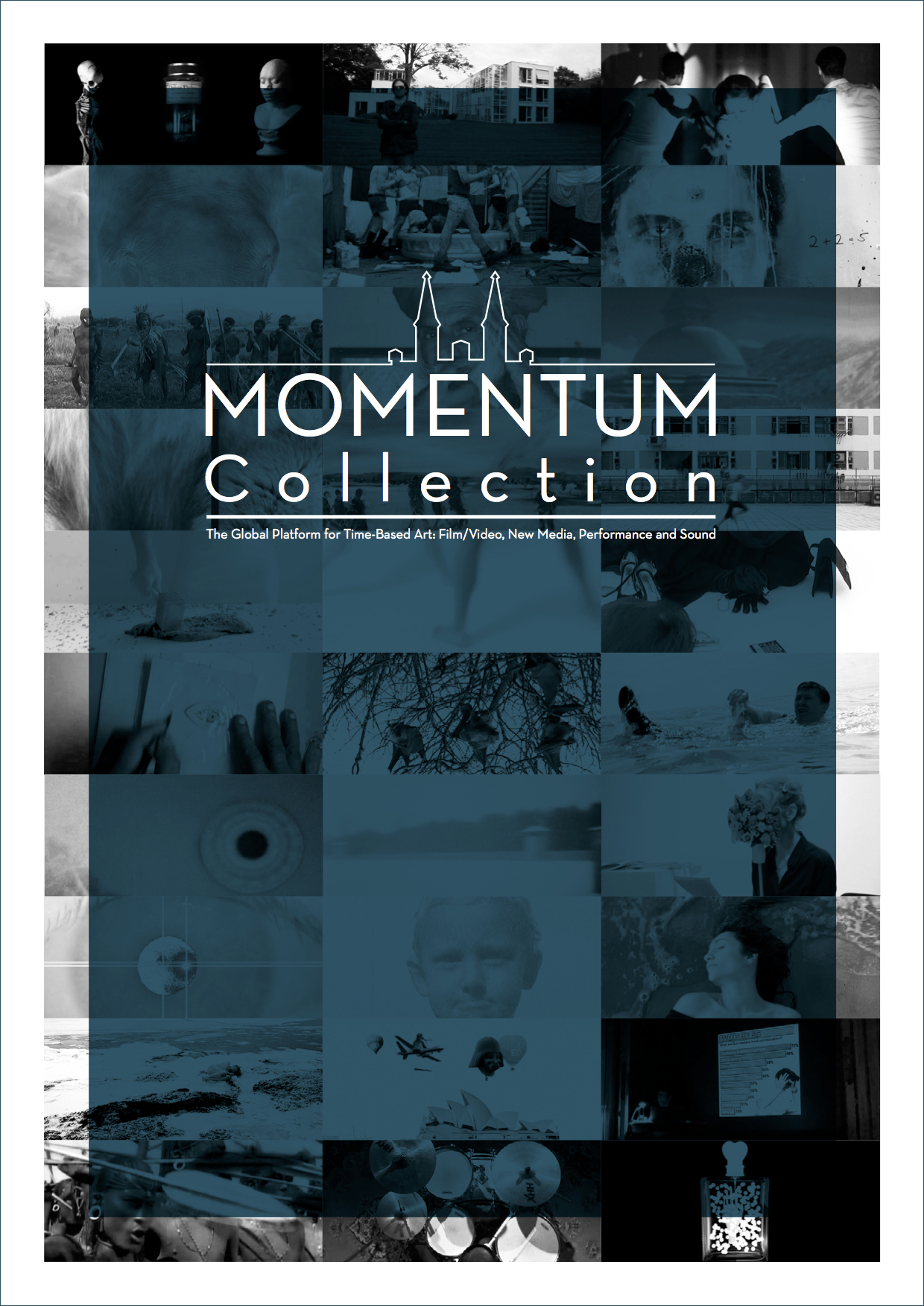


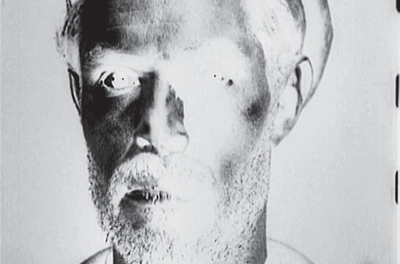

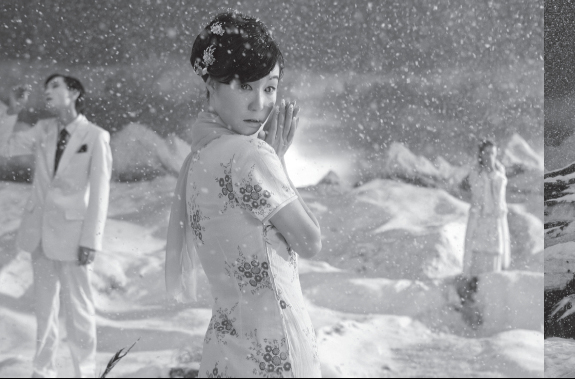

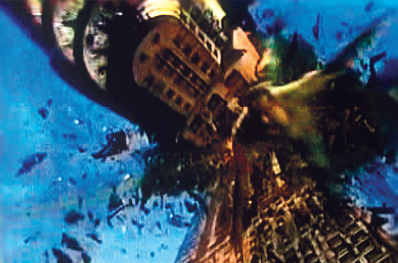
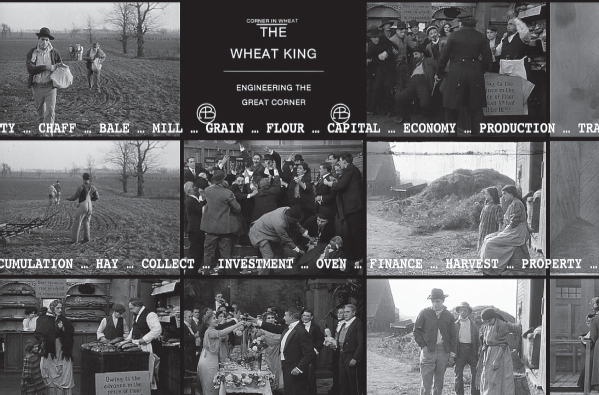
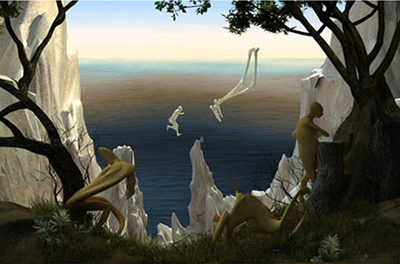

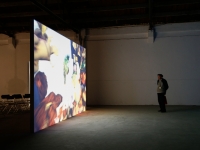
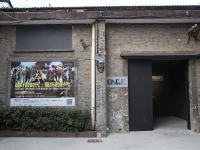
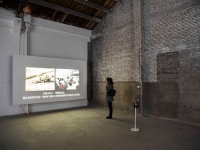
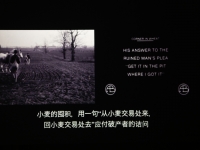
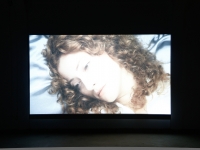
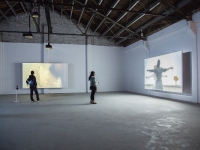
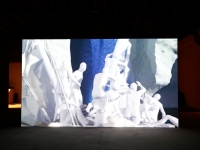
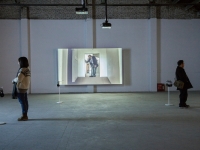
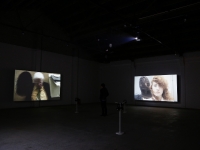
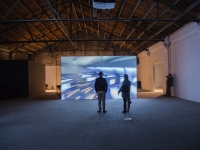
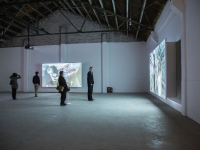
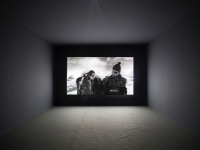
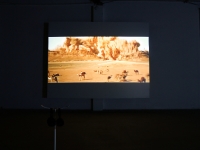
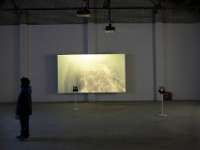
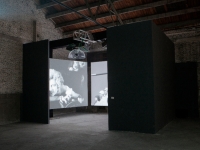
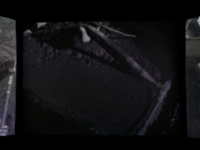
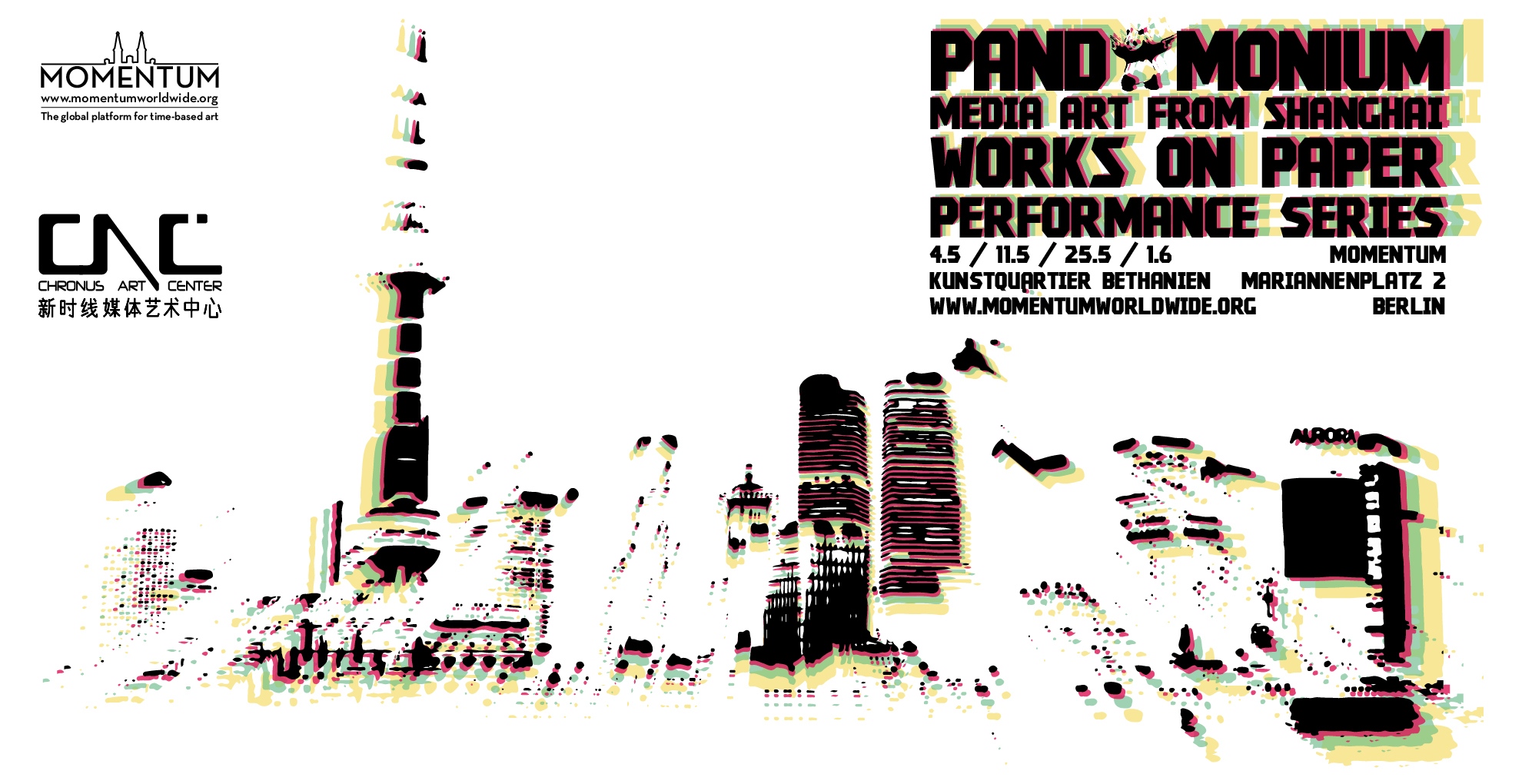


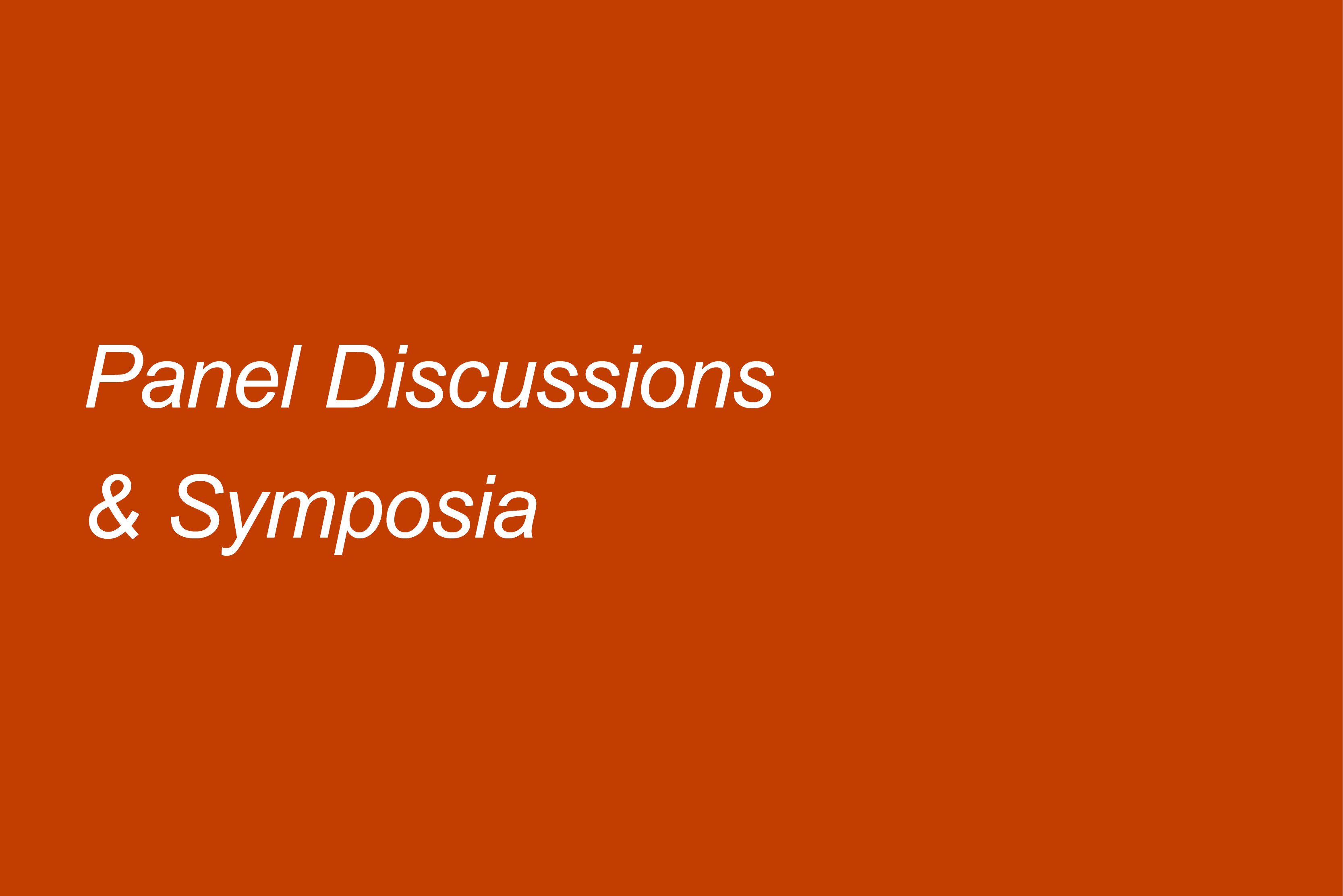
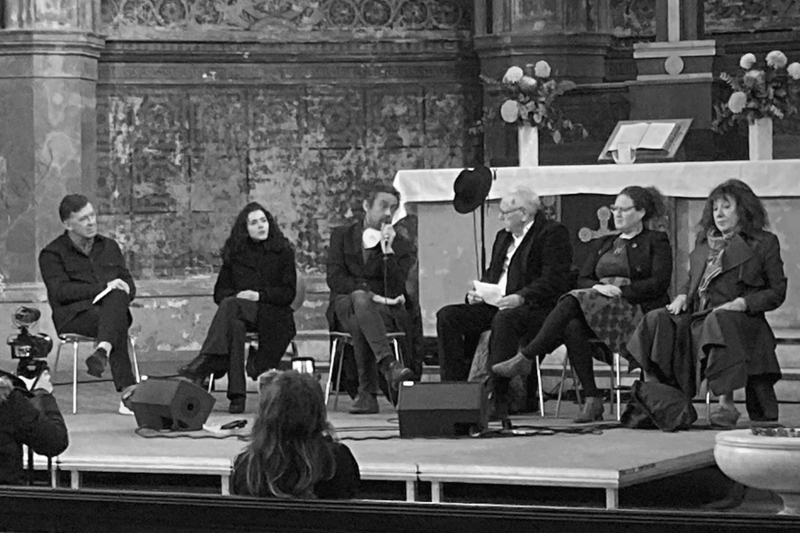

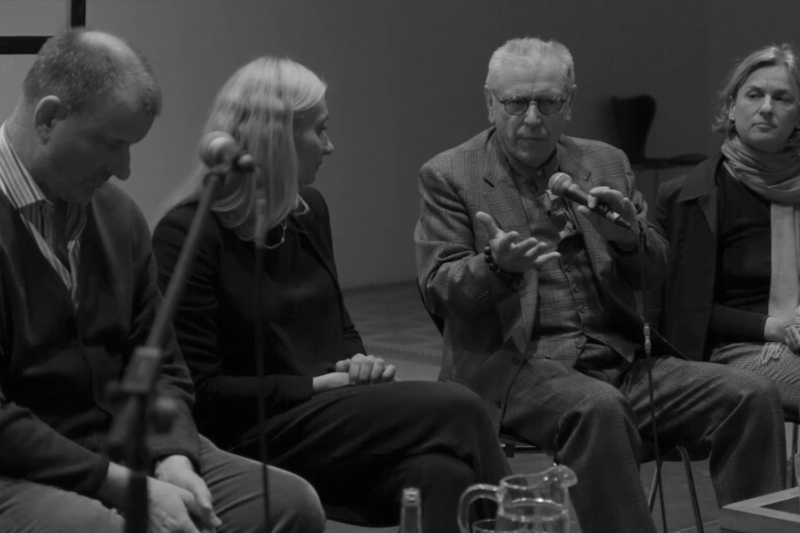
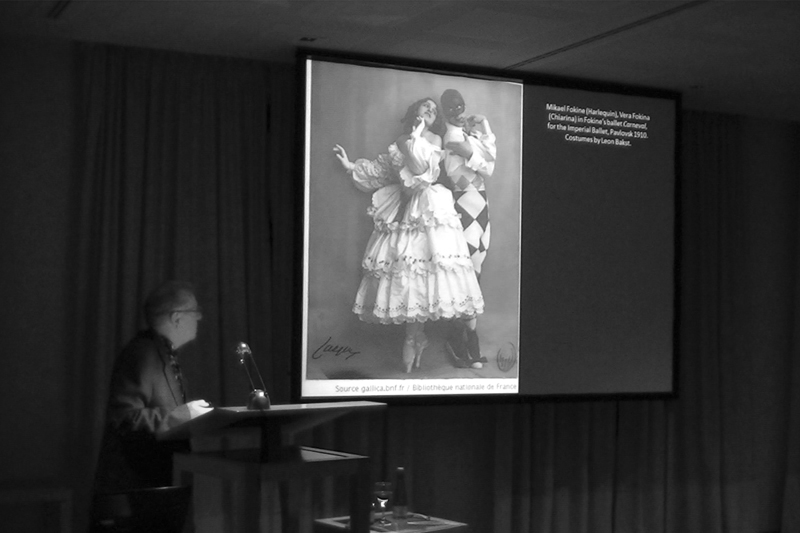

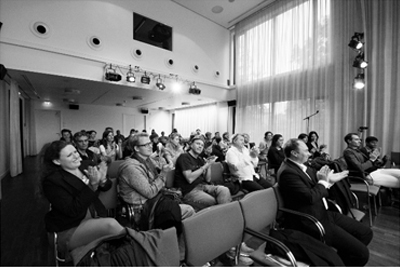

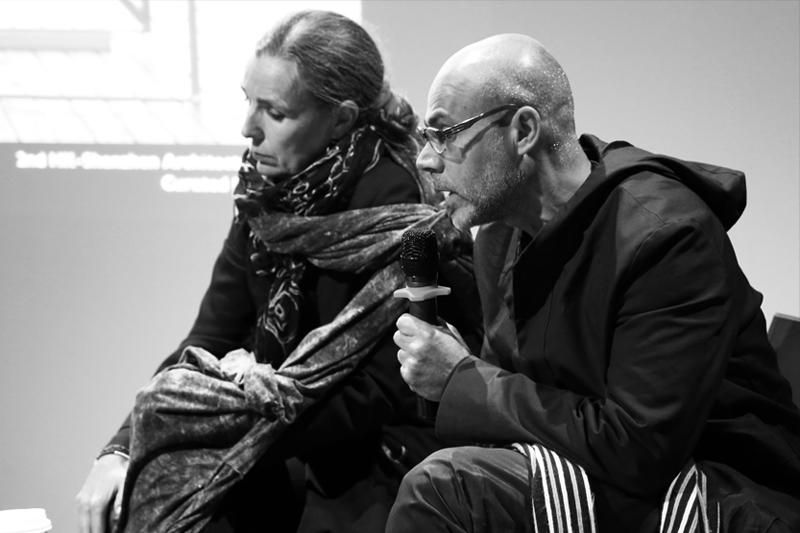
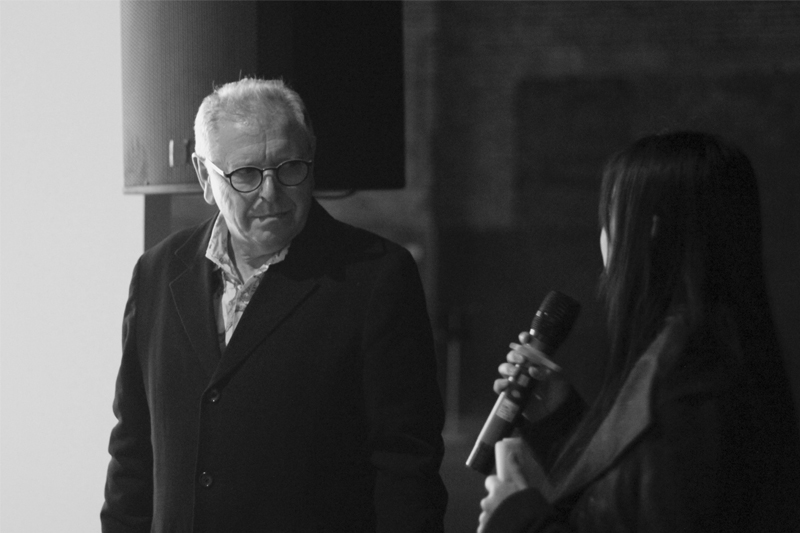
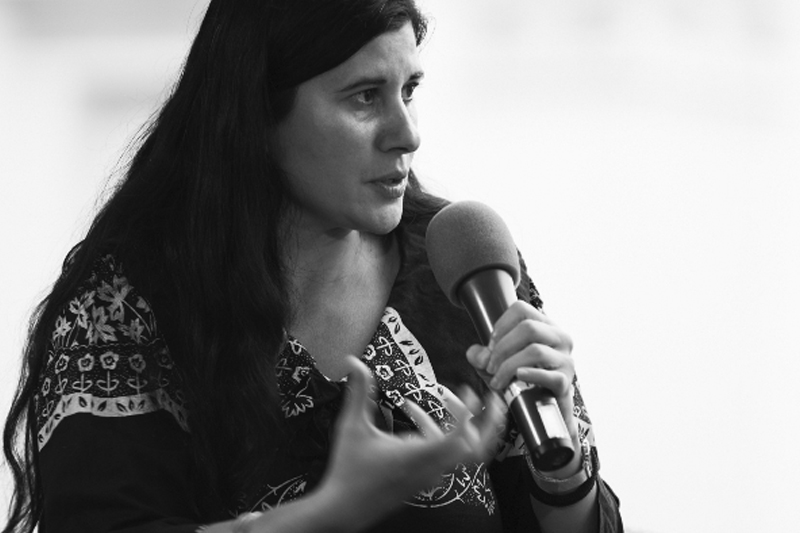
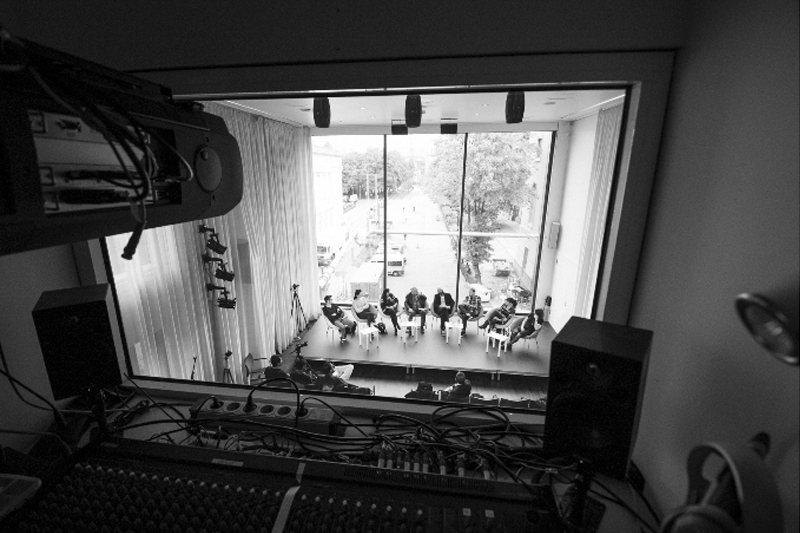
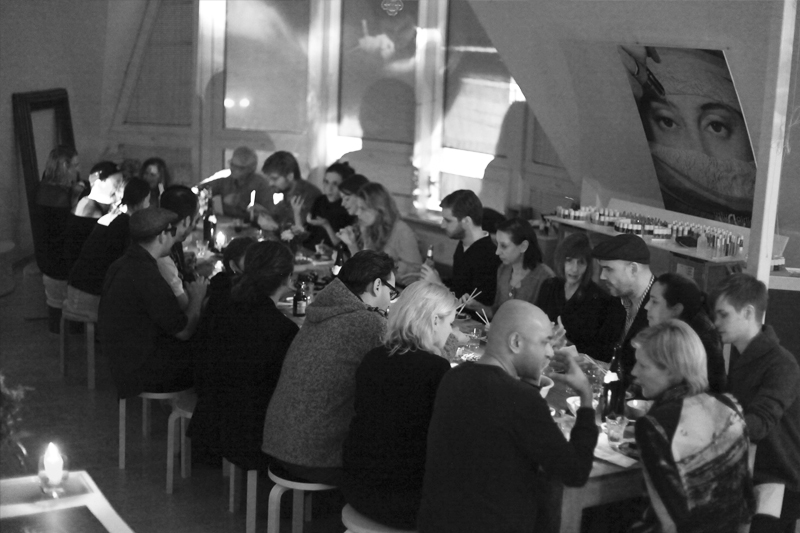
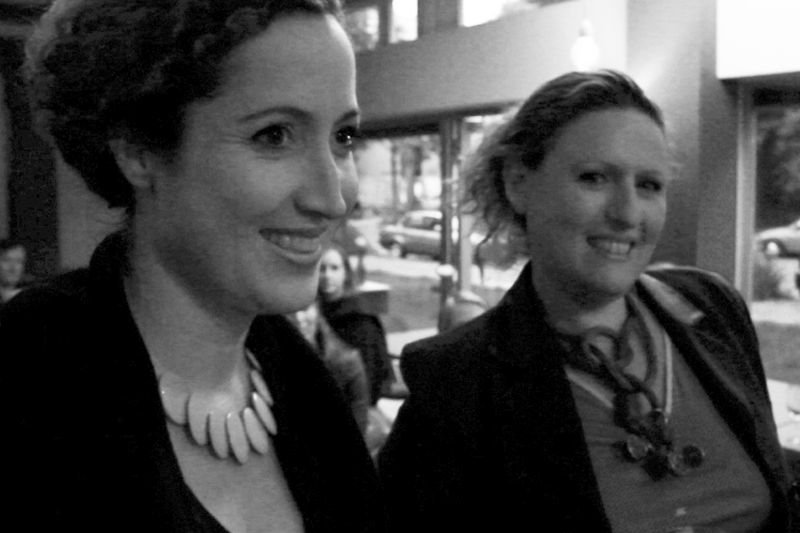
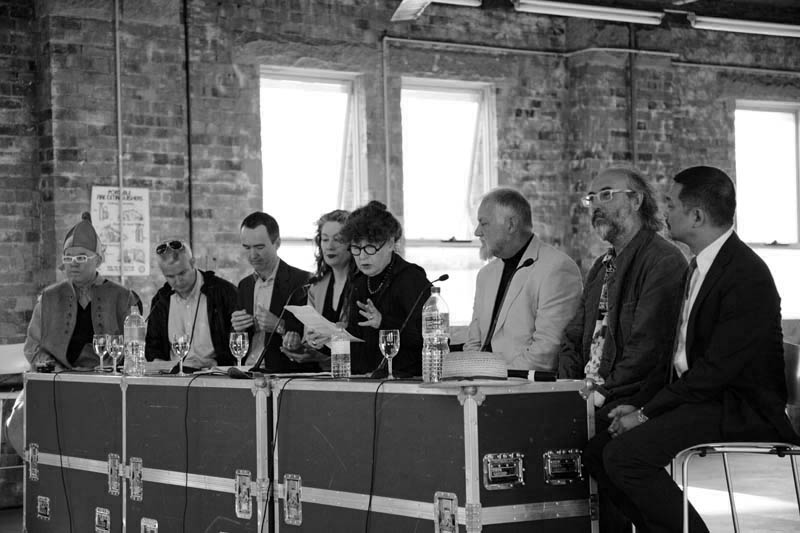
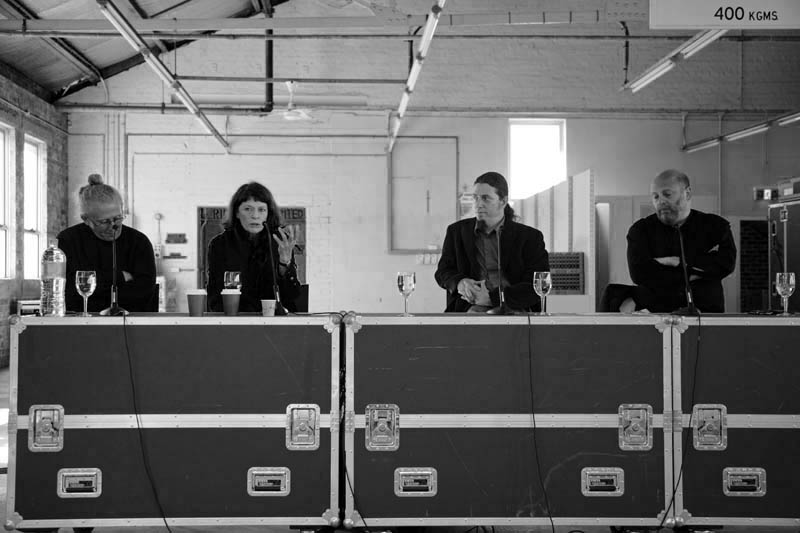
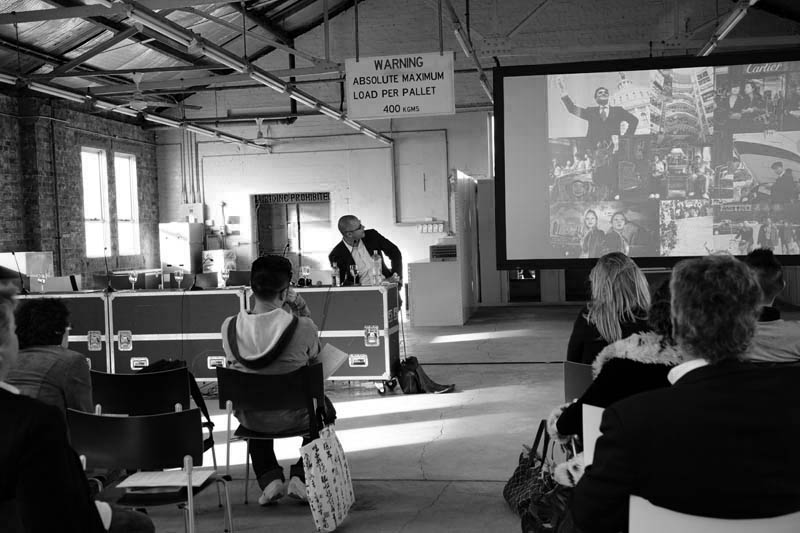
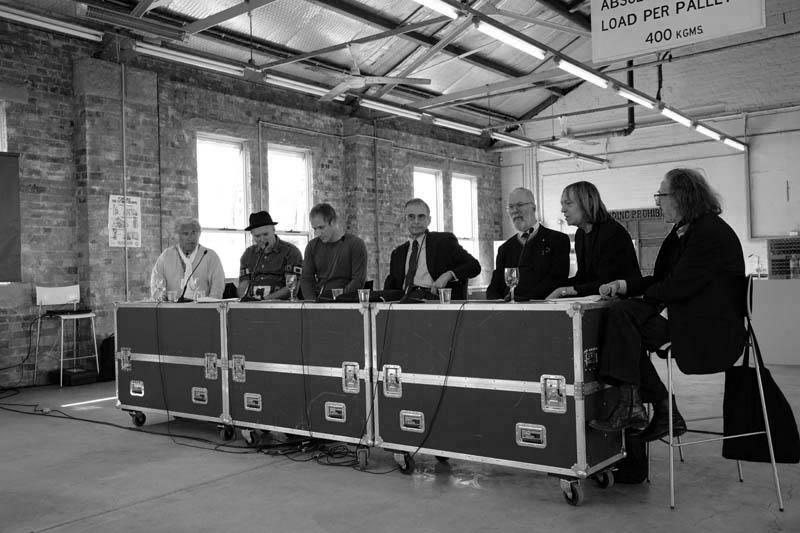
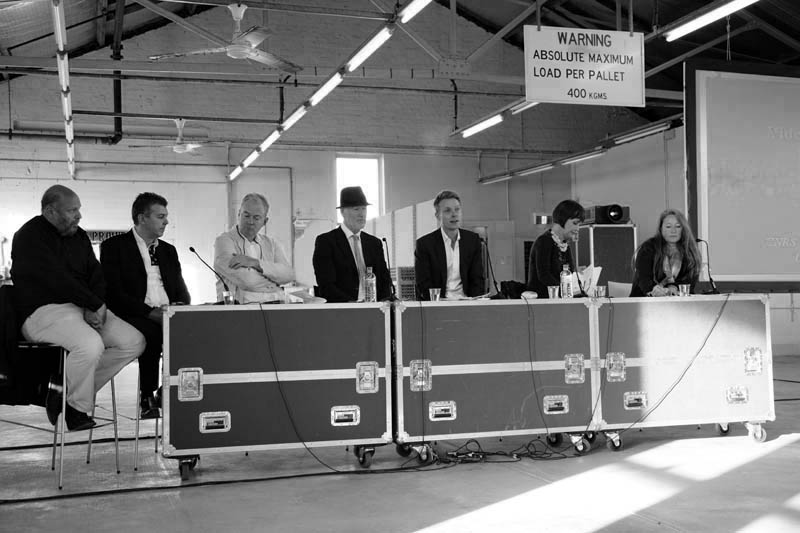
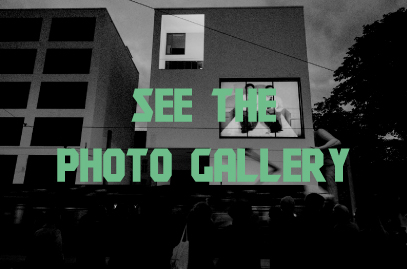

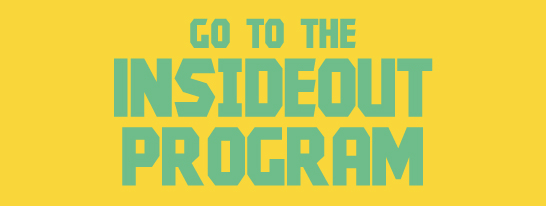
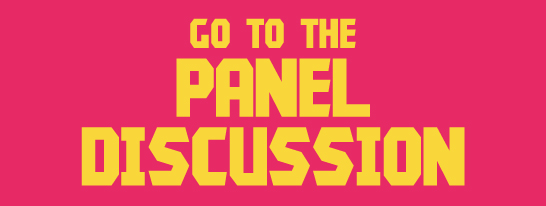
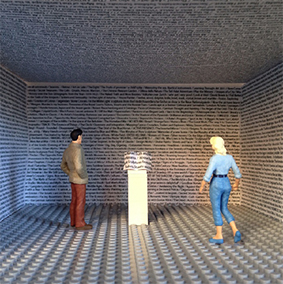
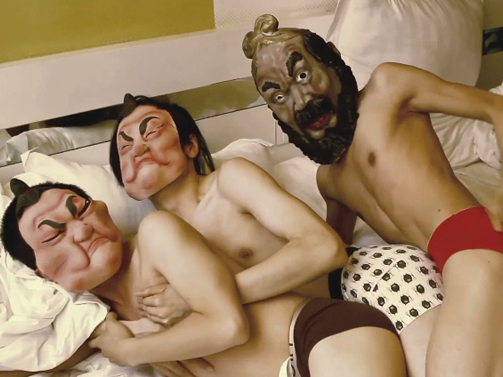
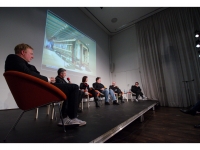
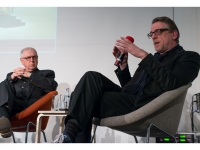
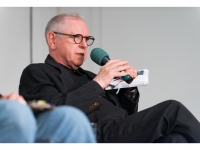
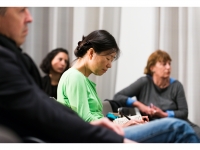
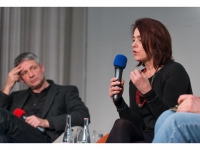
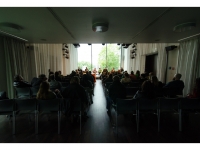
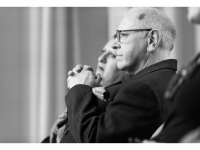
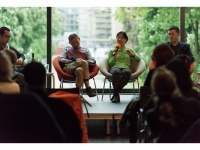
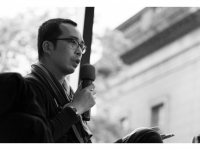
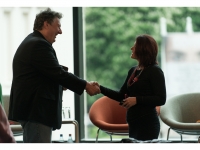
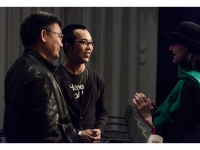
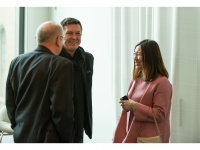
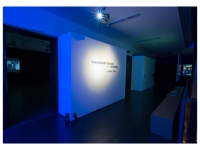
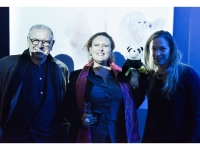
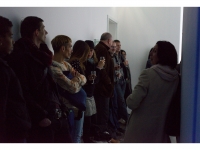
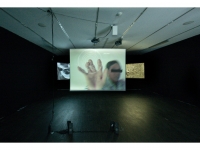
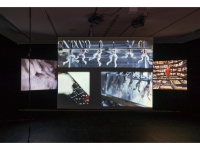
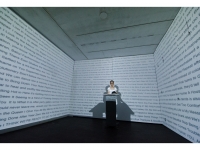
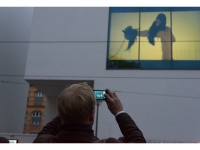
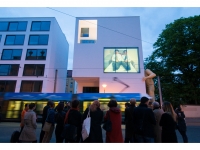
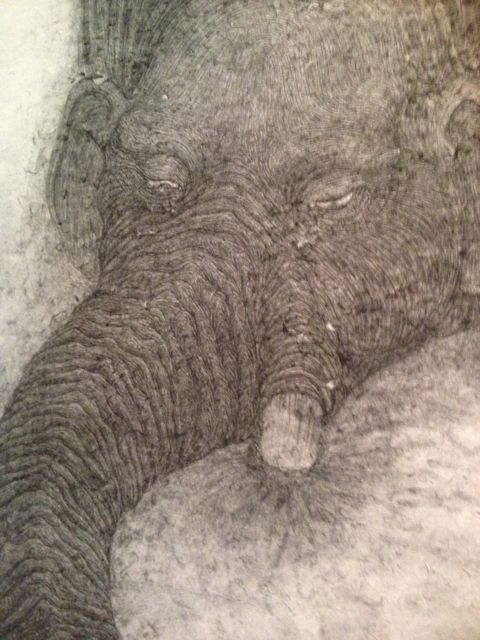

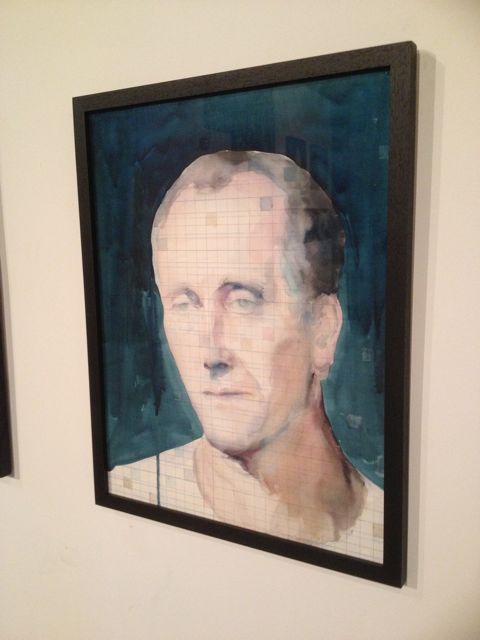
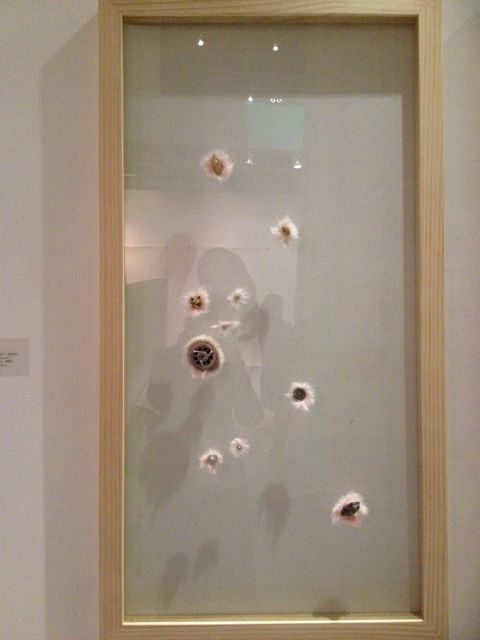
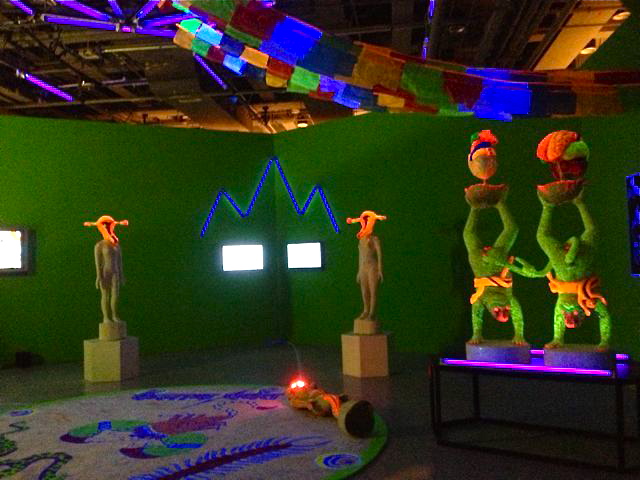
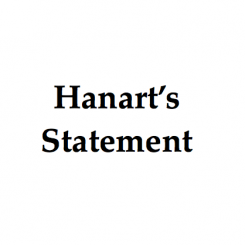
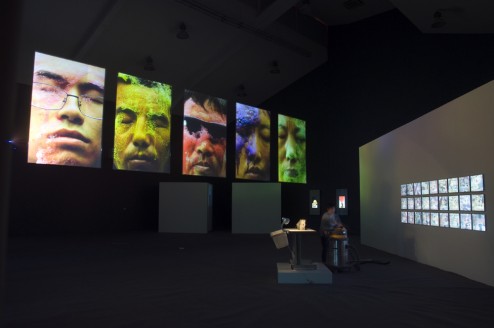
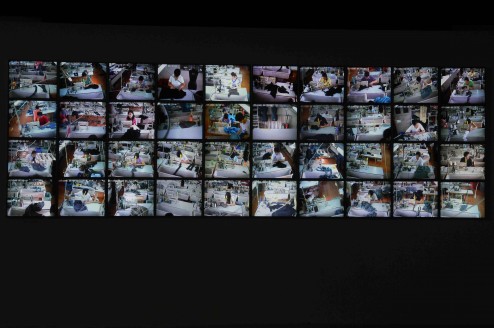
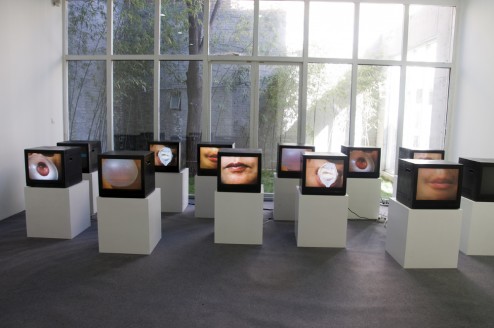
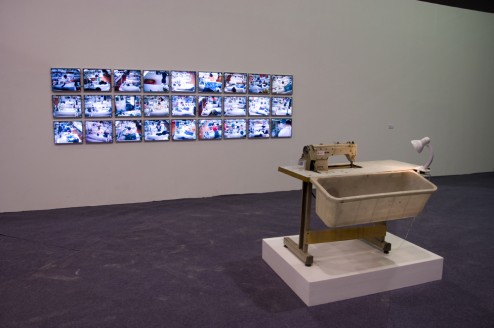
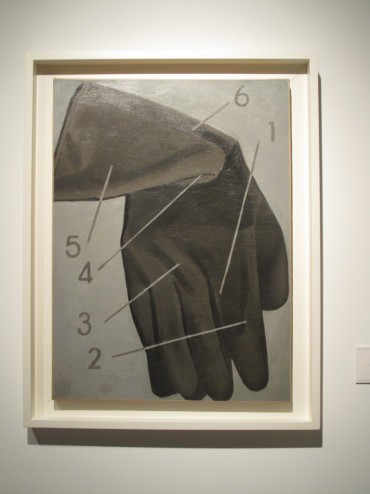
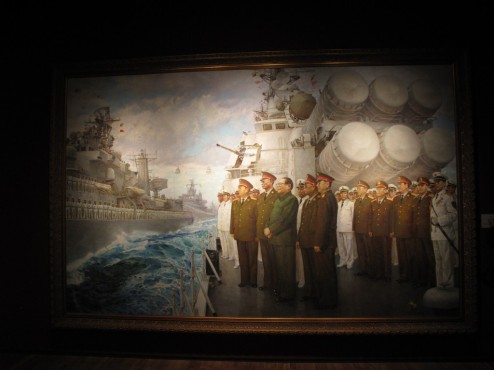
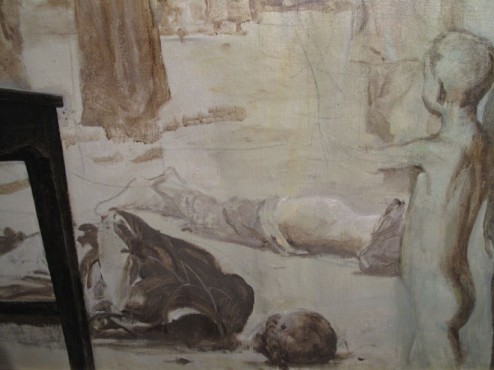
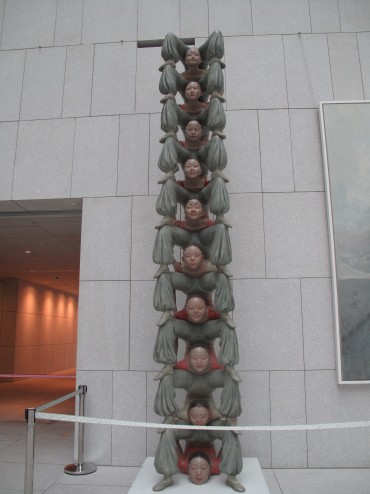
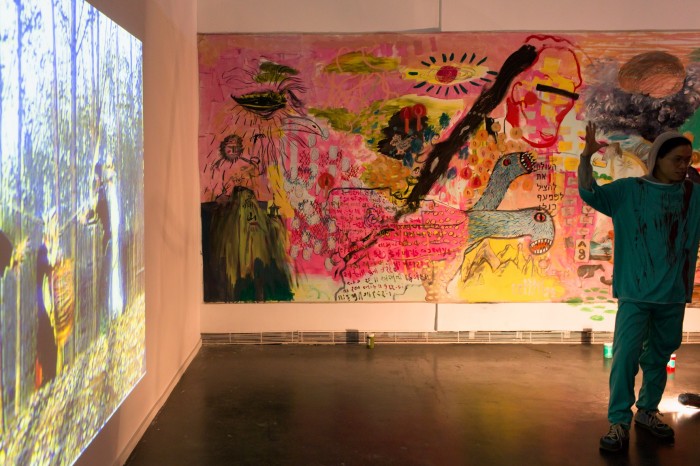
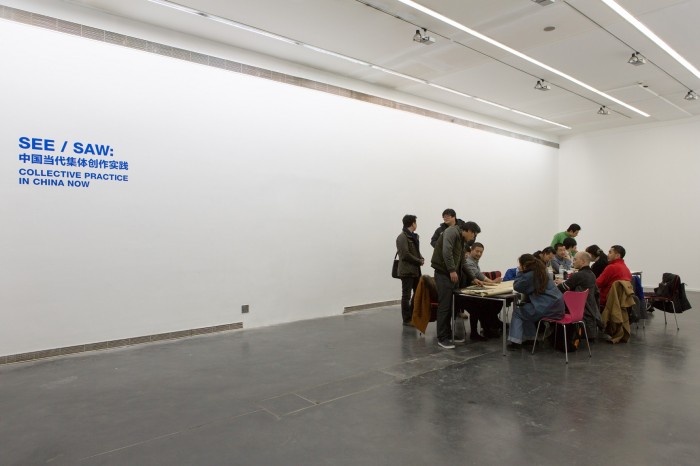
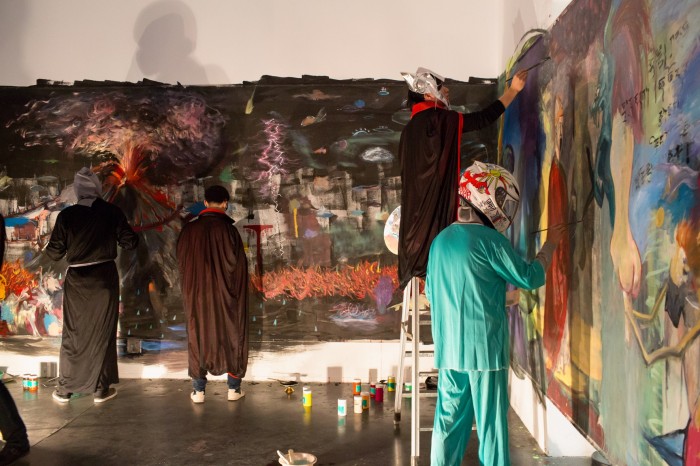
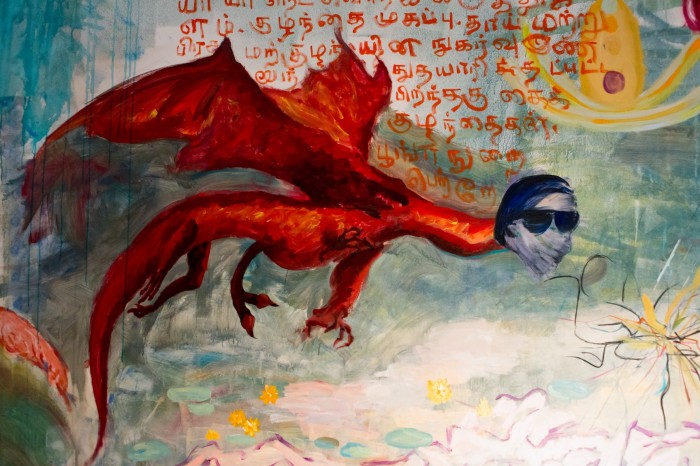
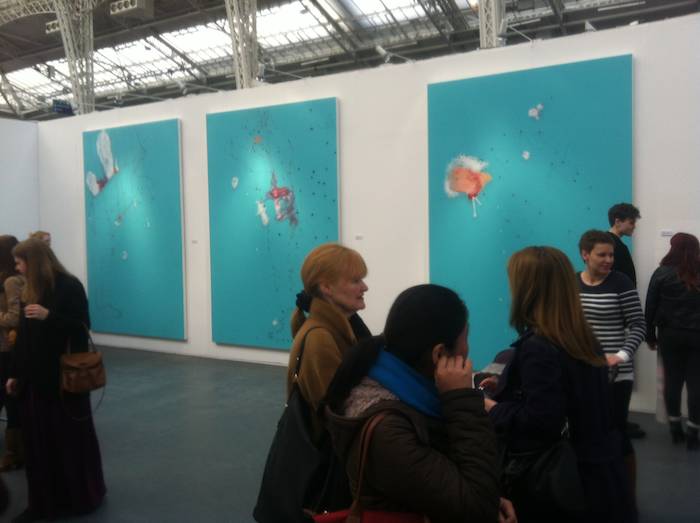
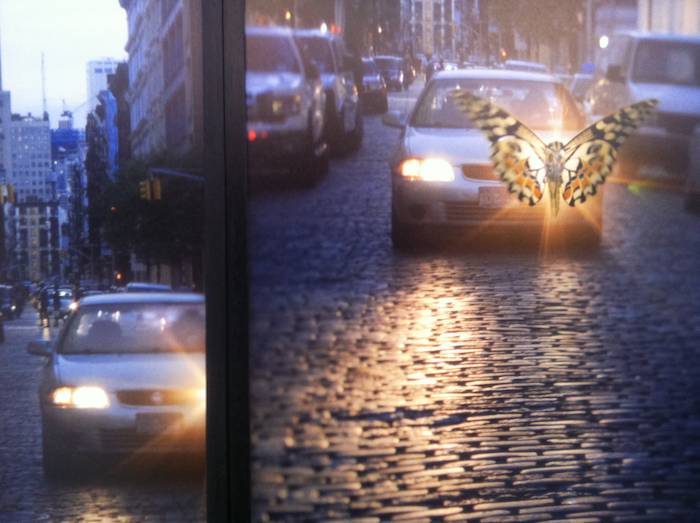

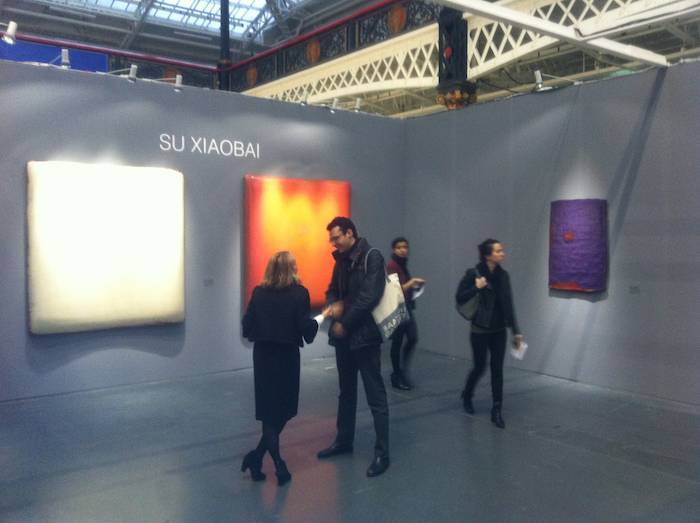
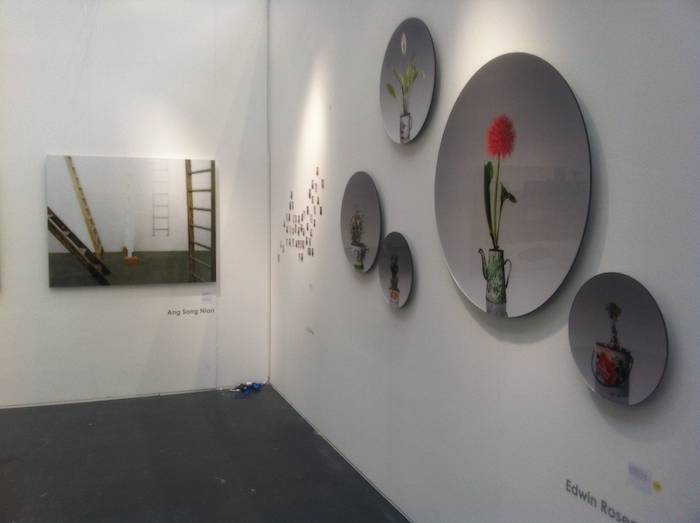 ce – China, Indonesia, Korea, Japan, Singapore, Philippines, Thailand.
ce – China, Indonesia, Korea, Japan, Singapore, Philippines, Thailand.